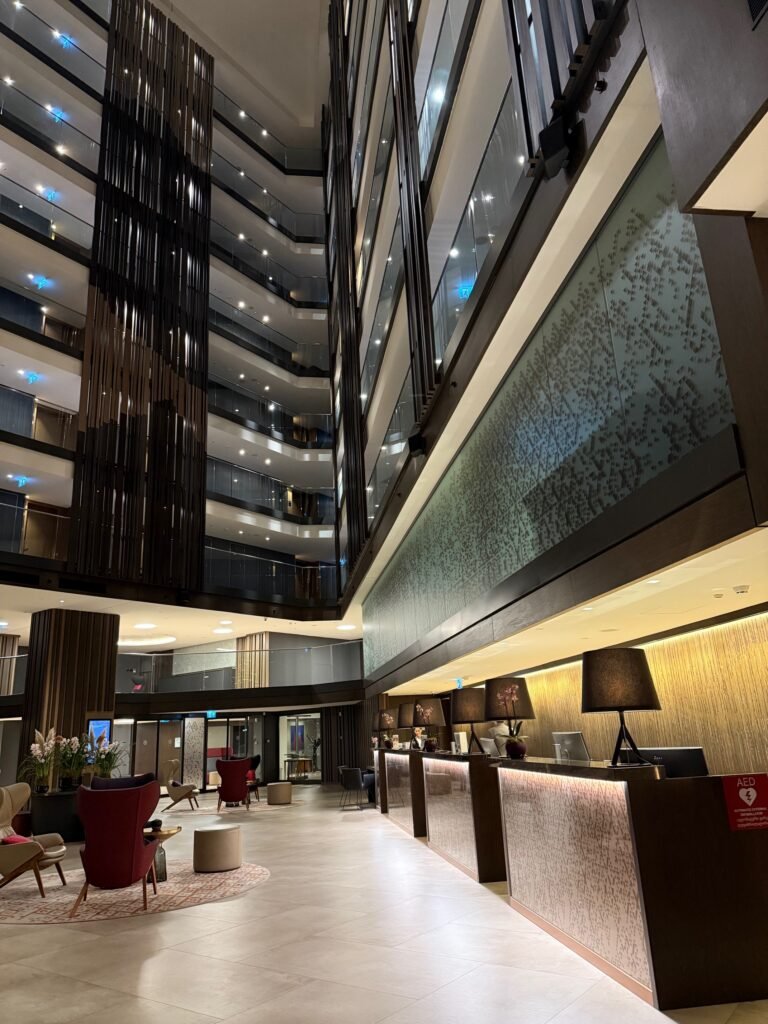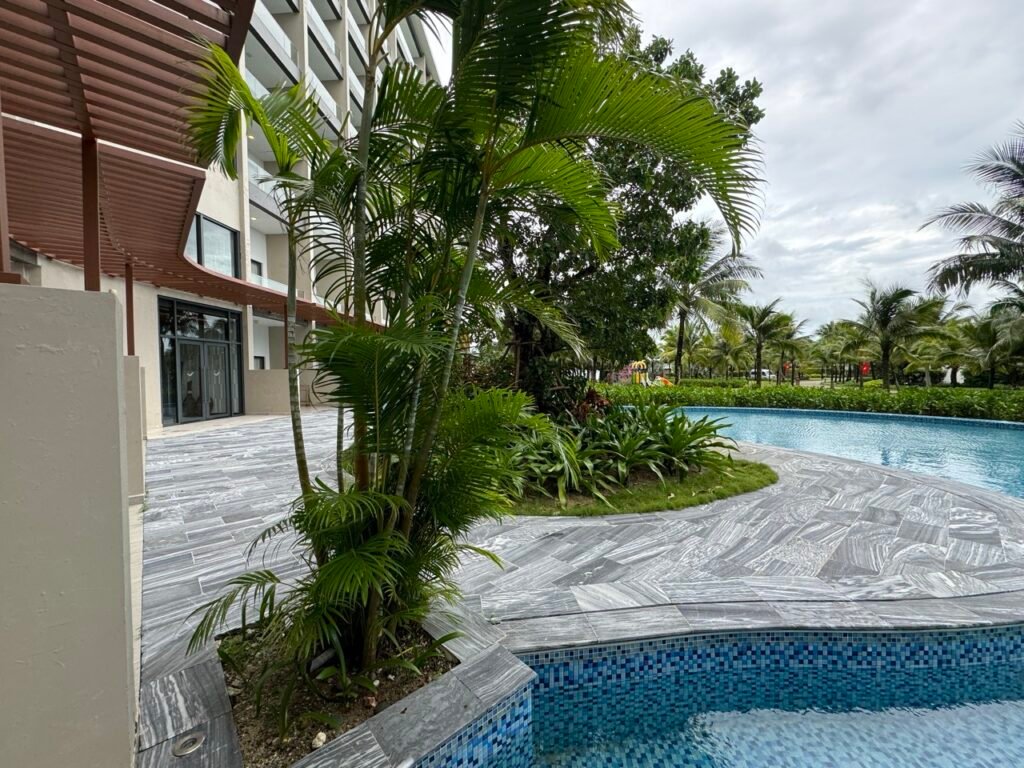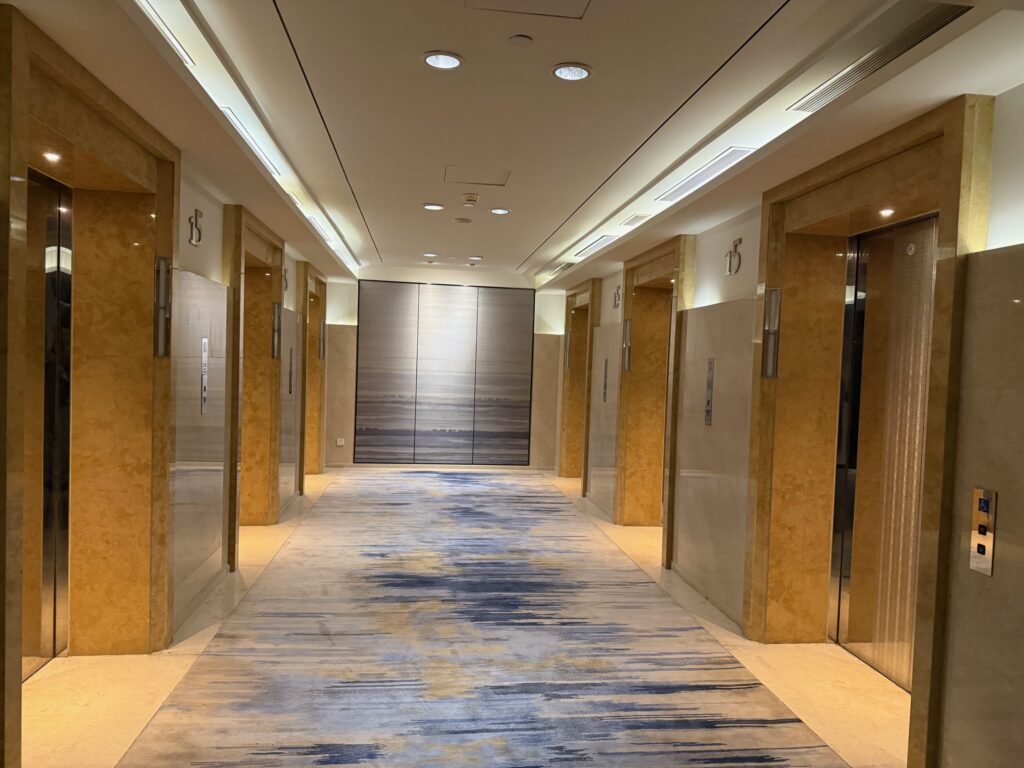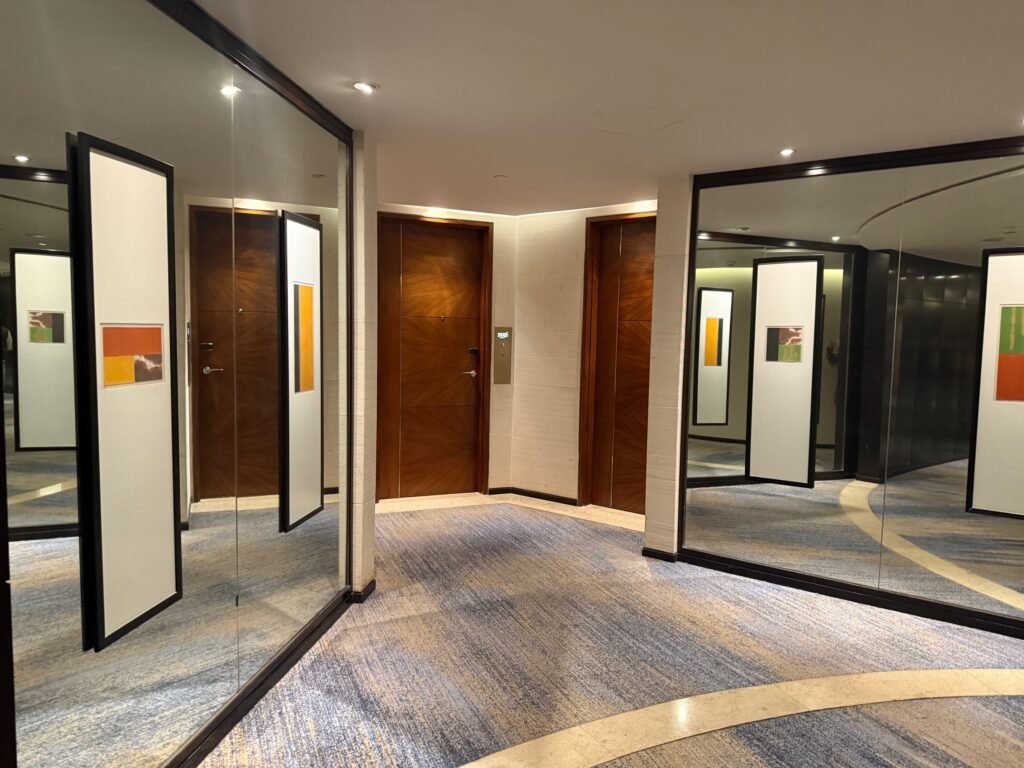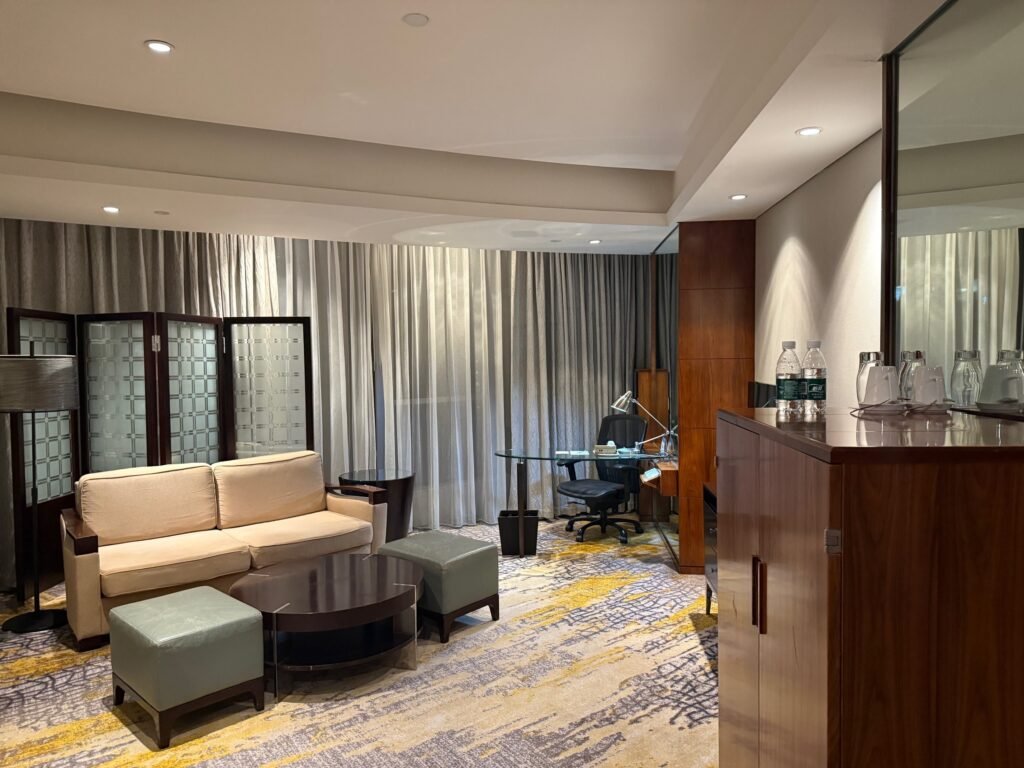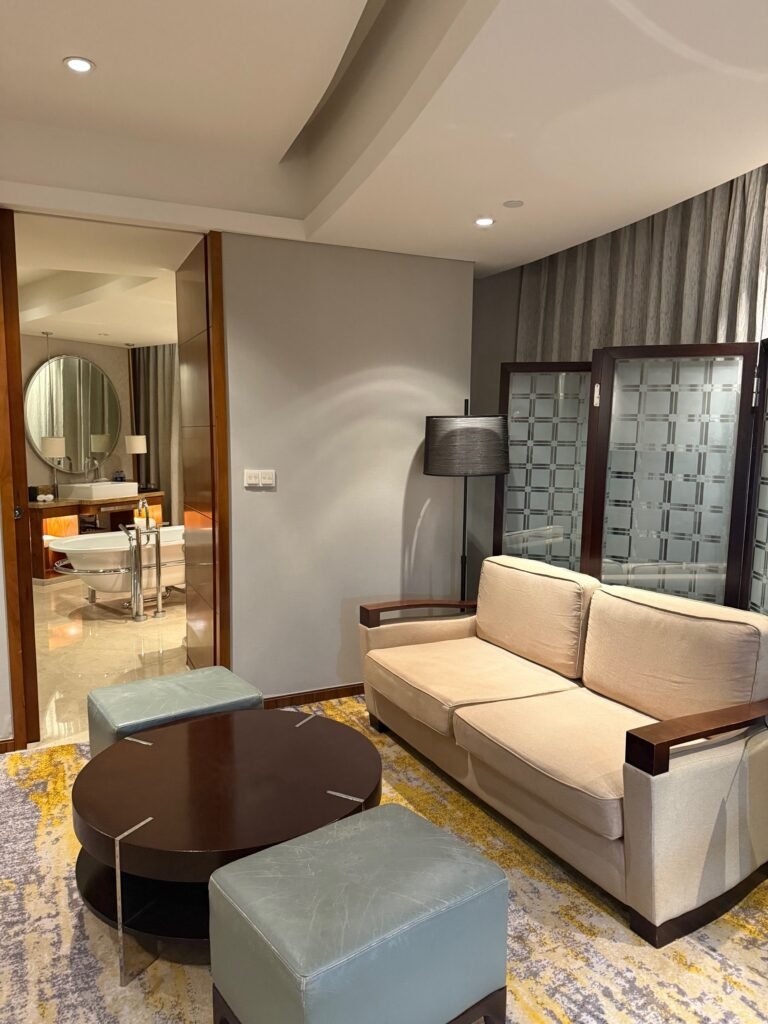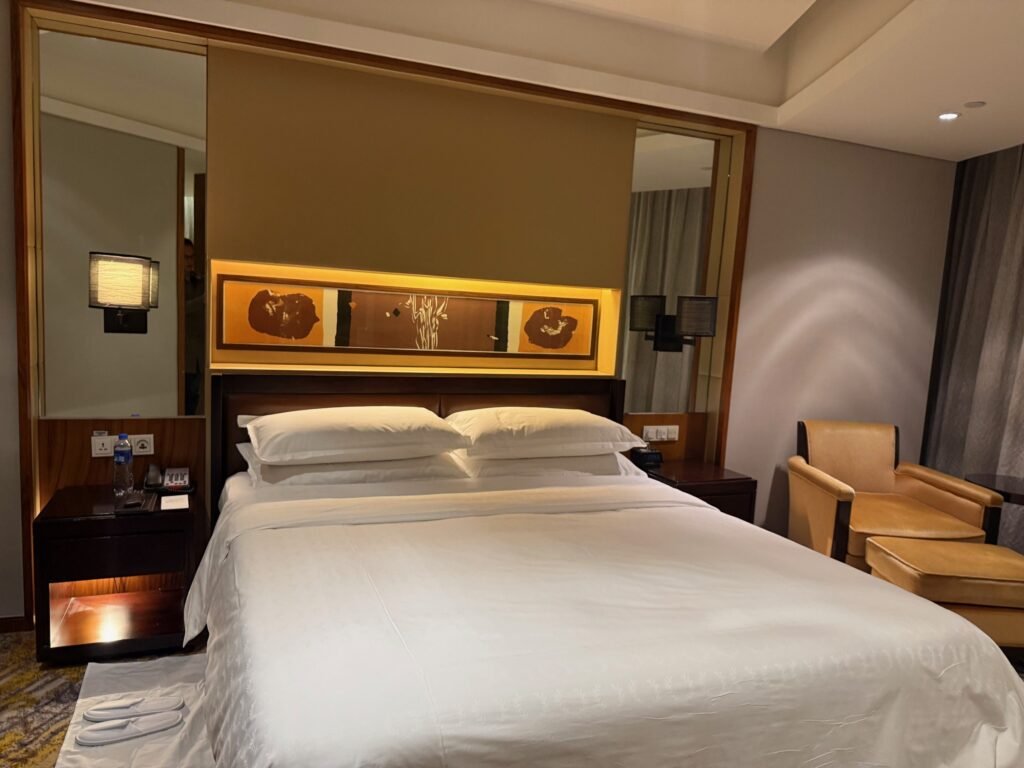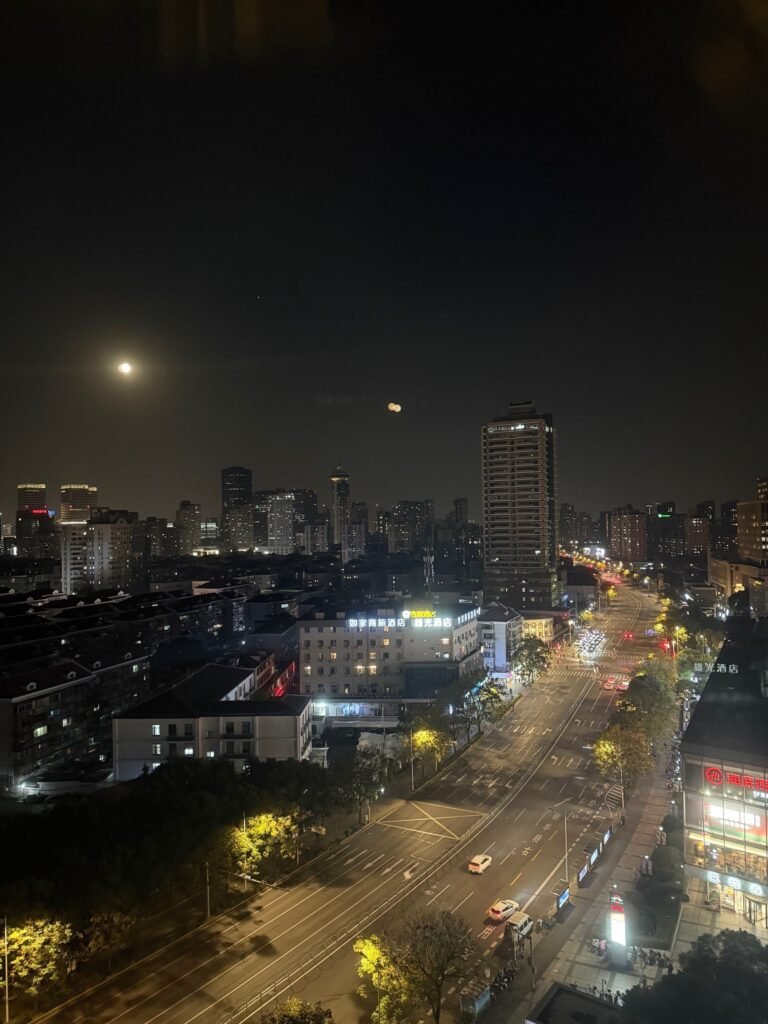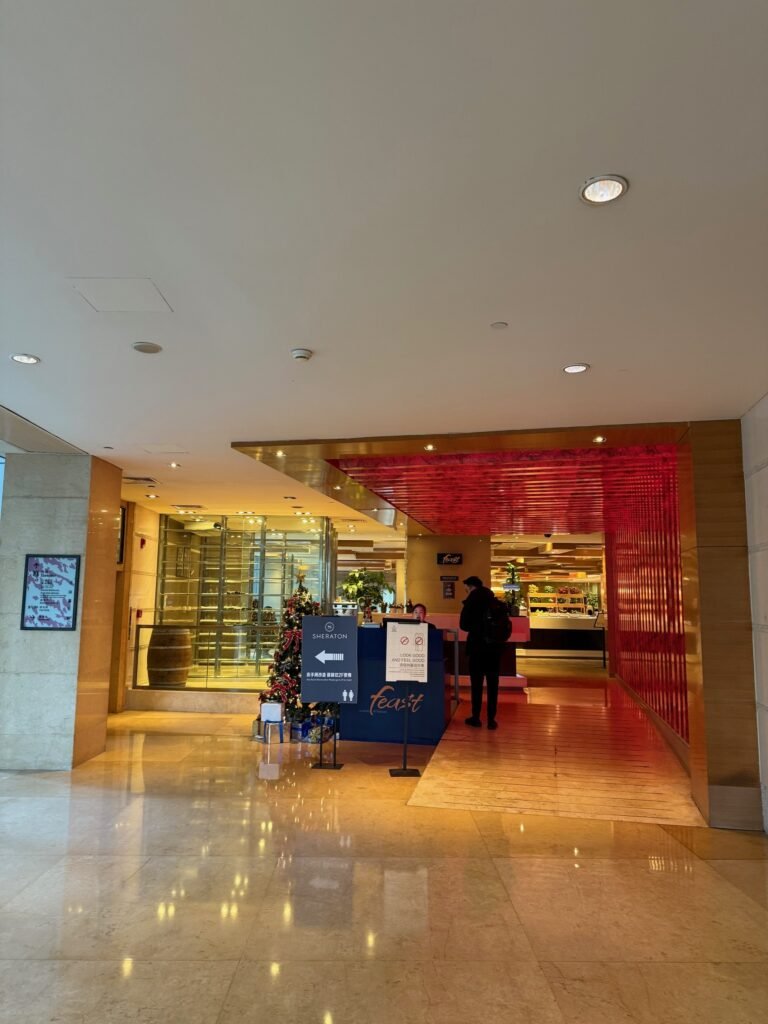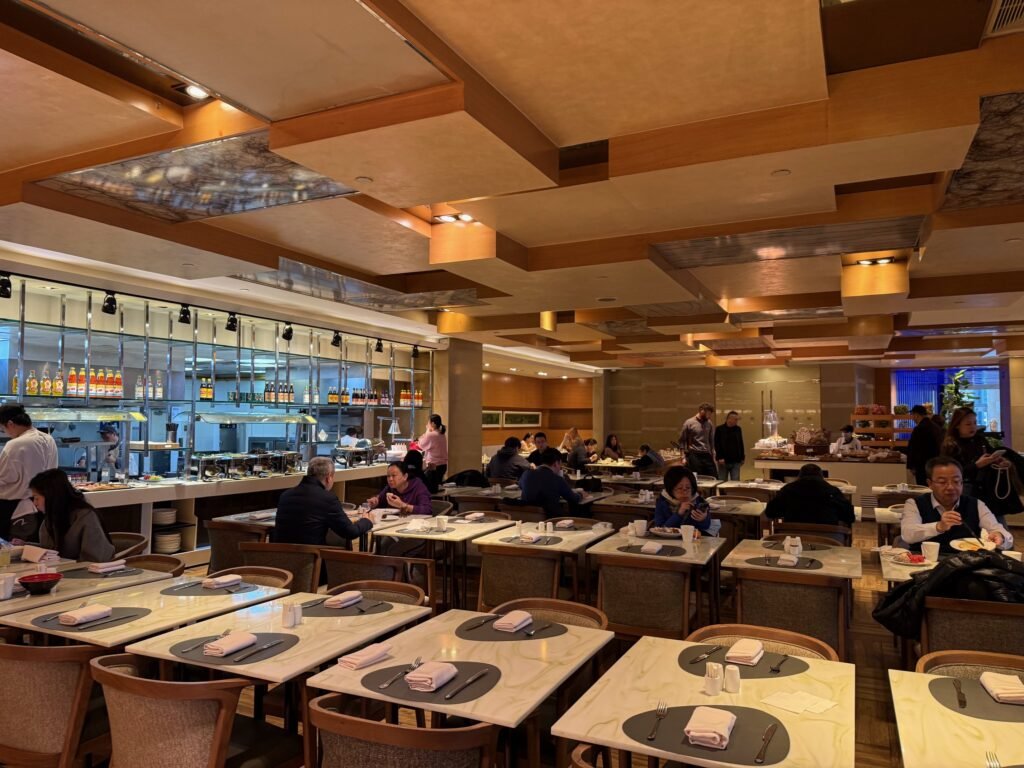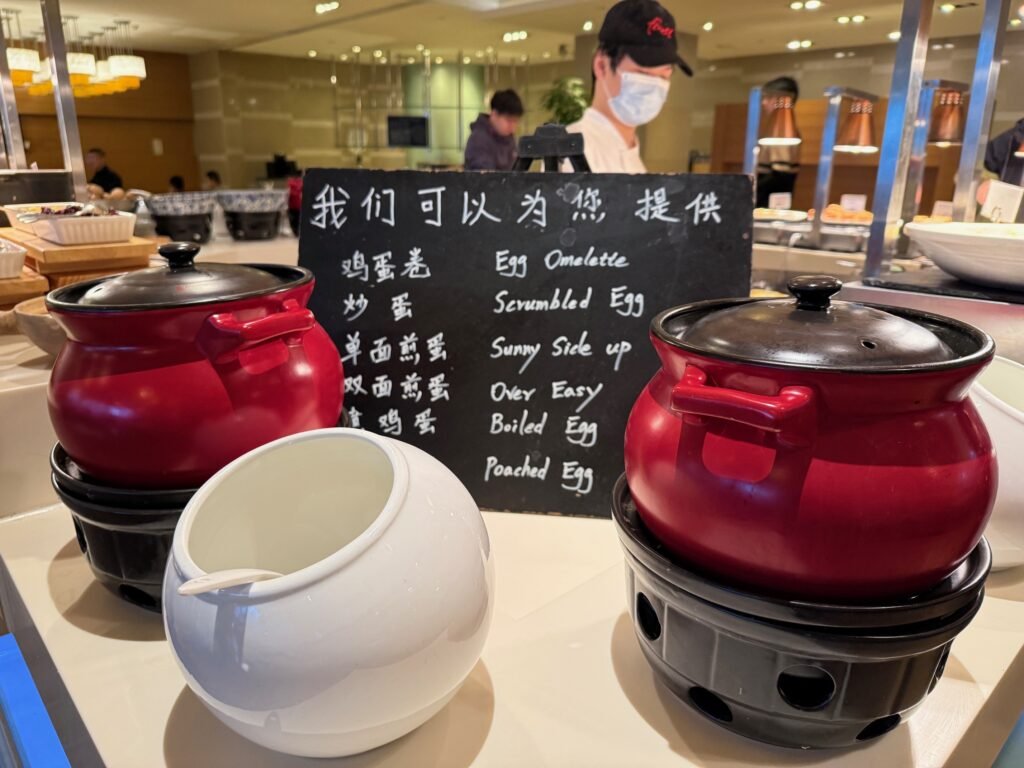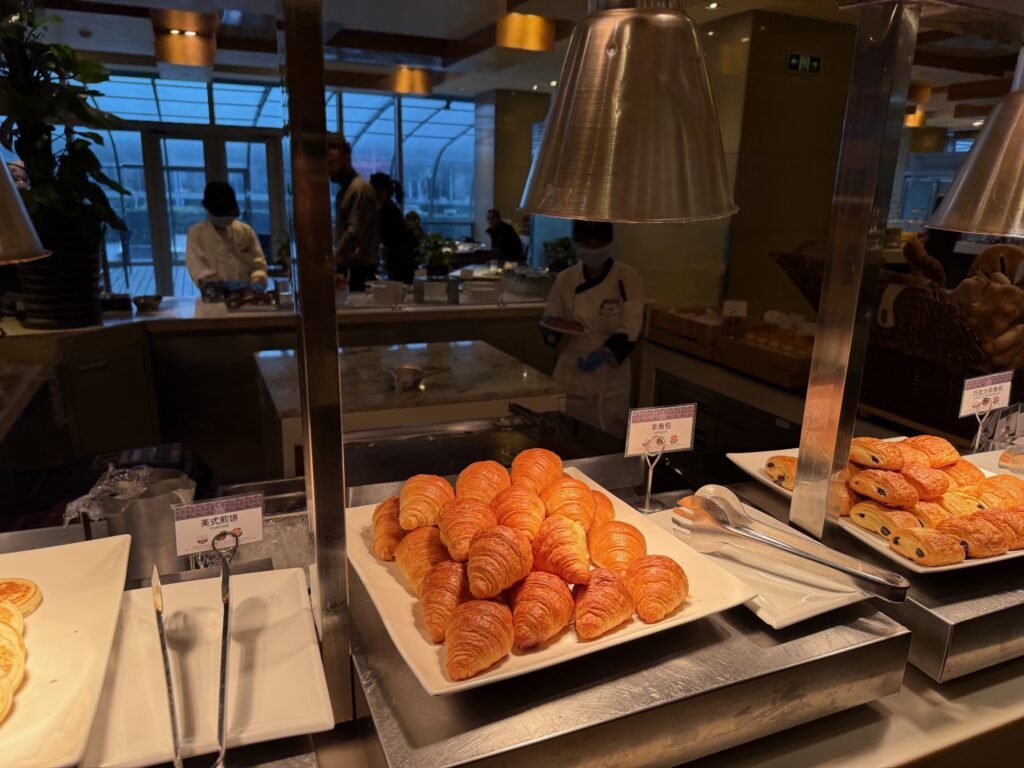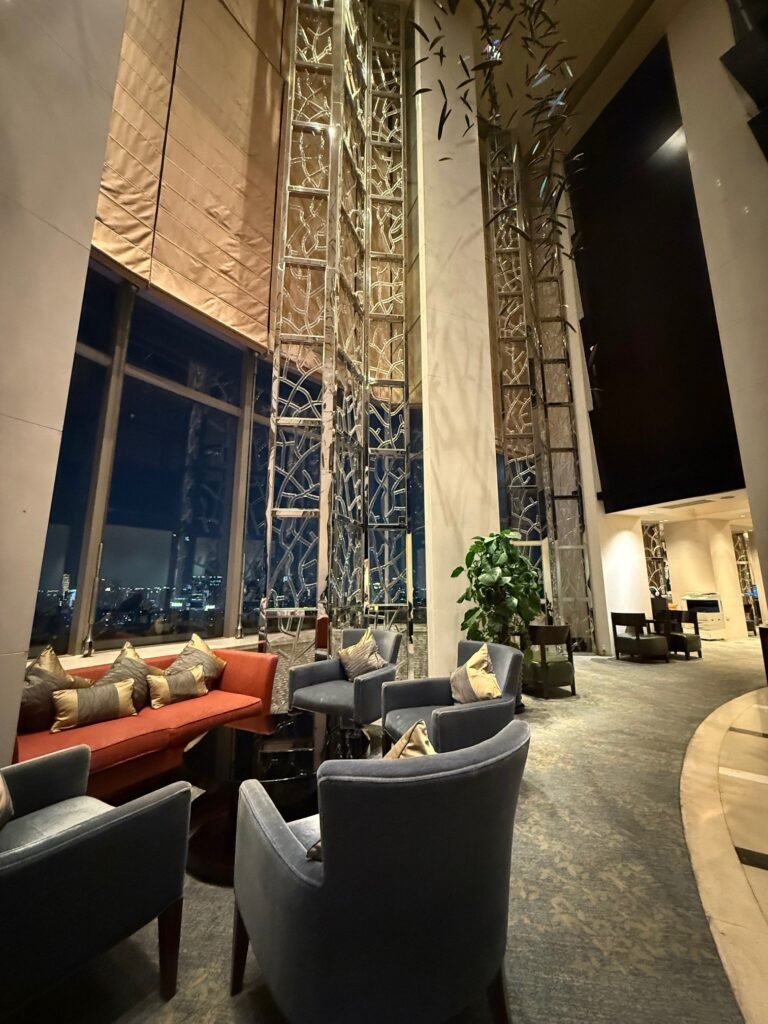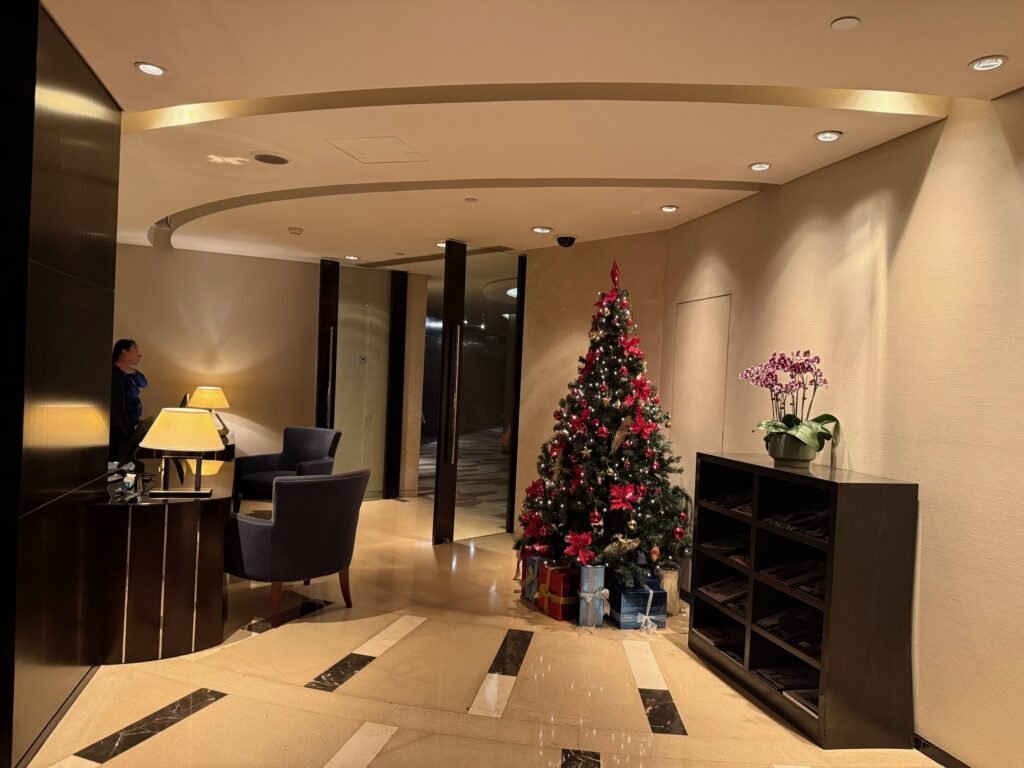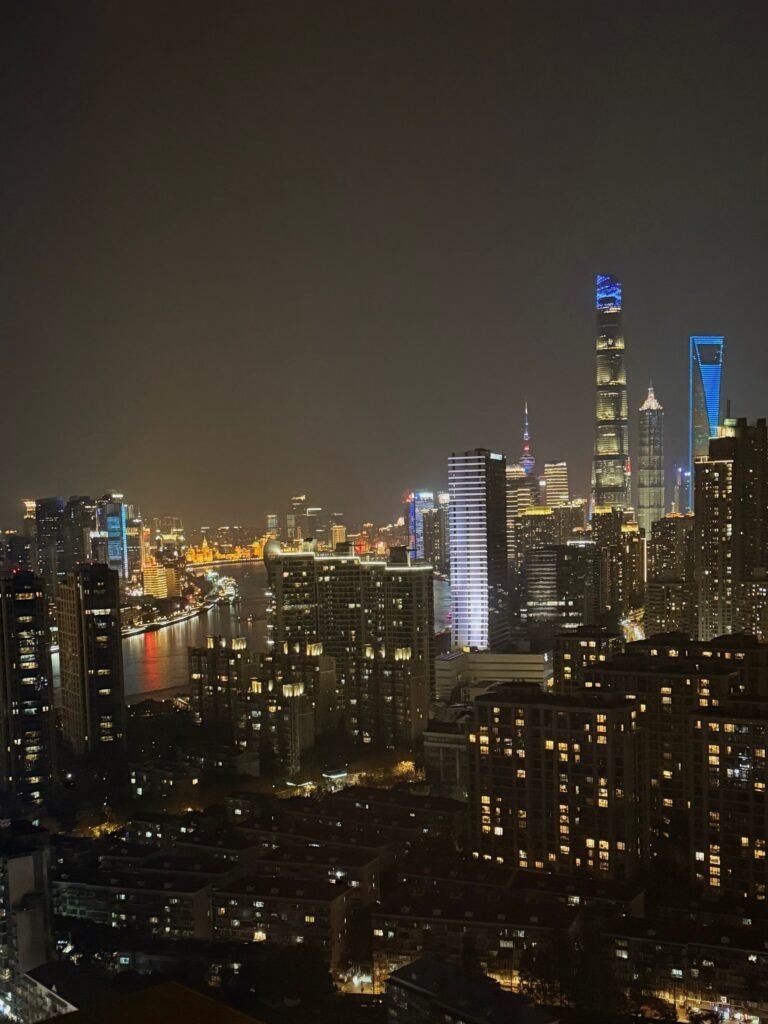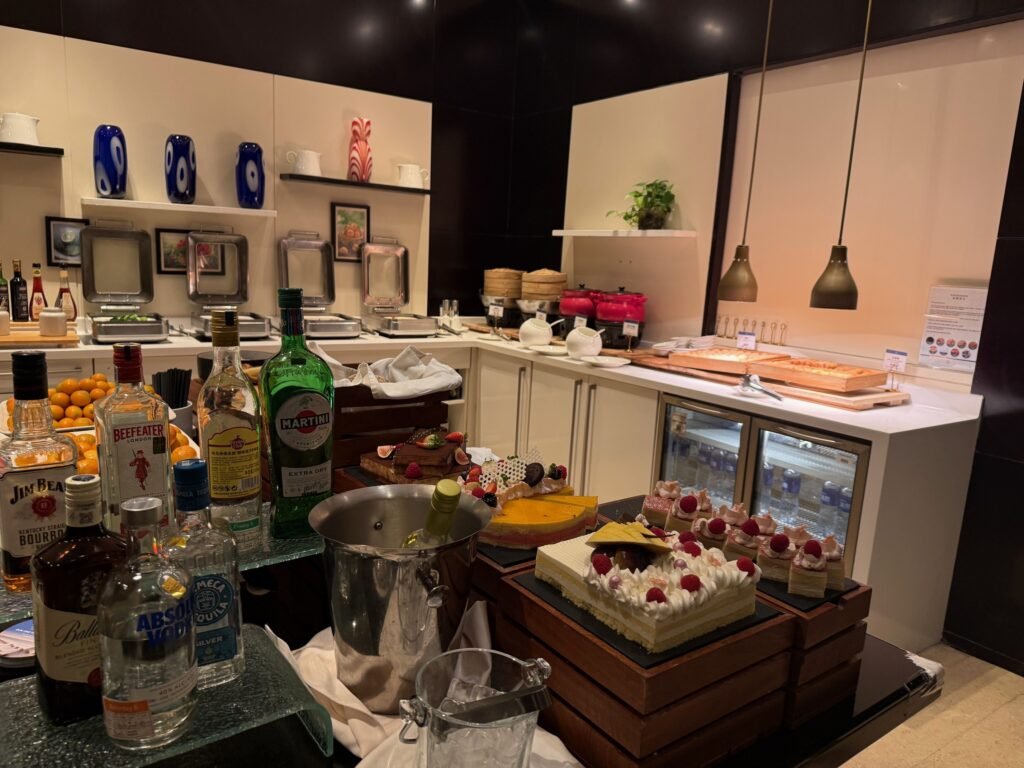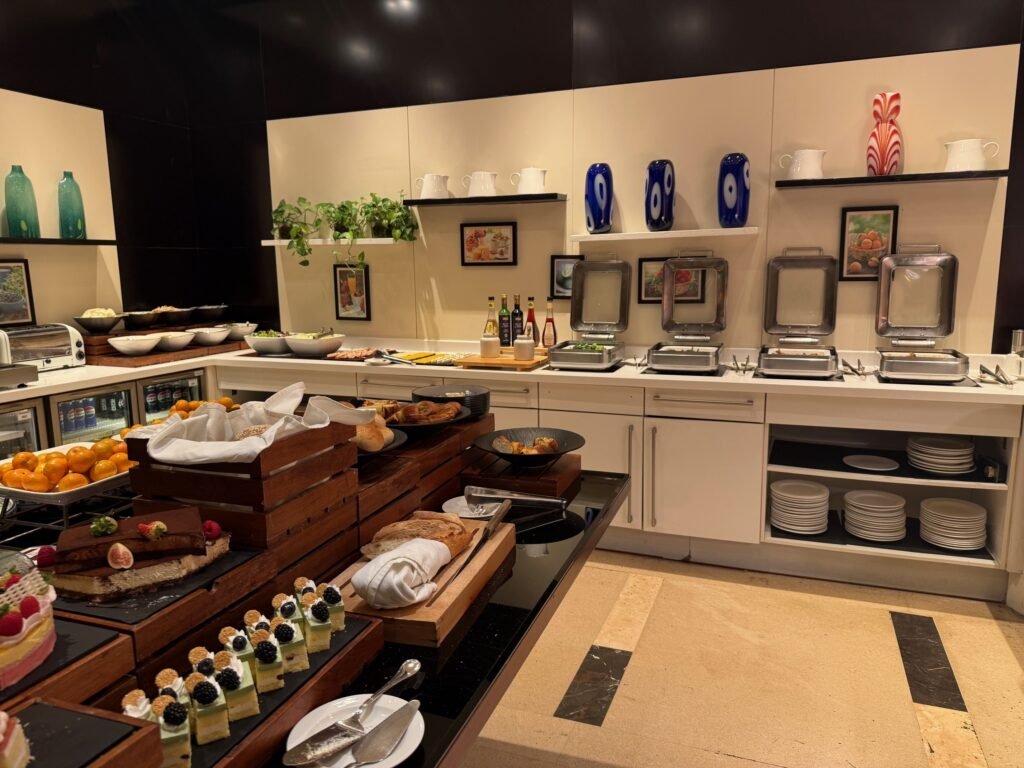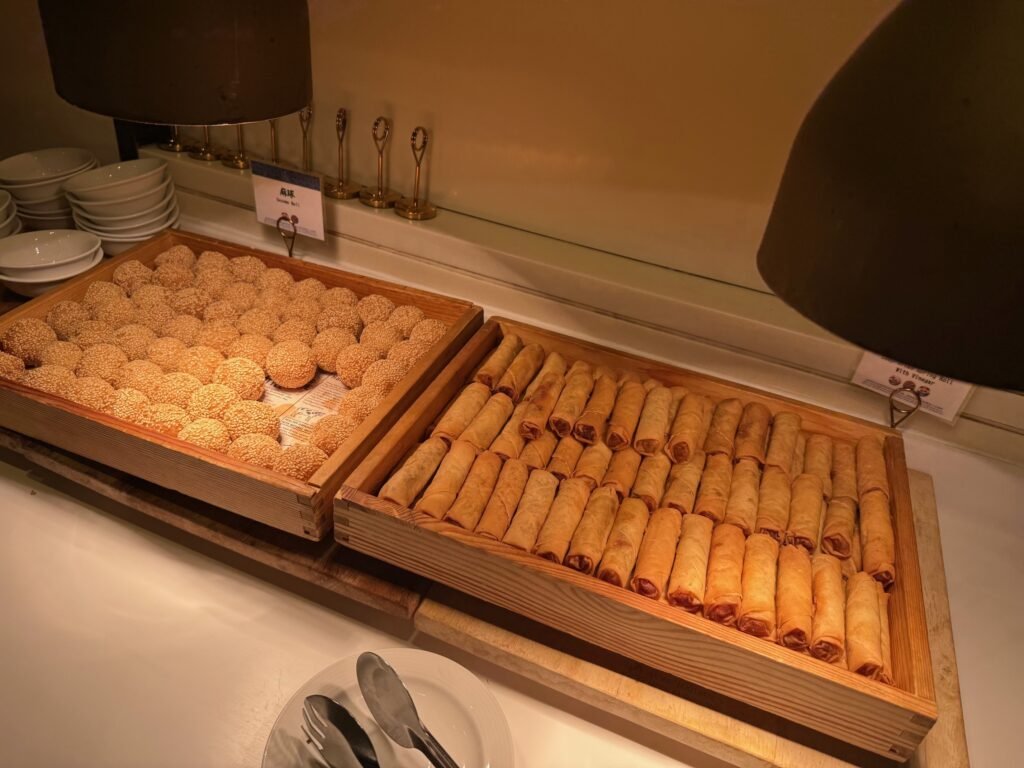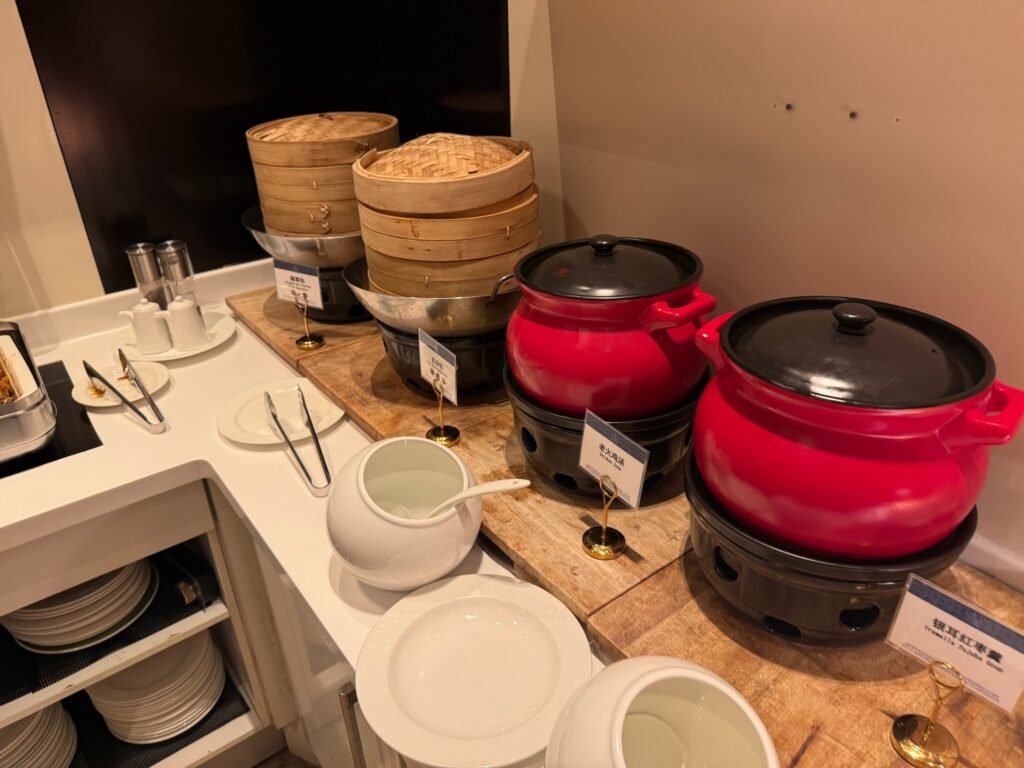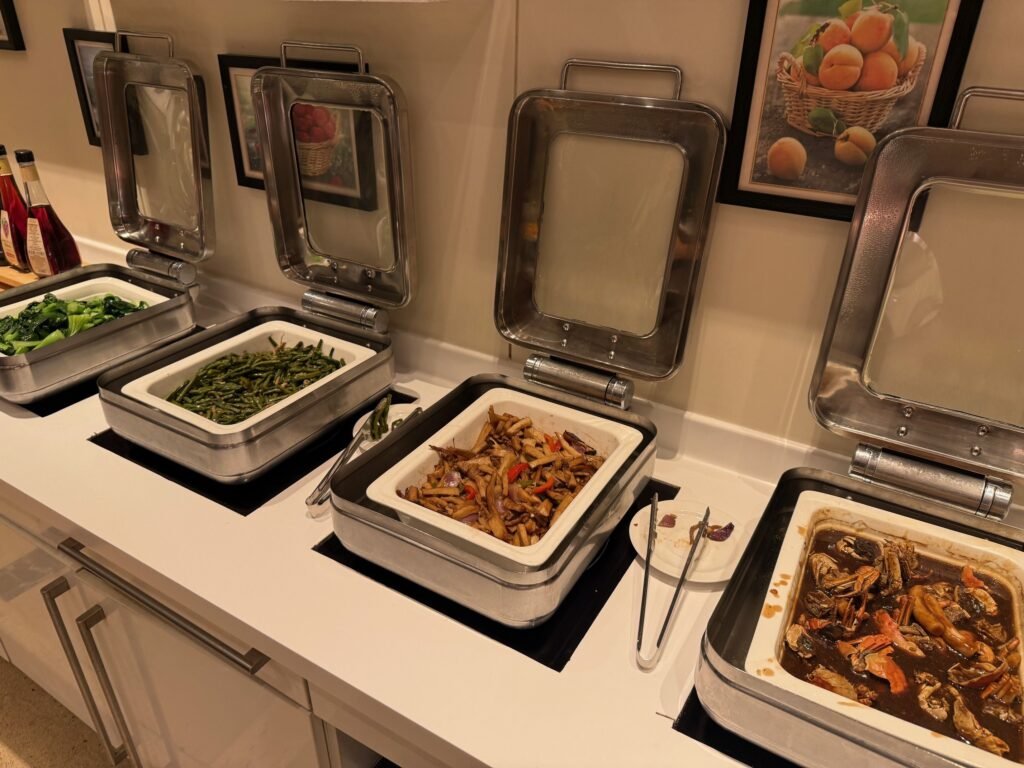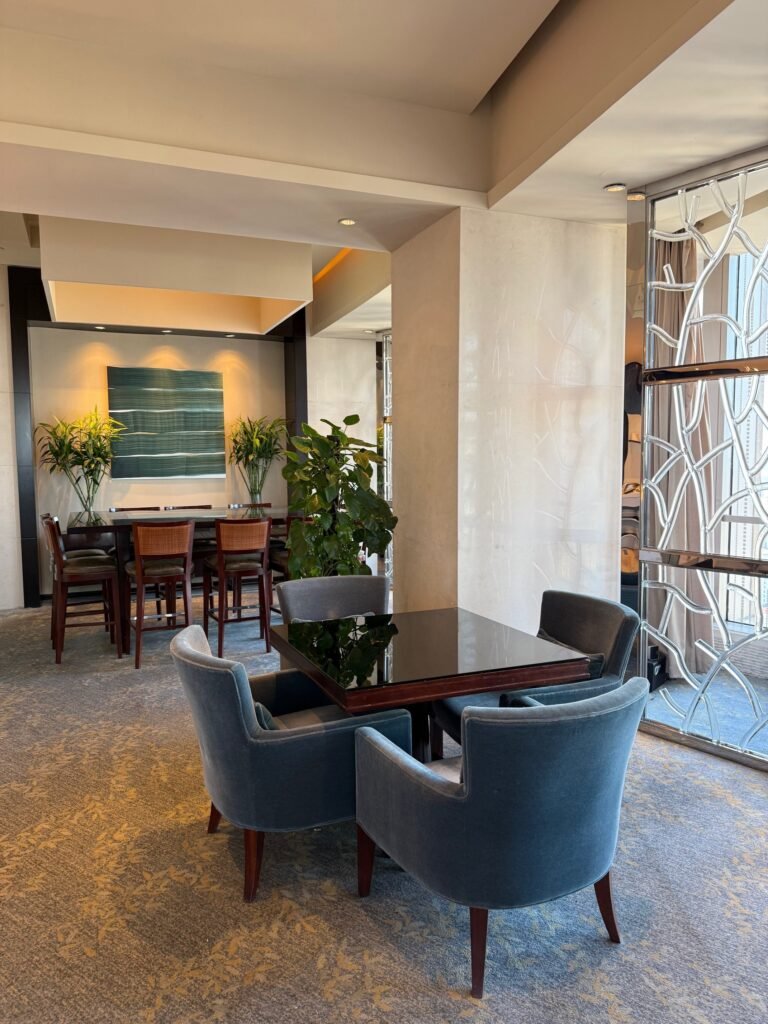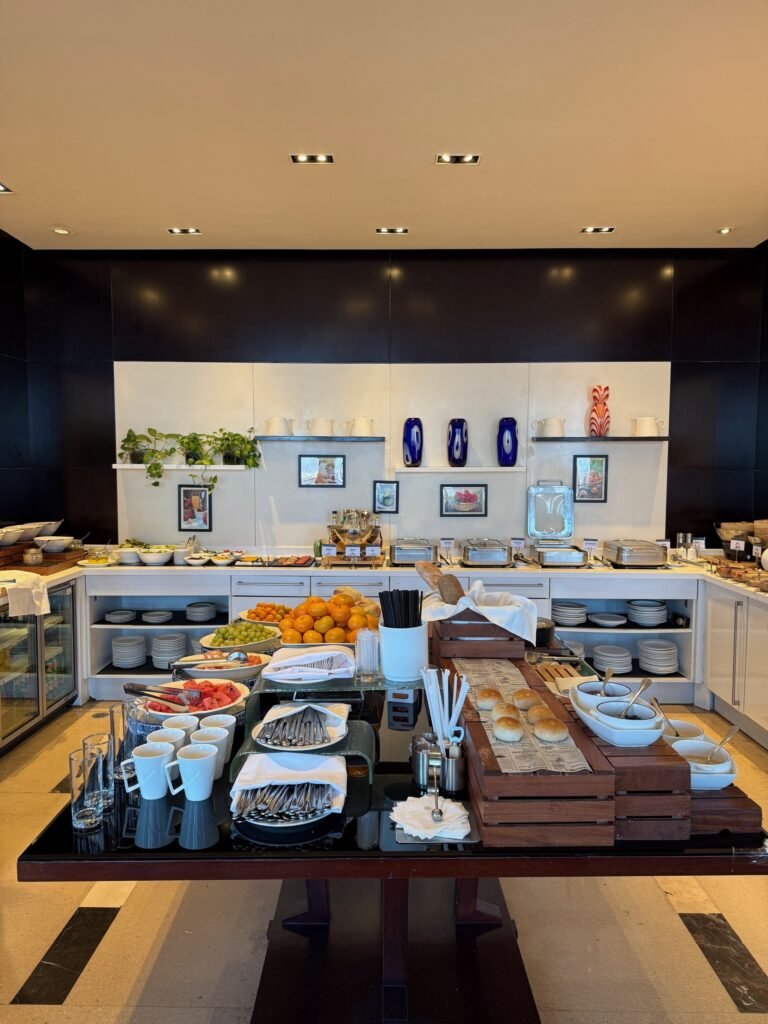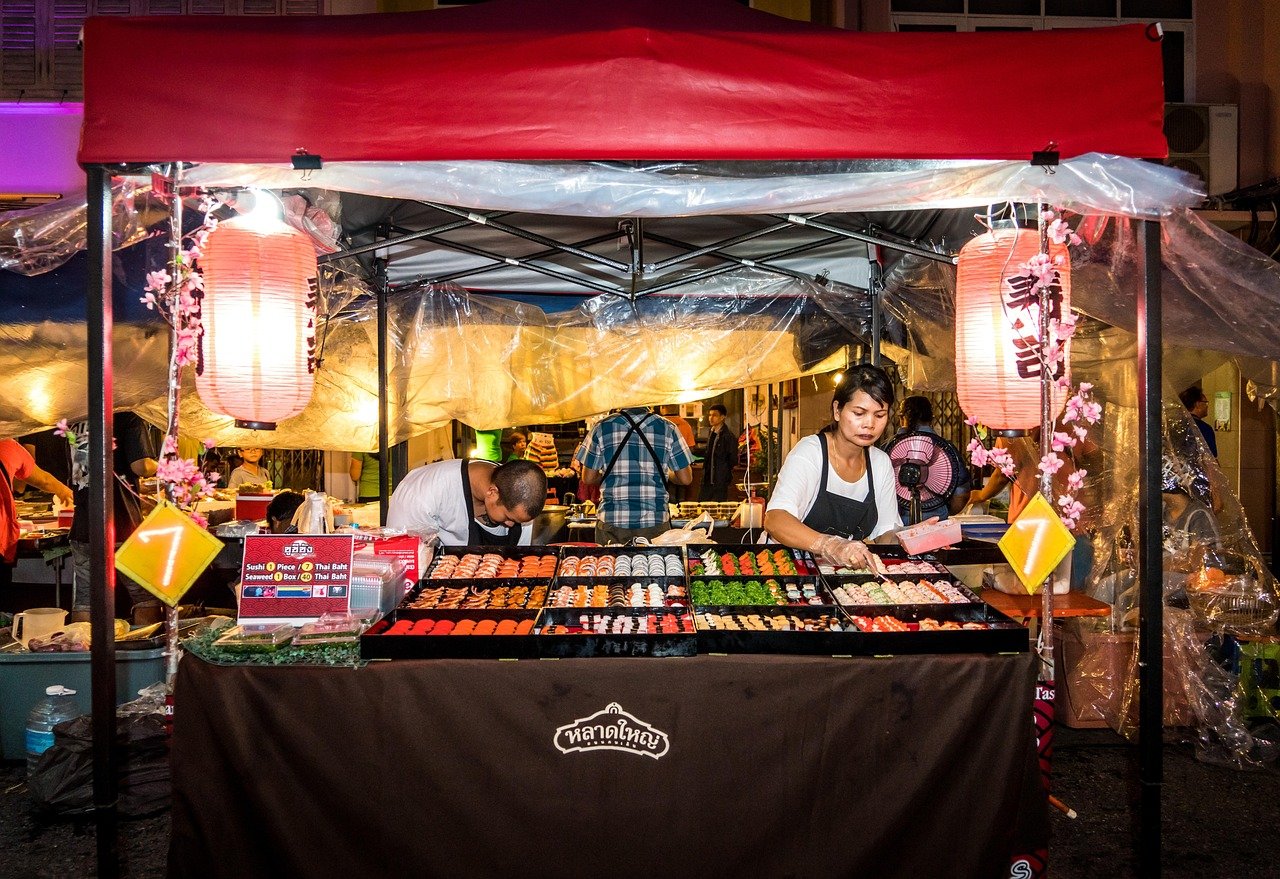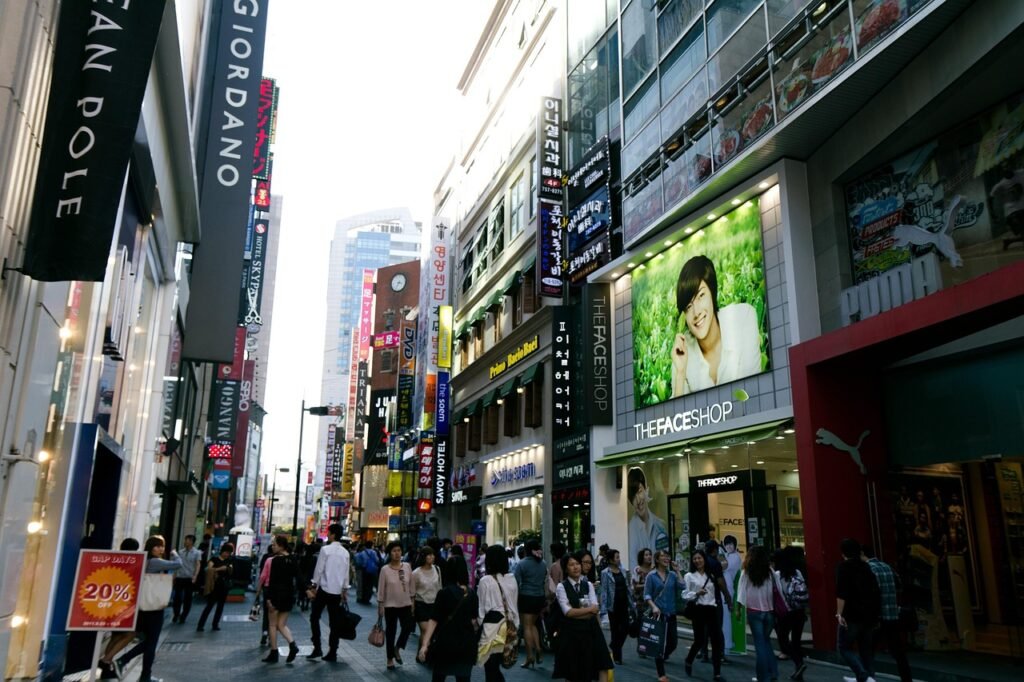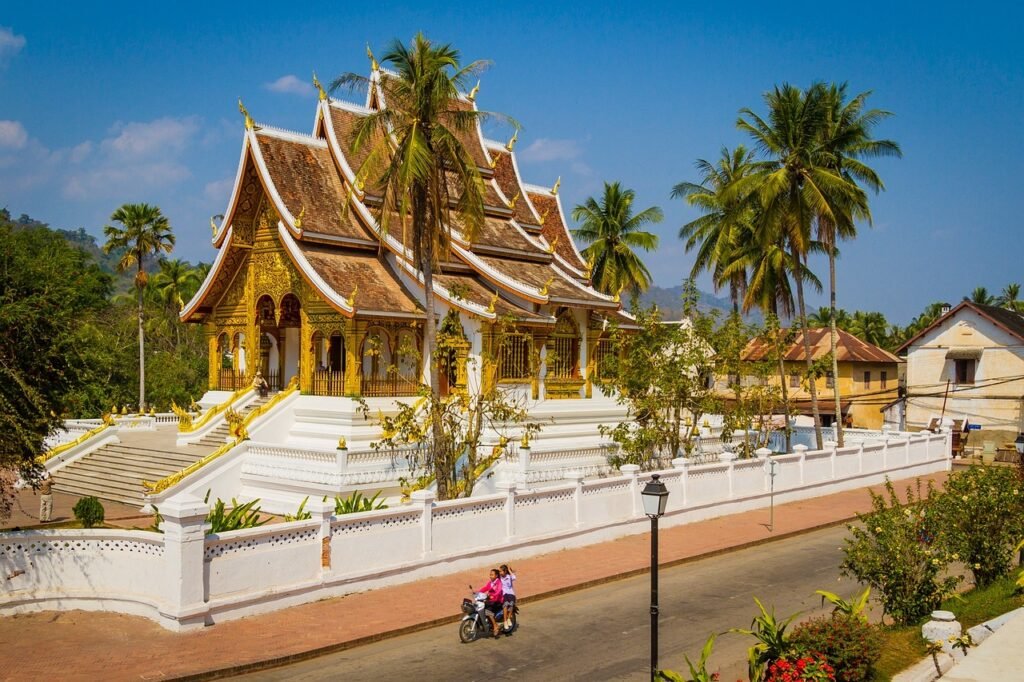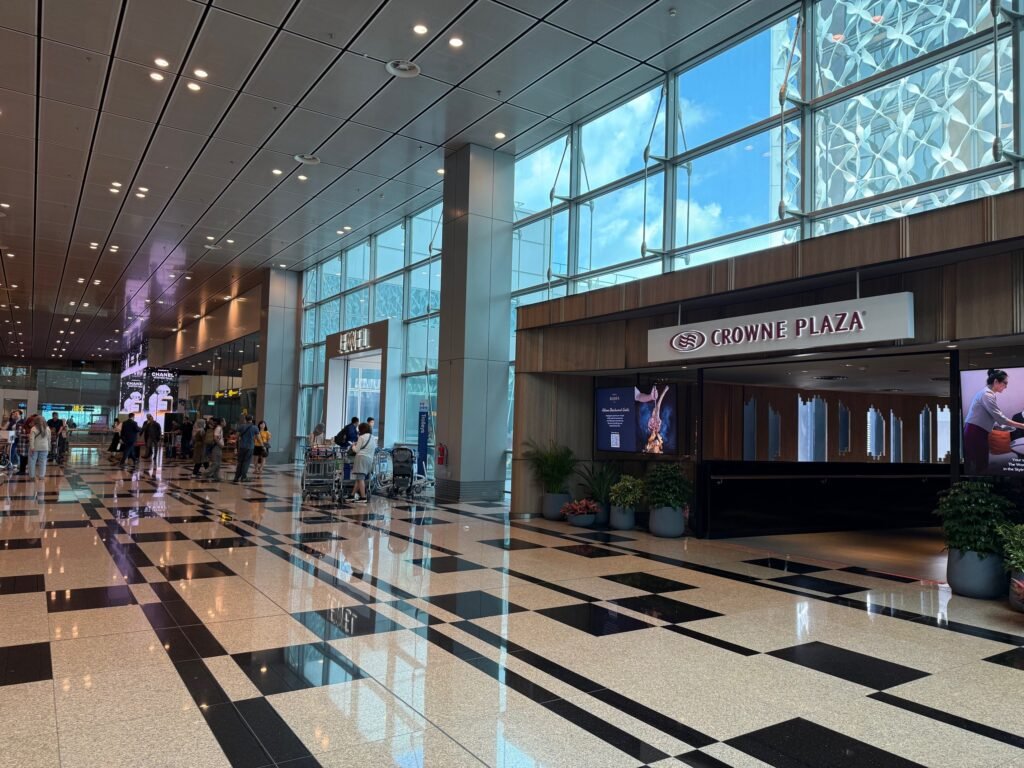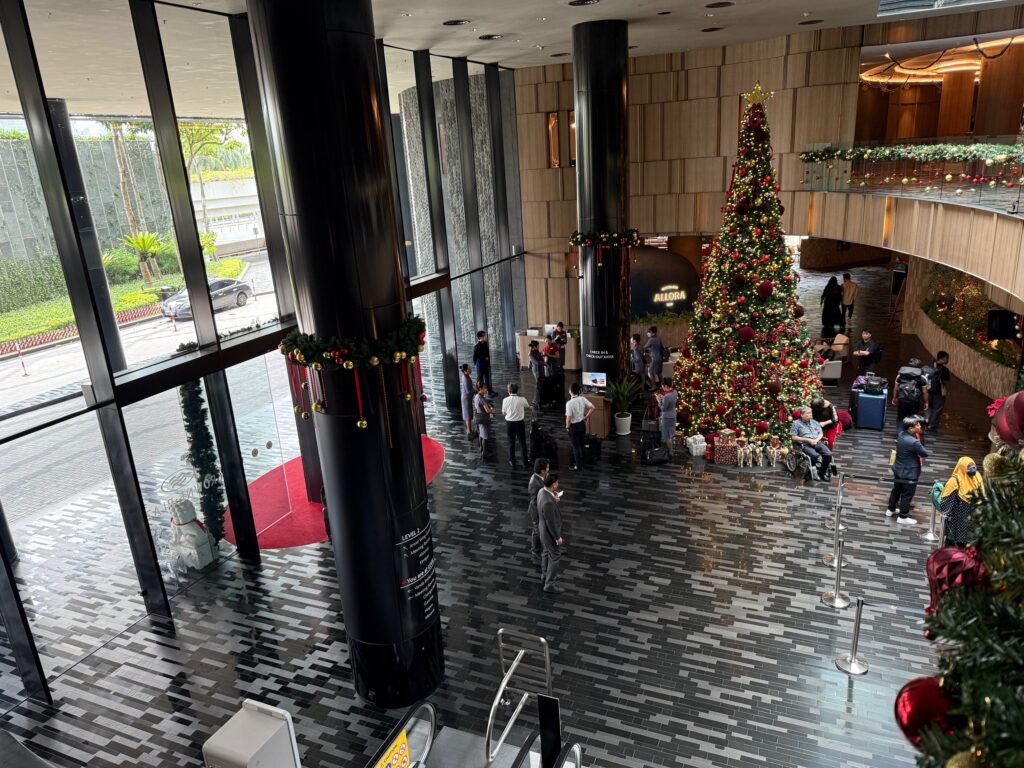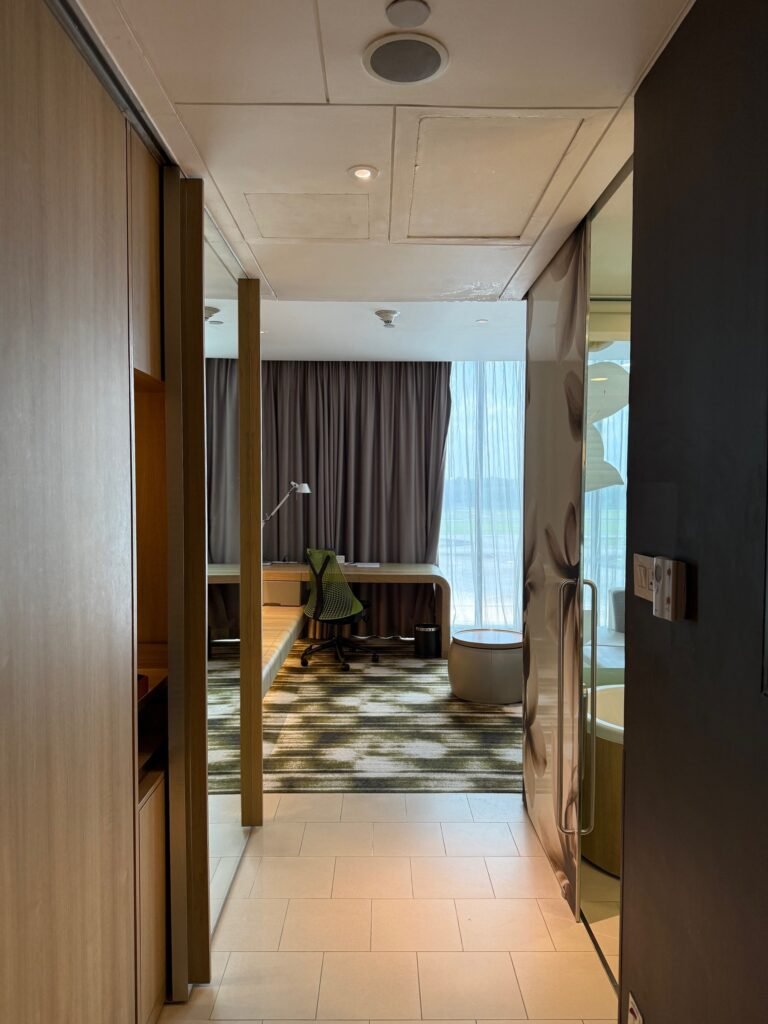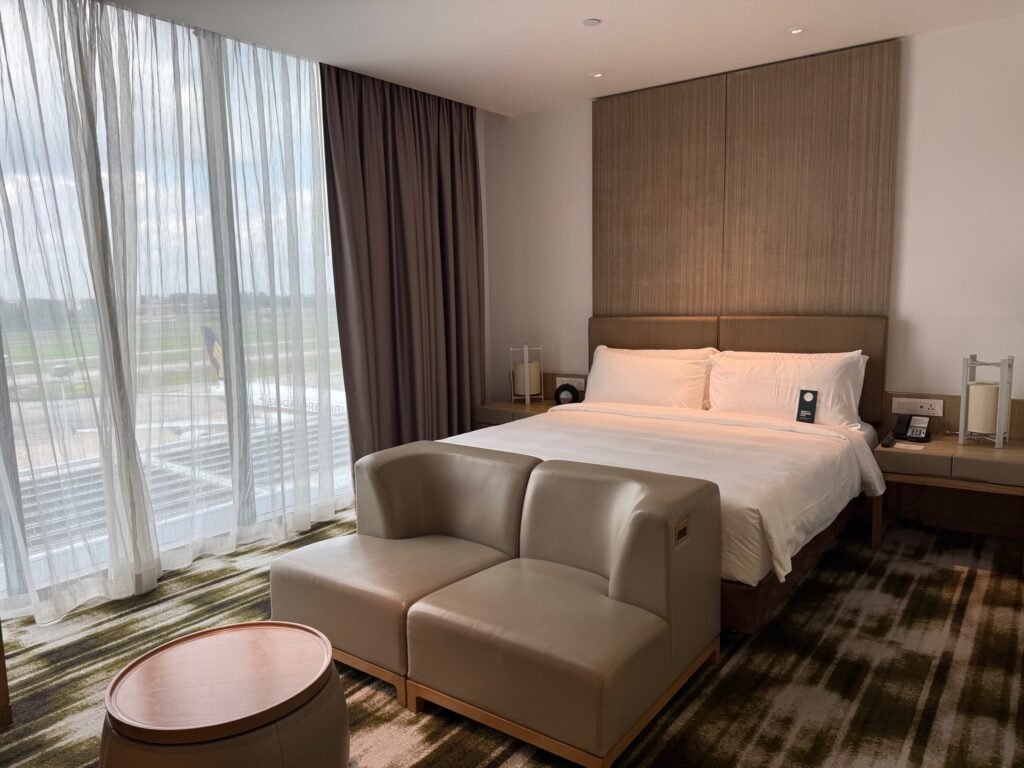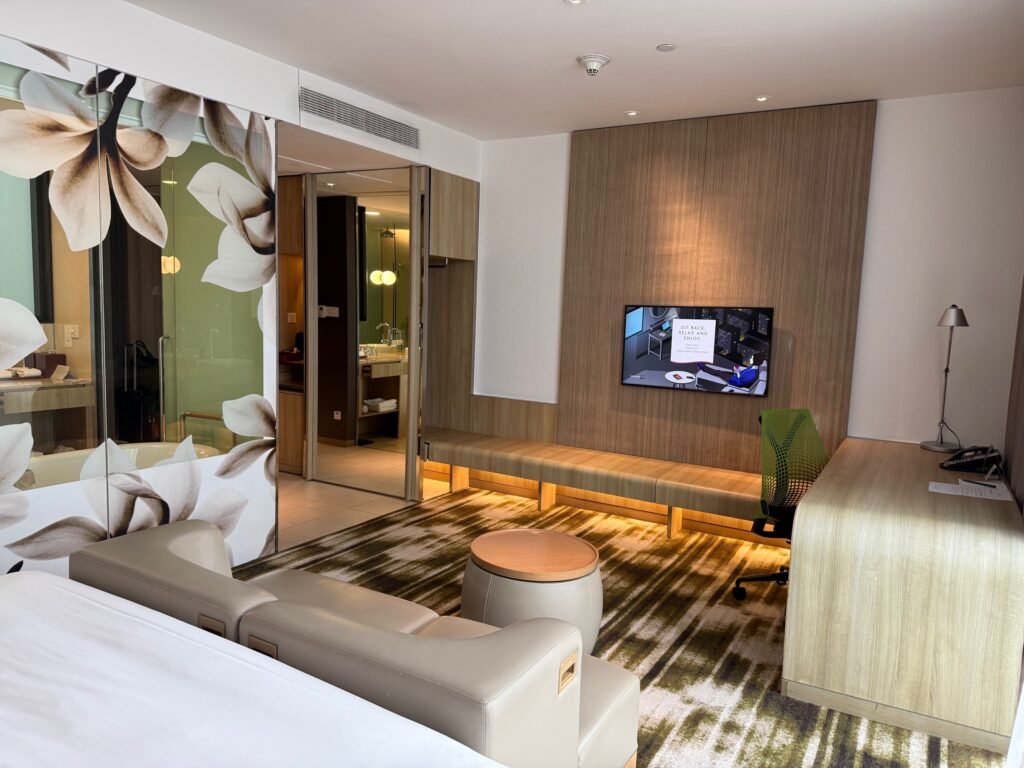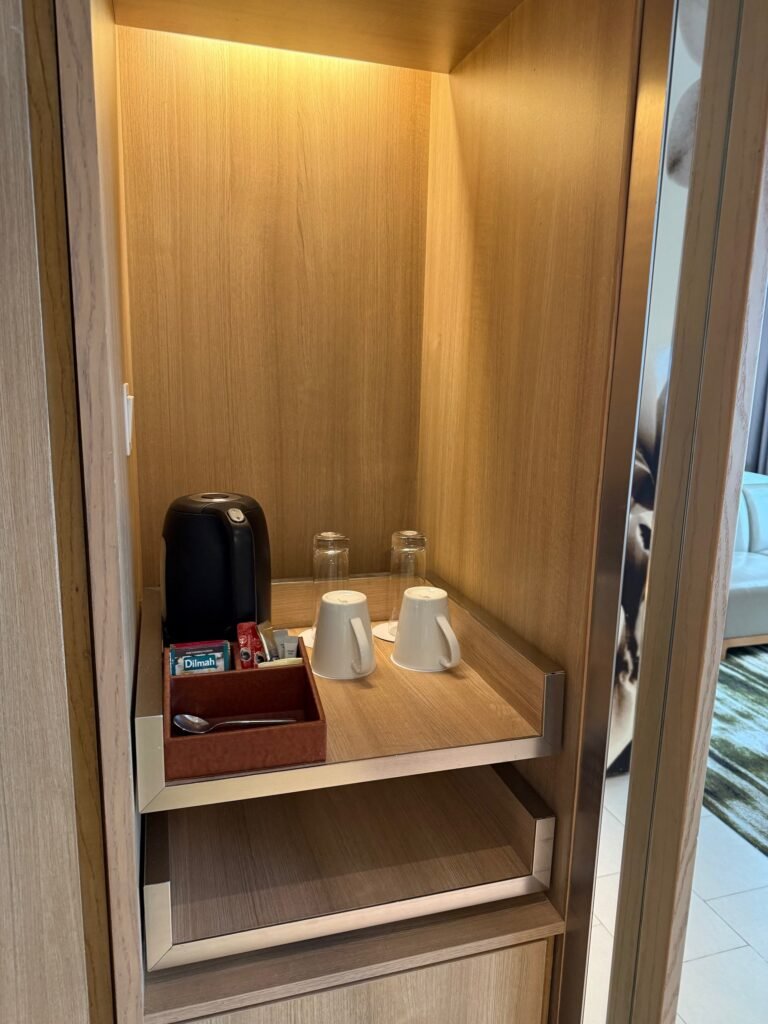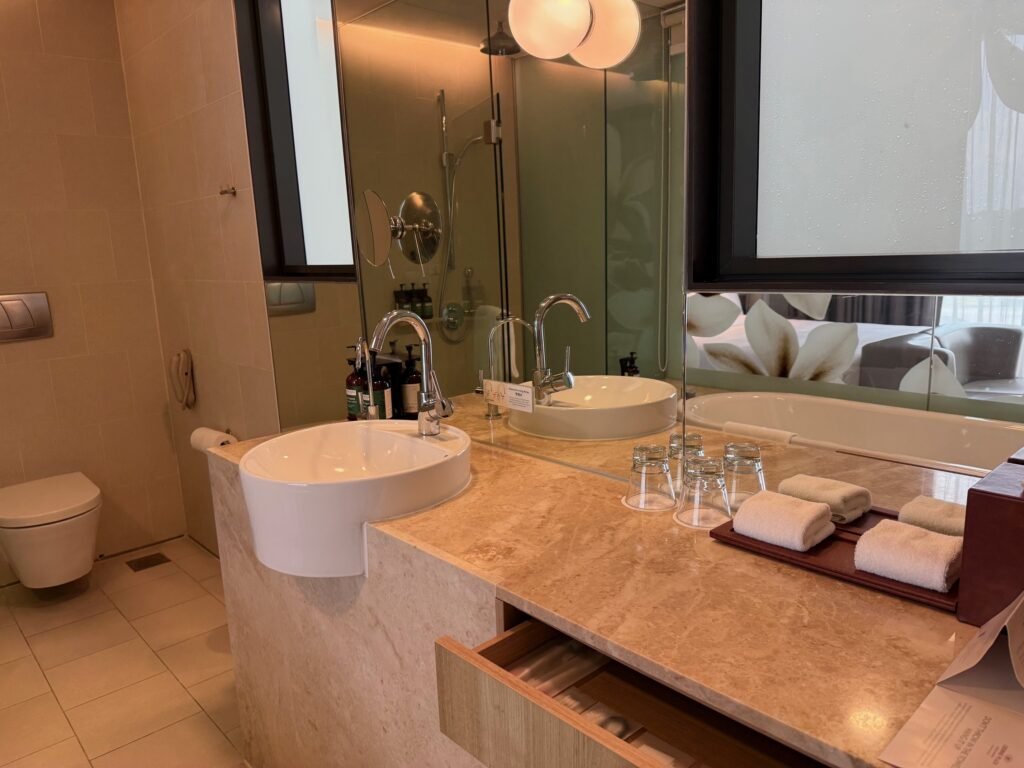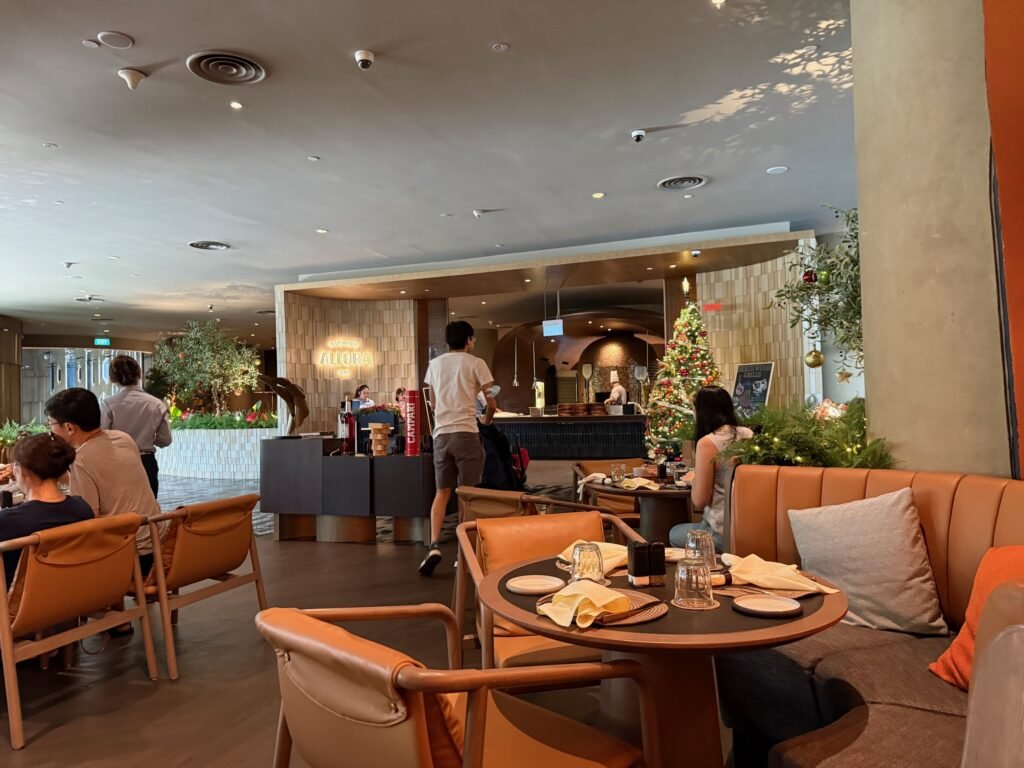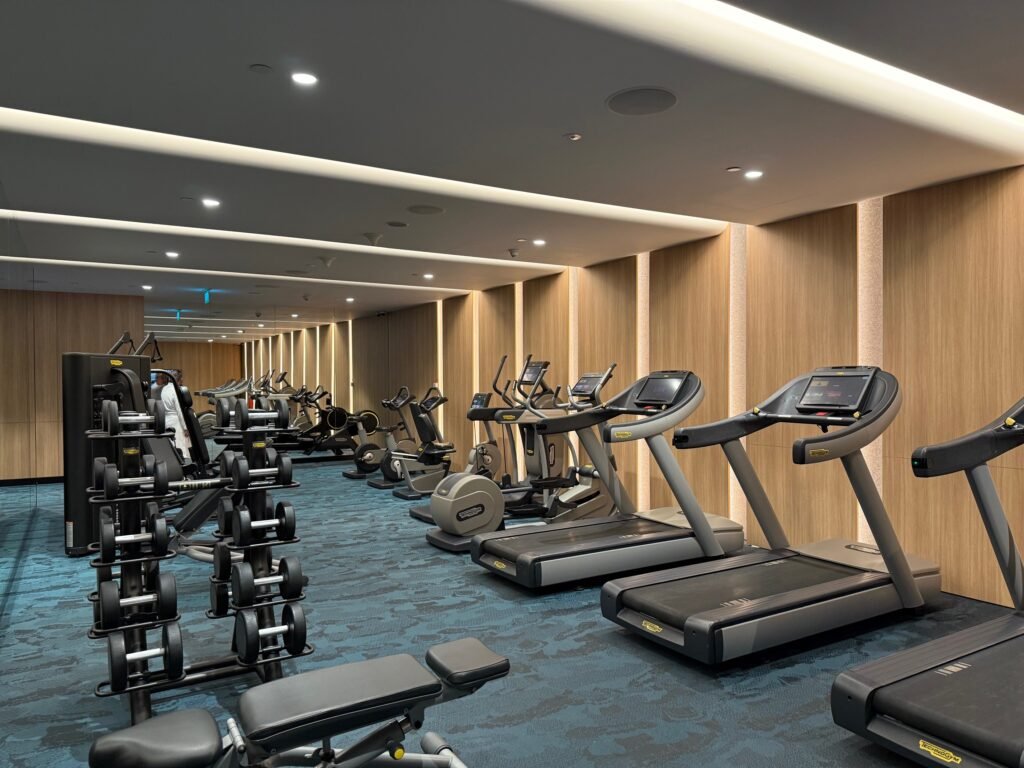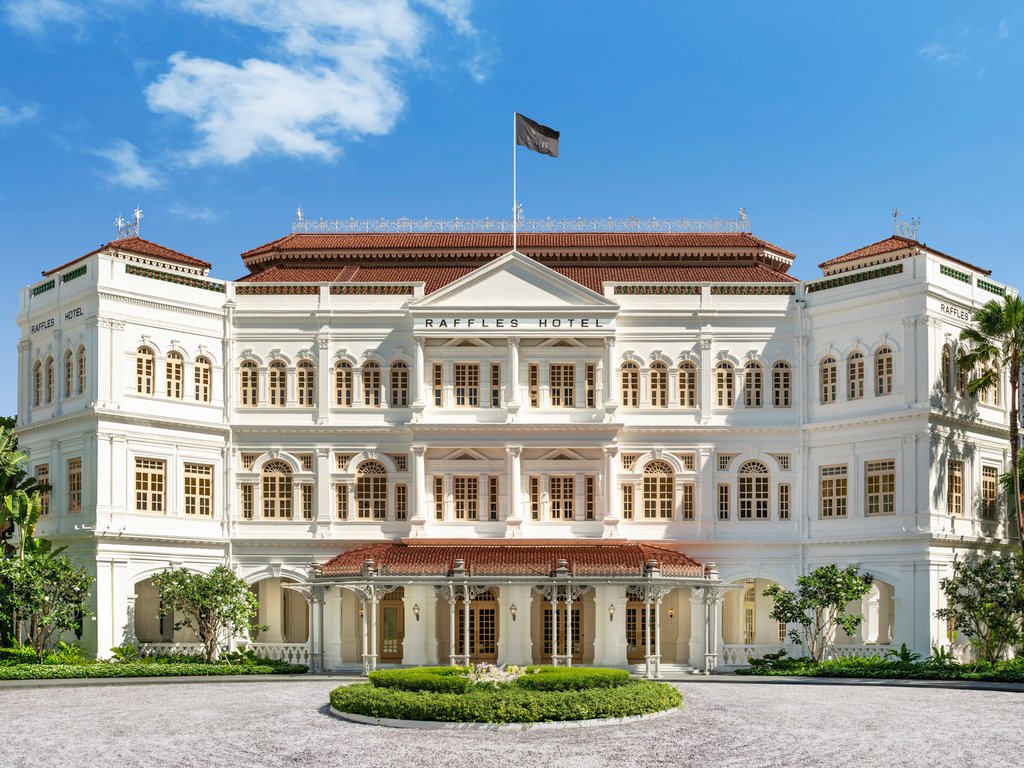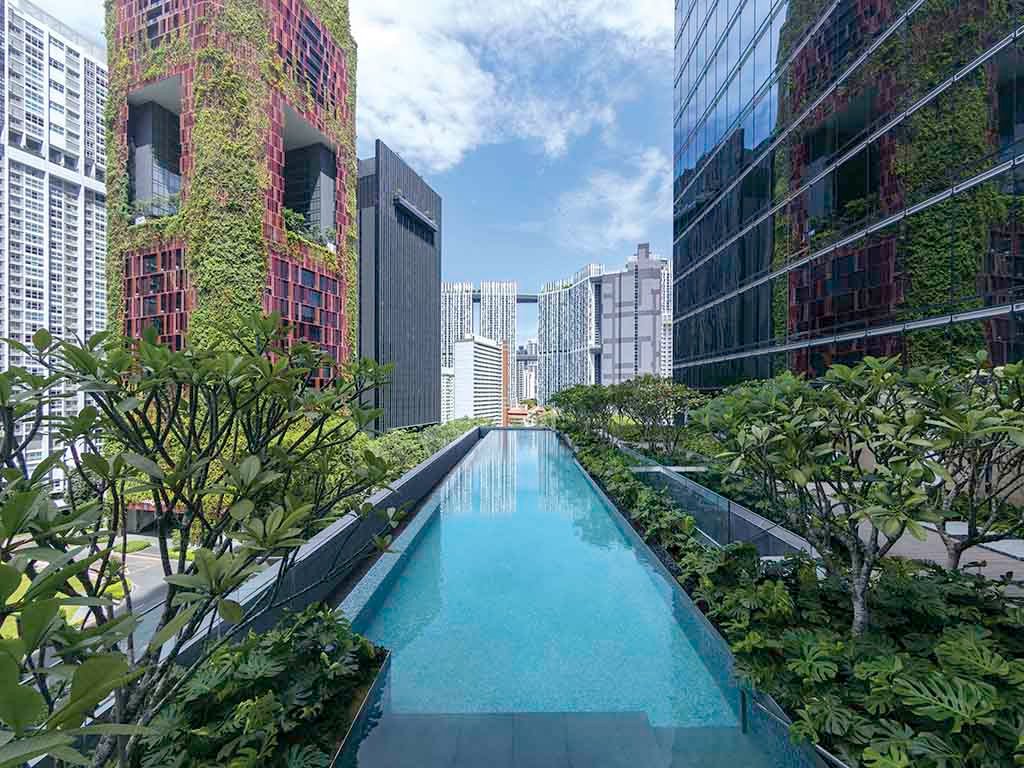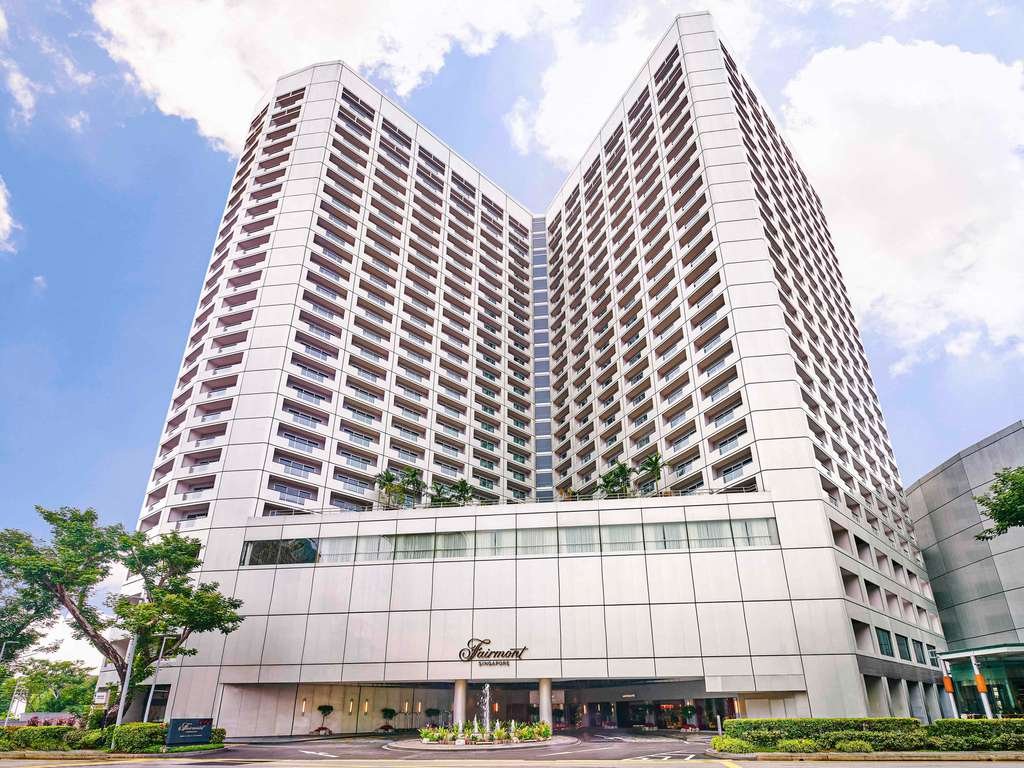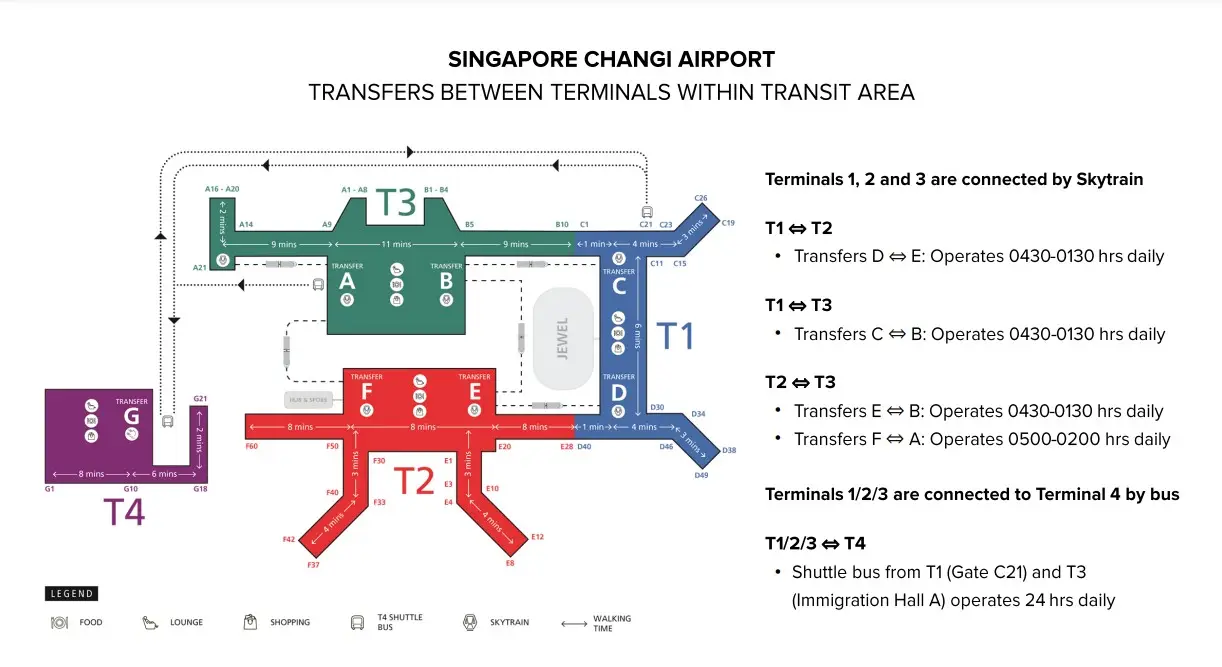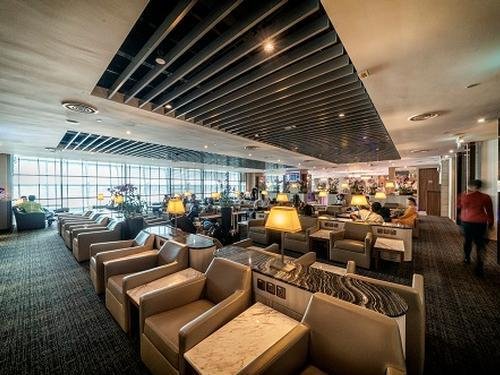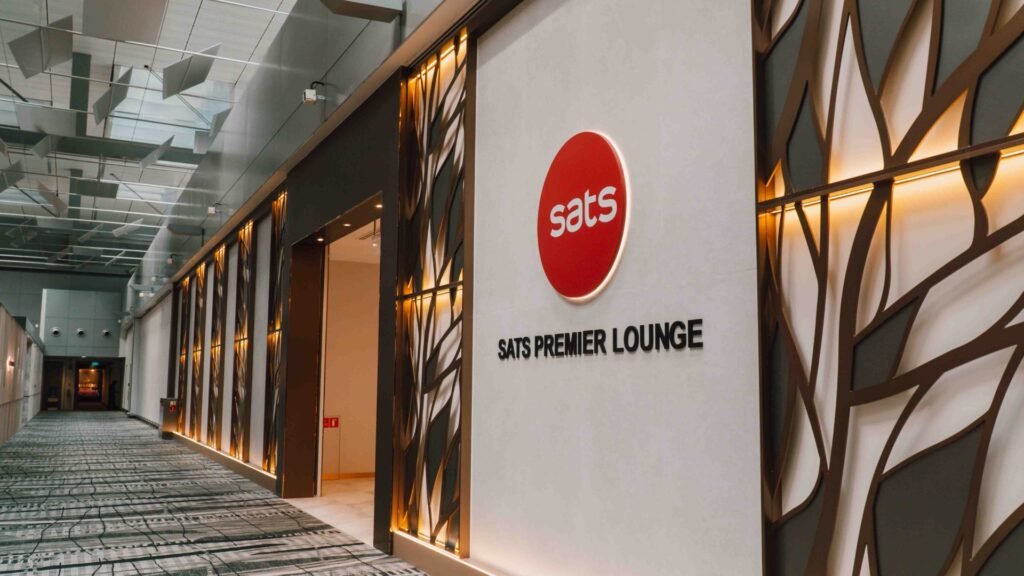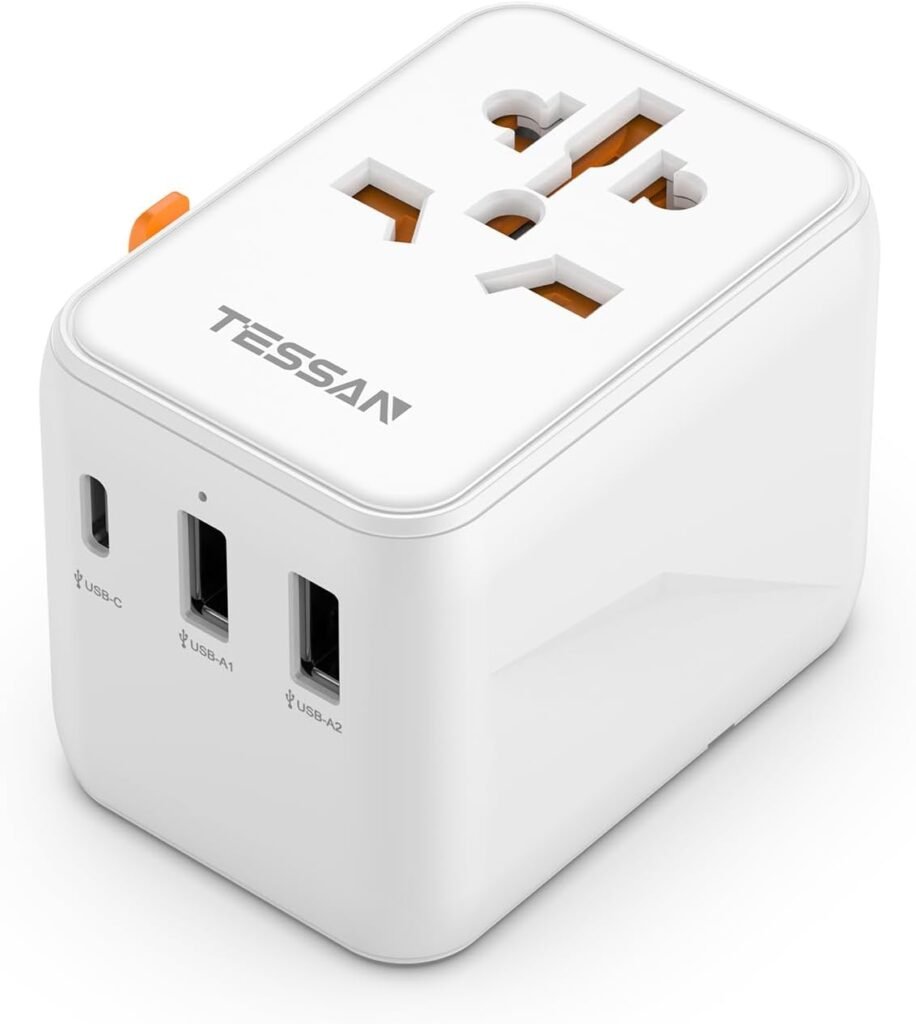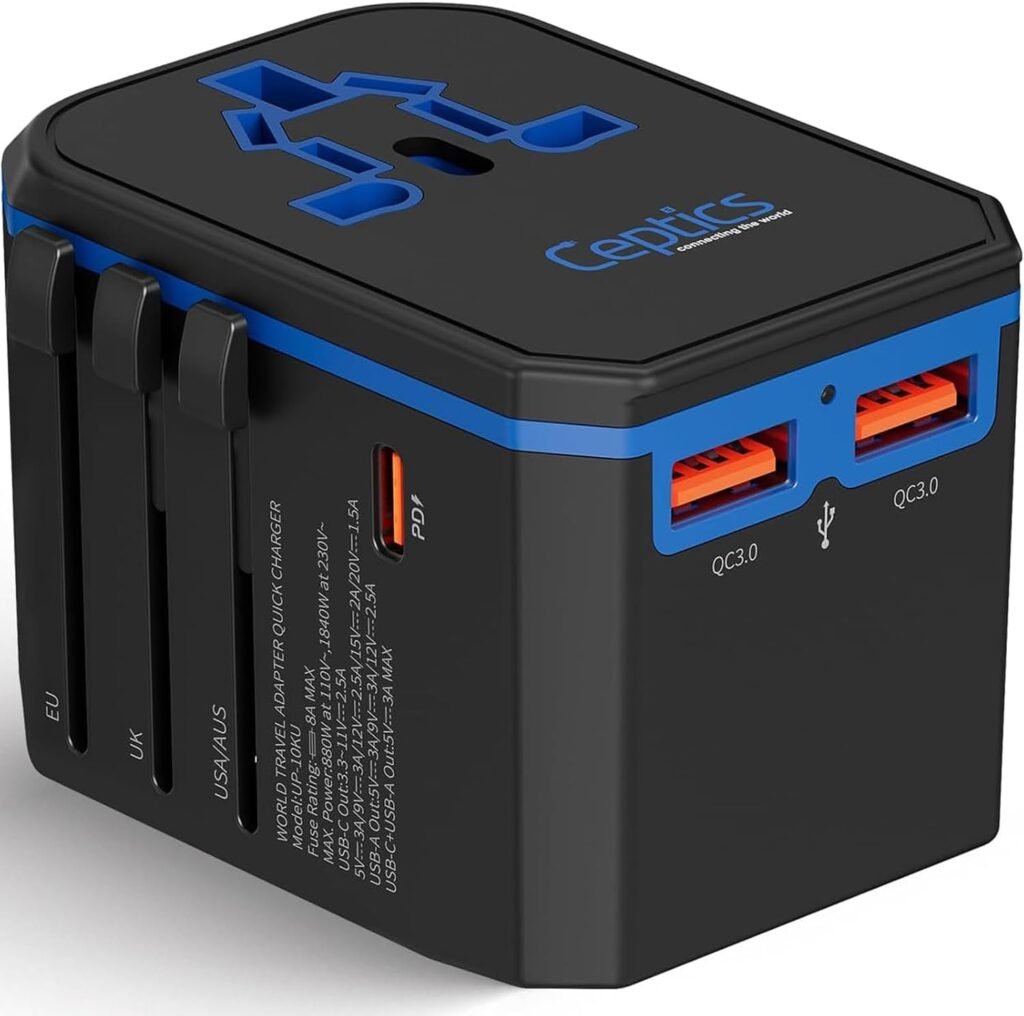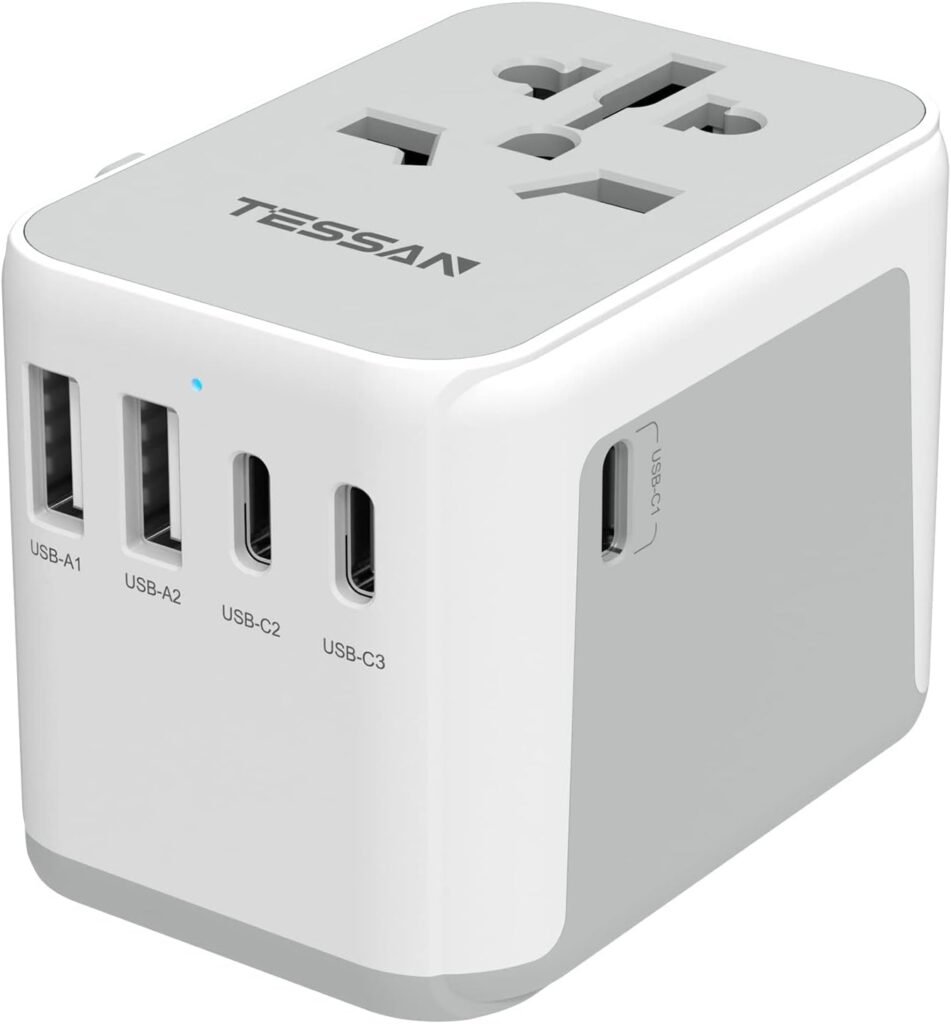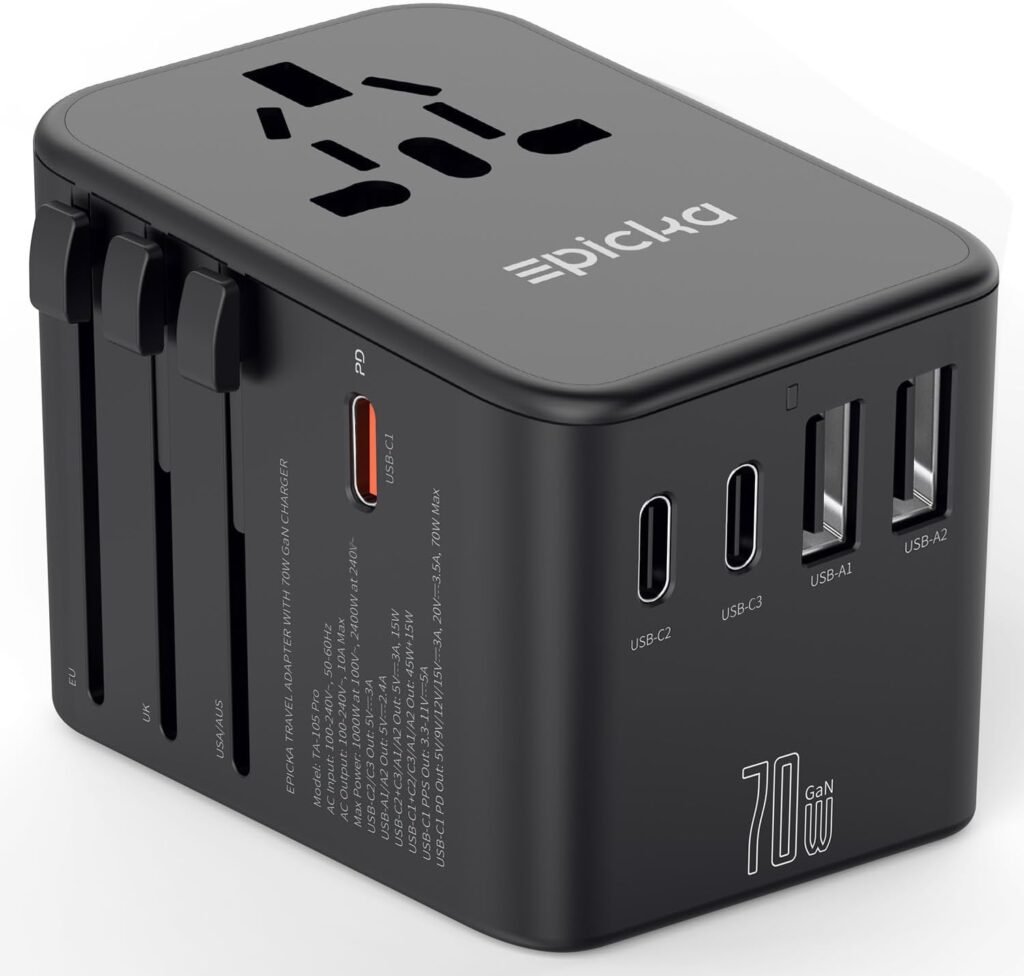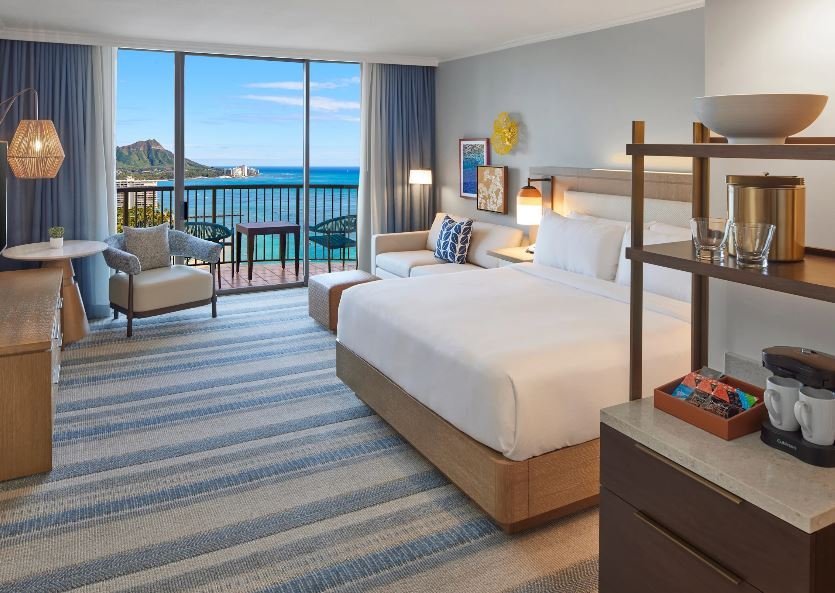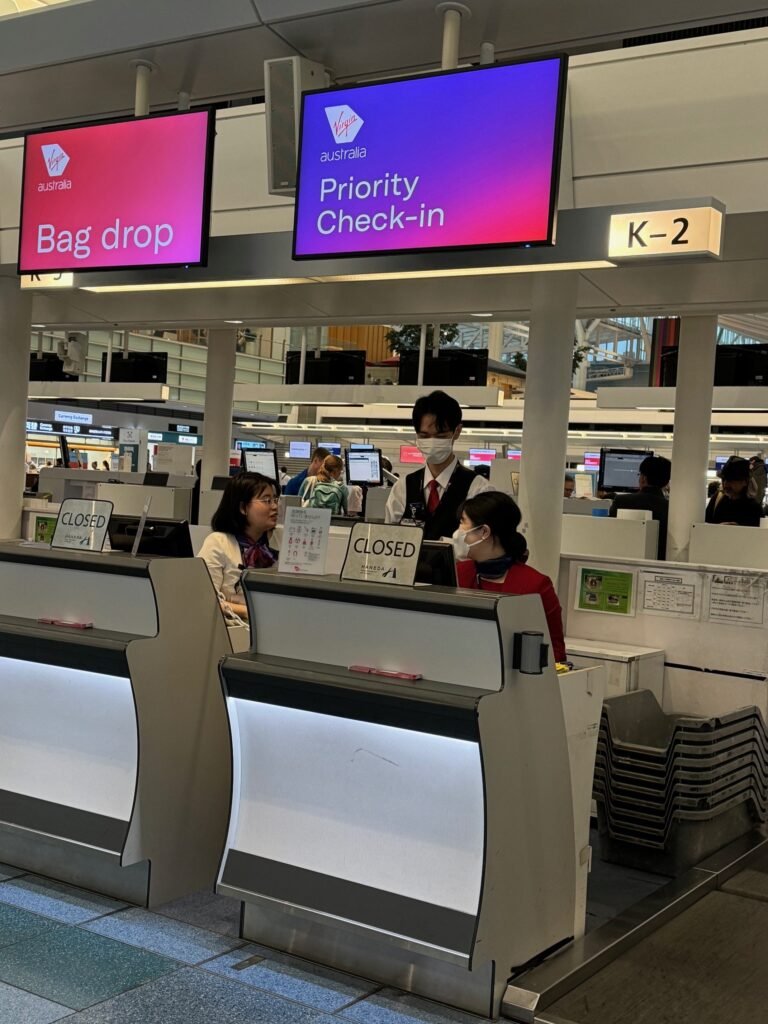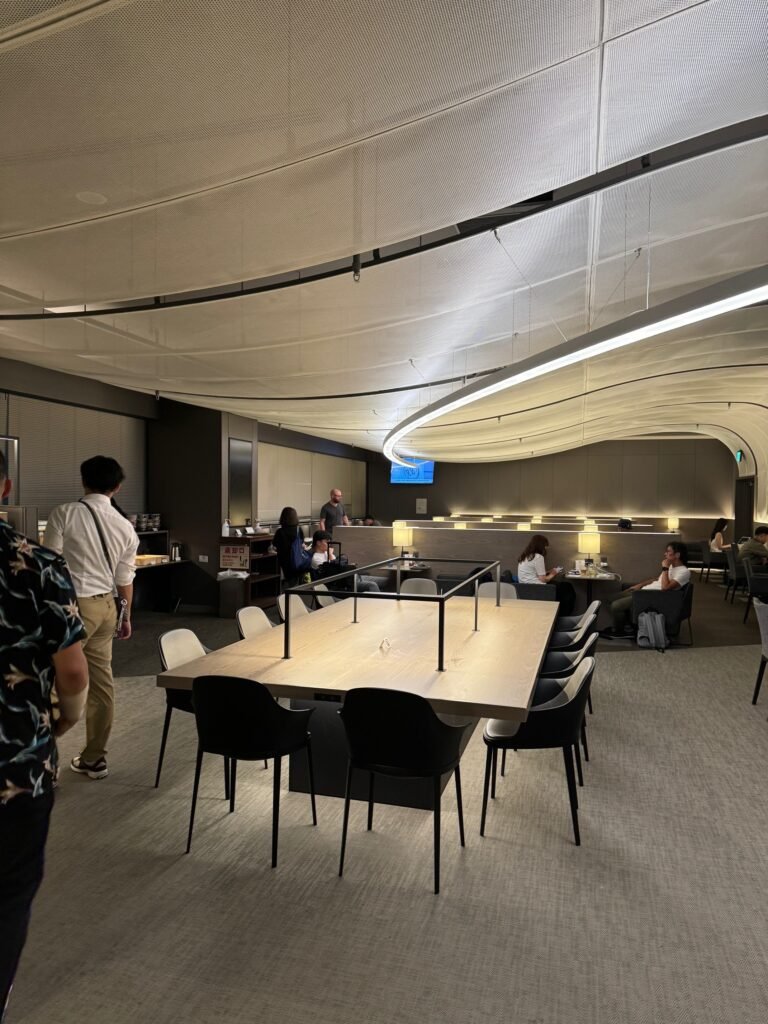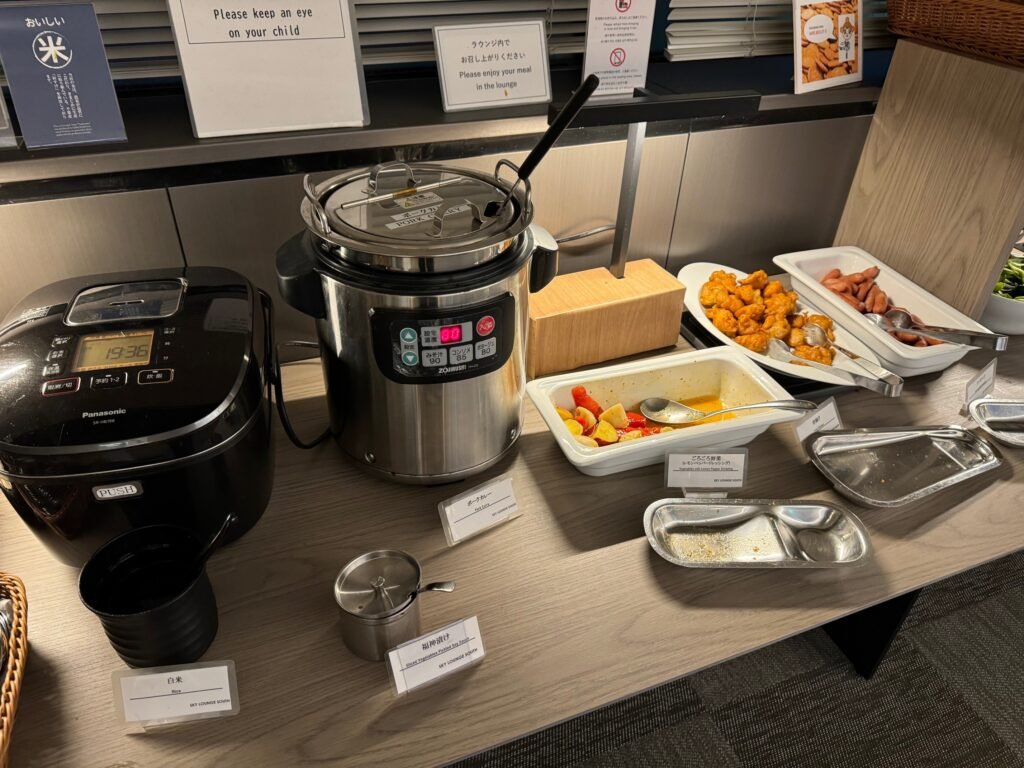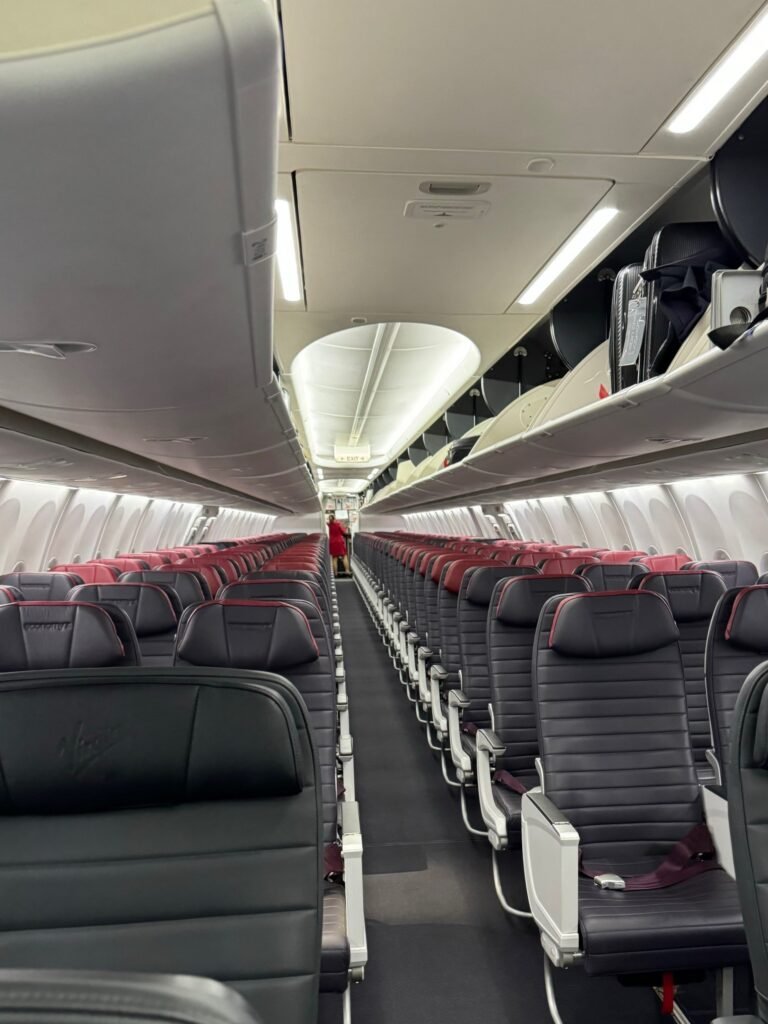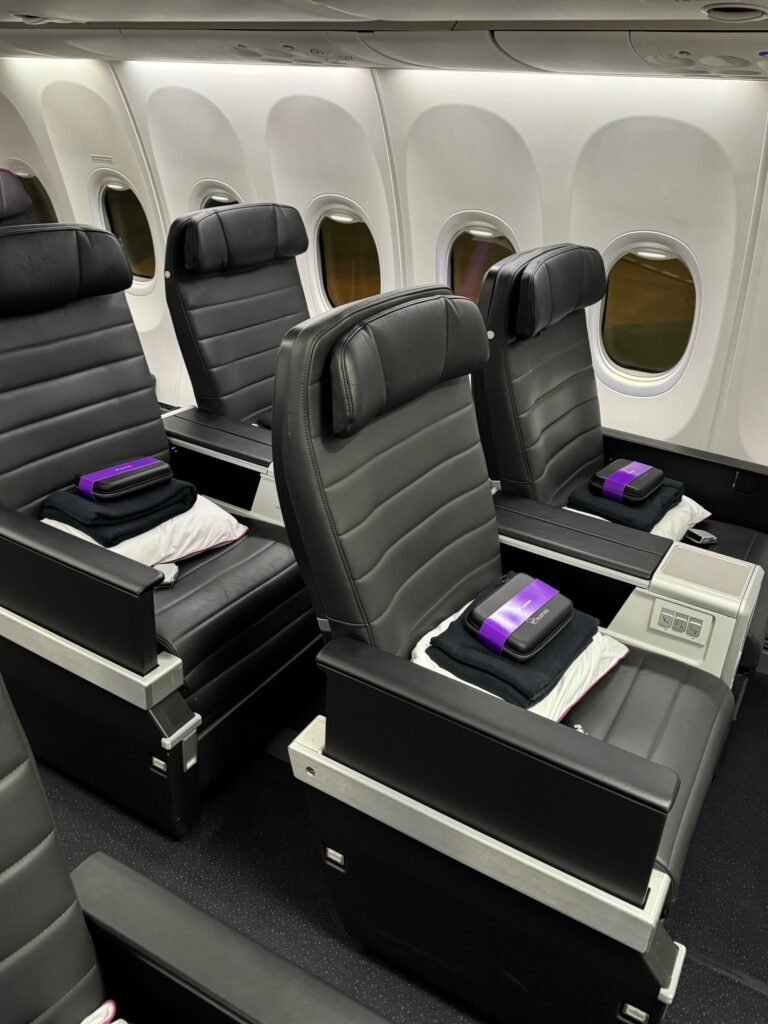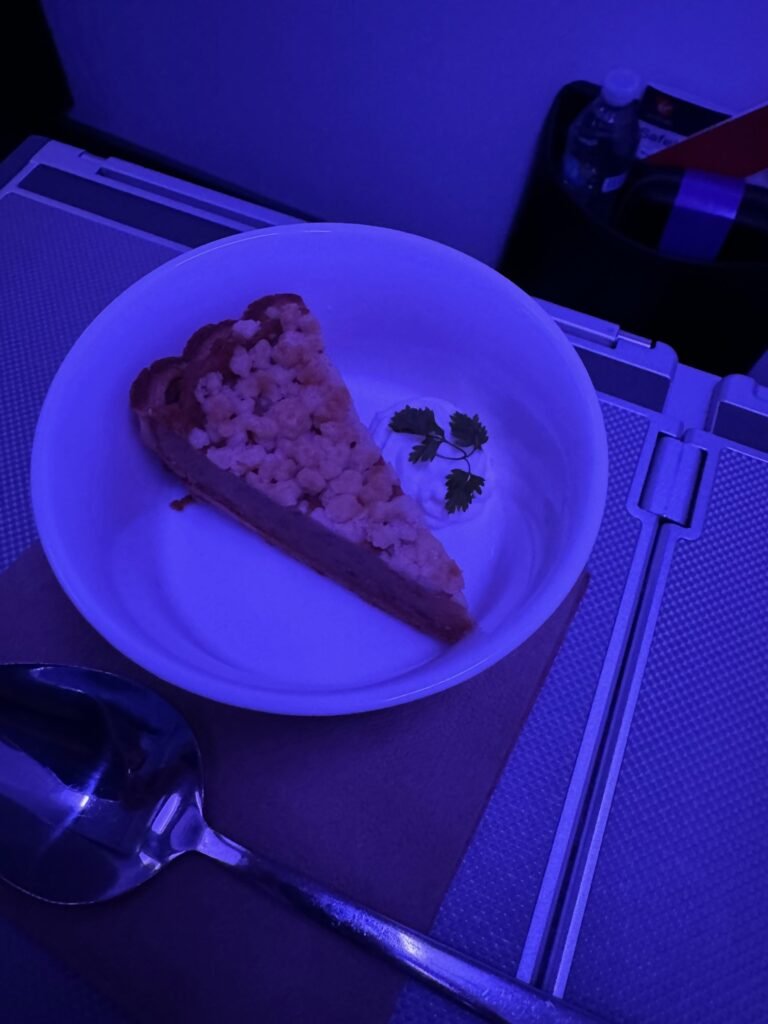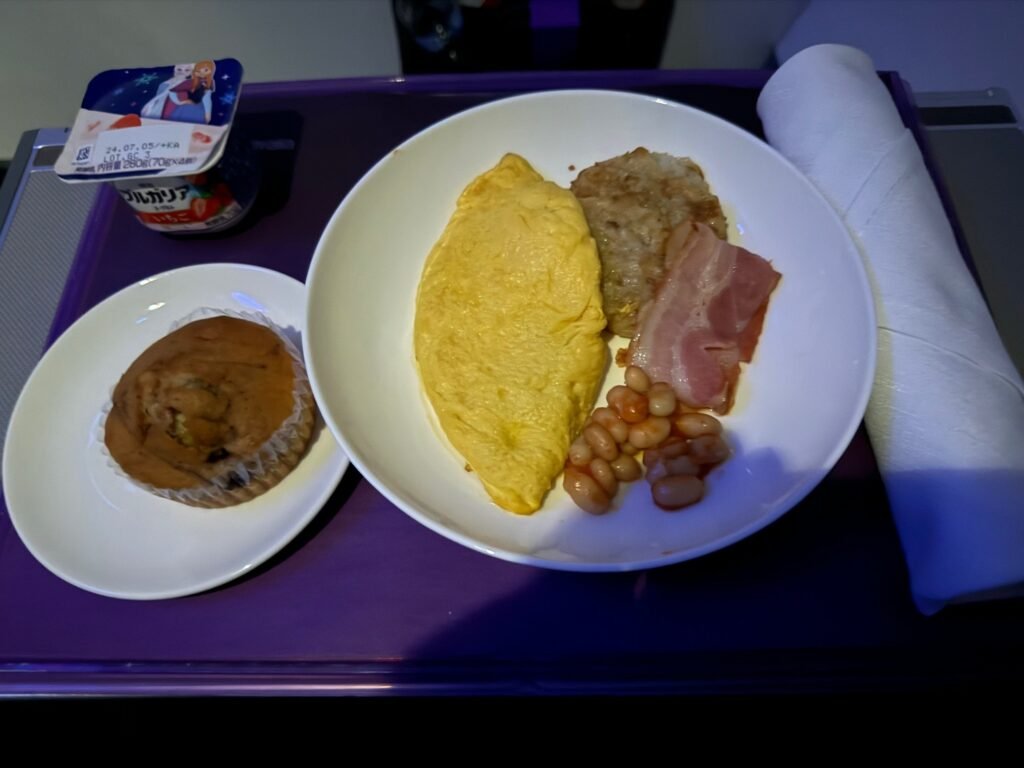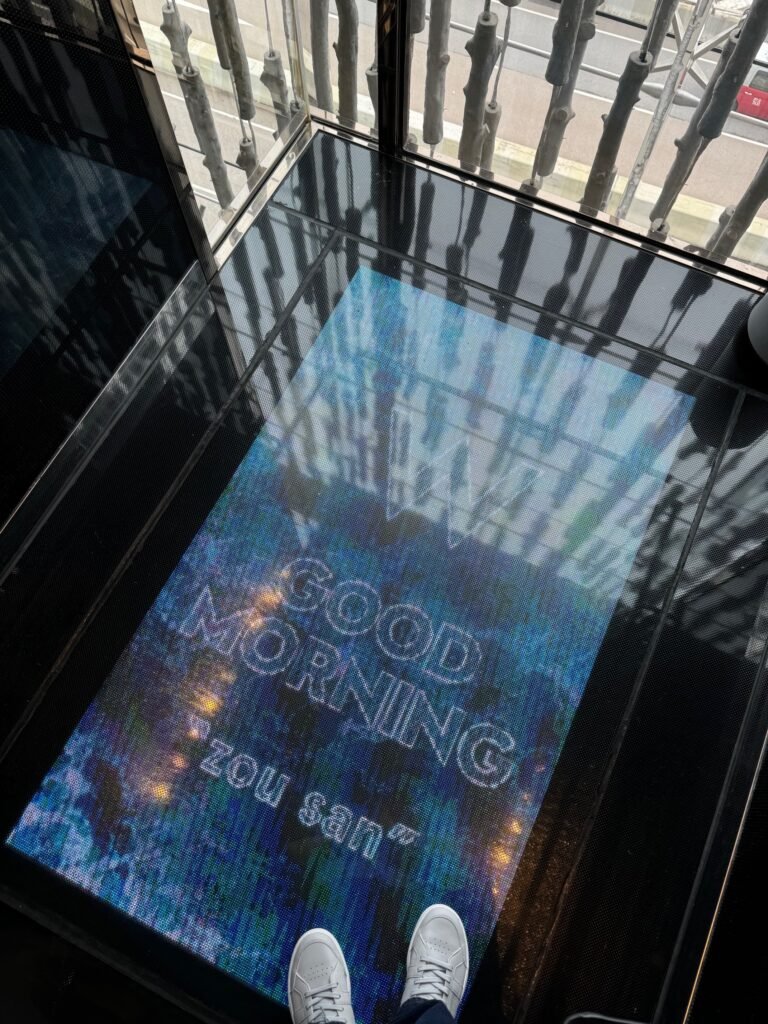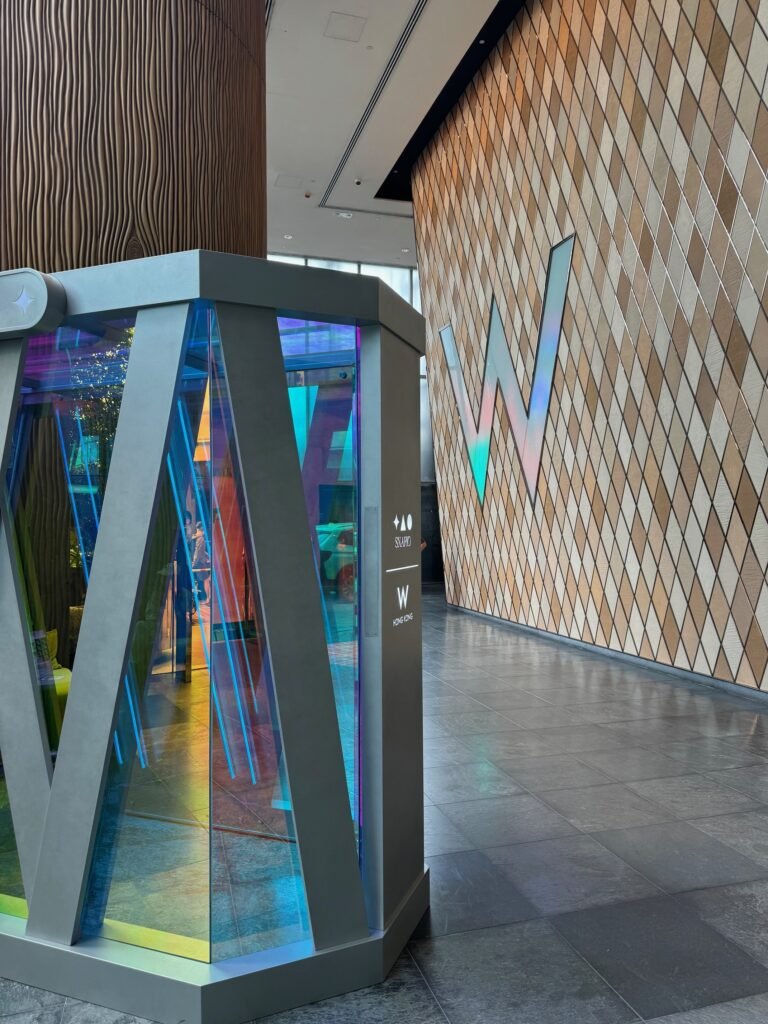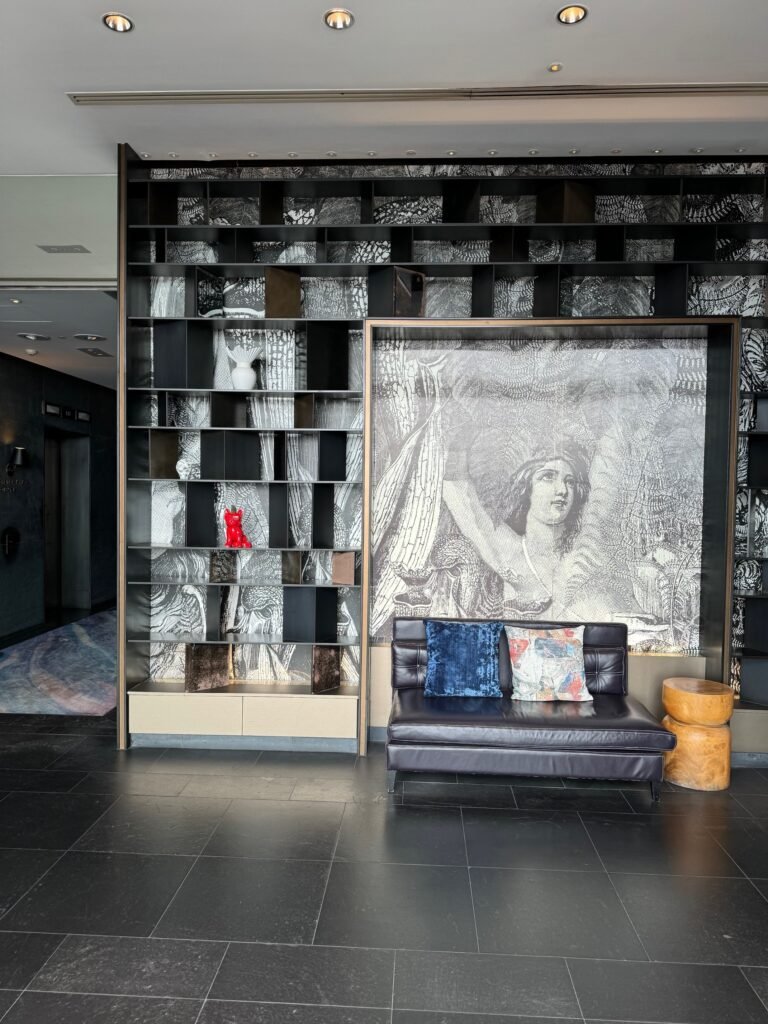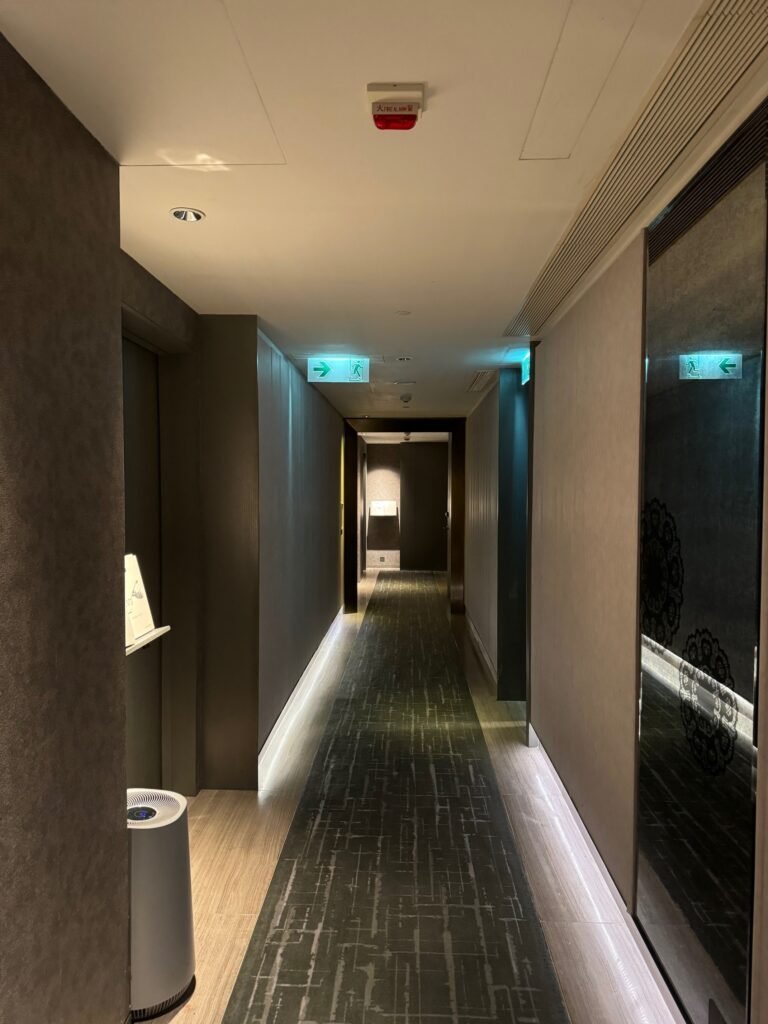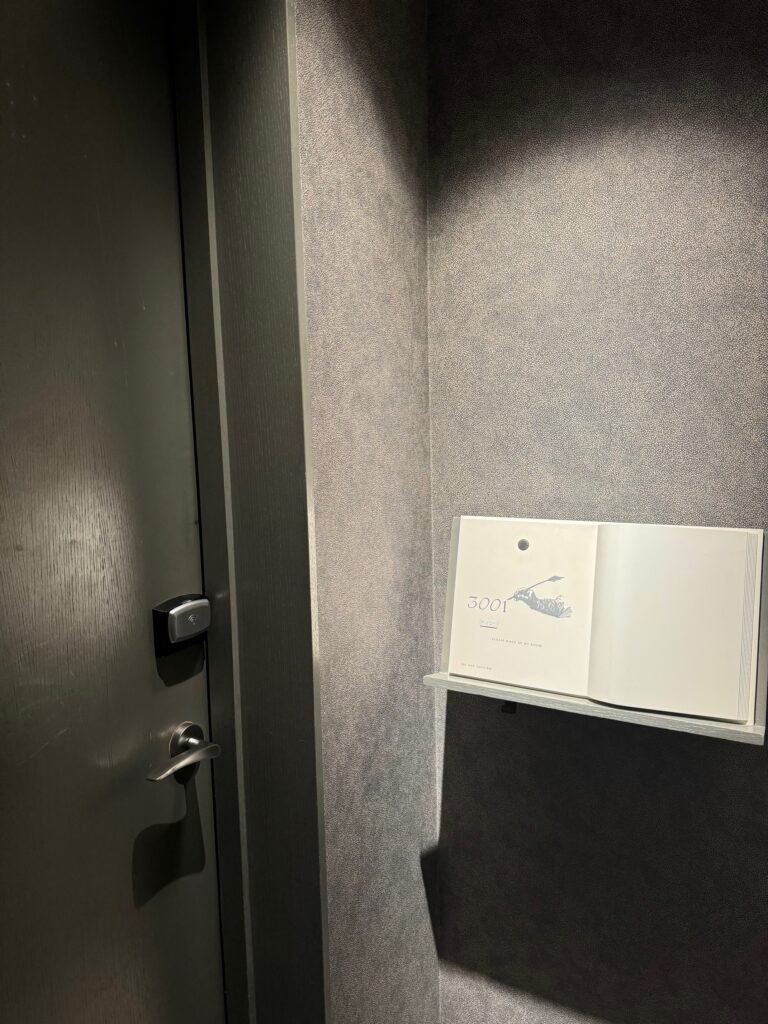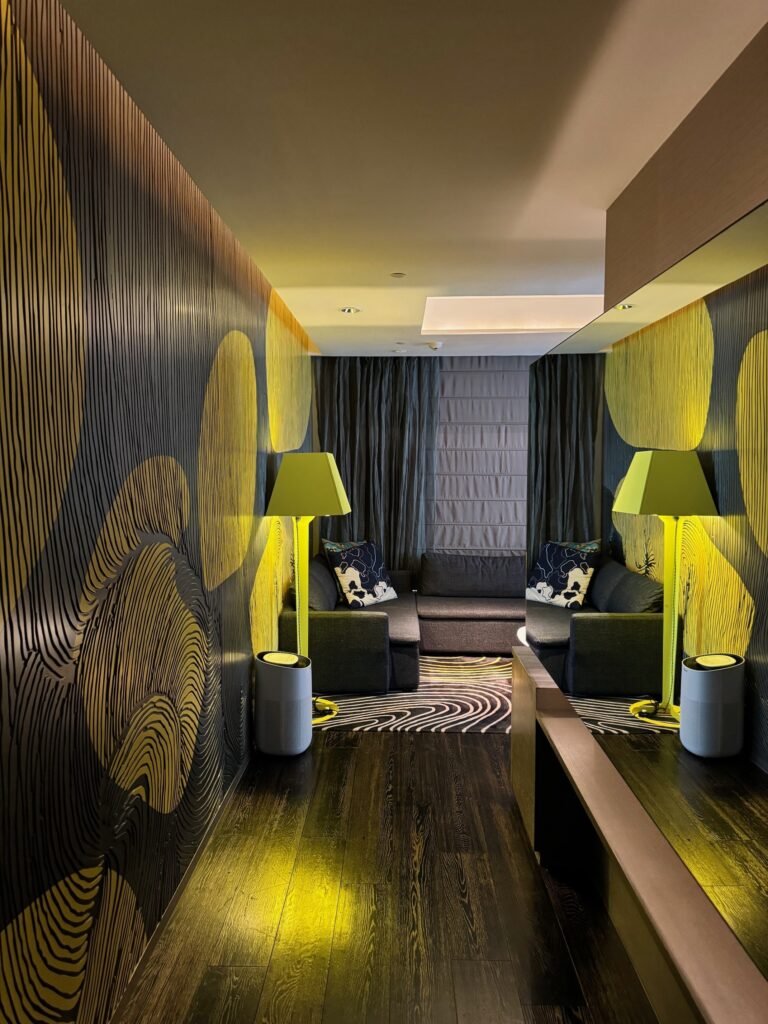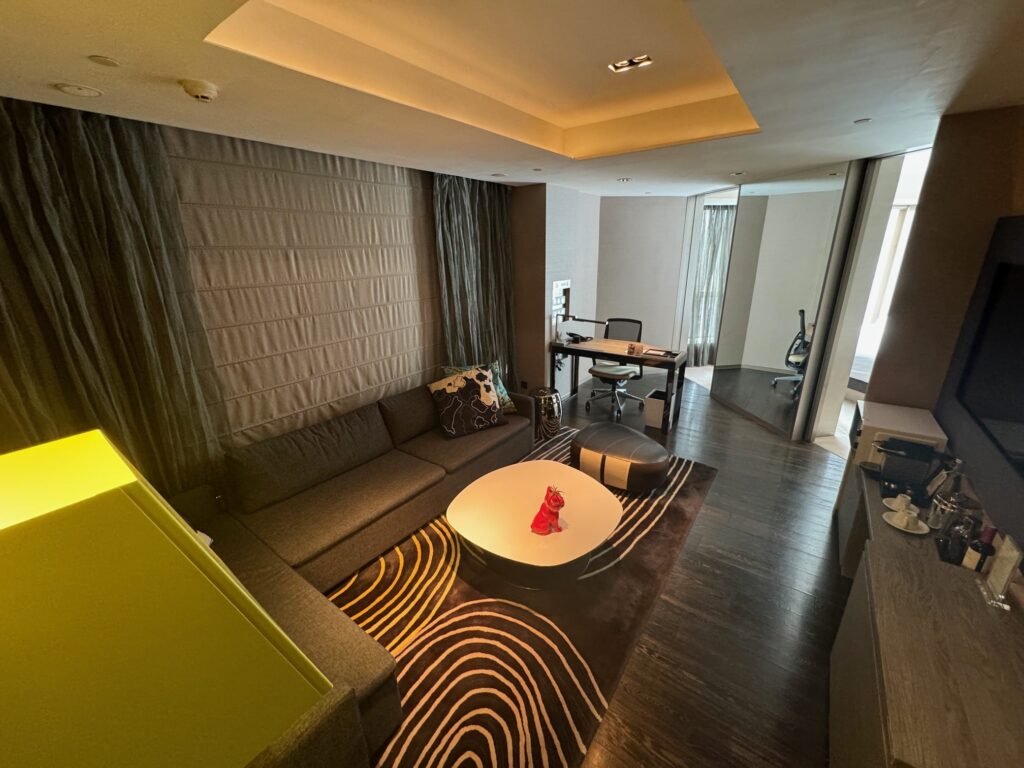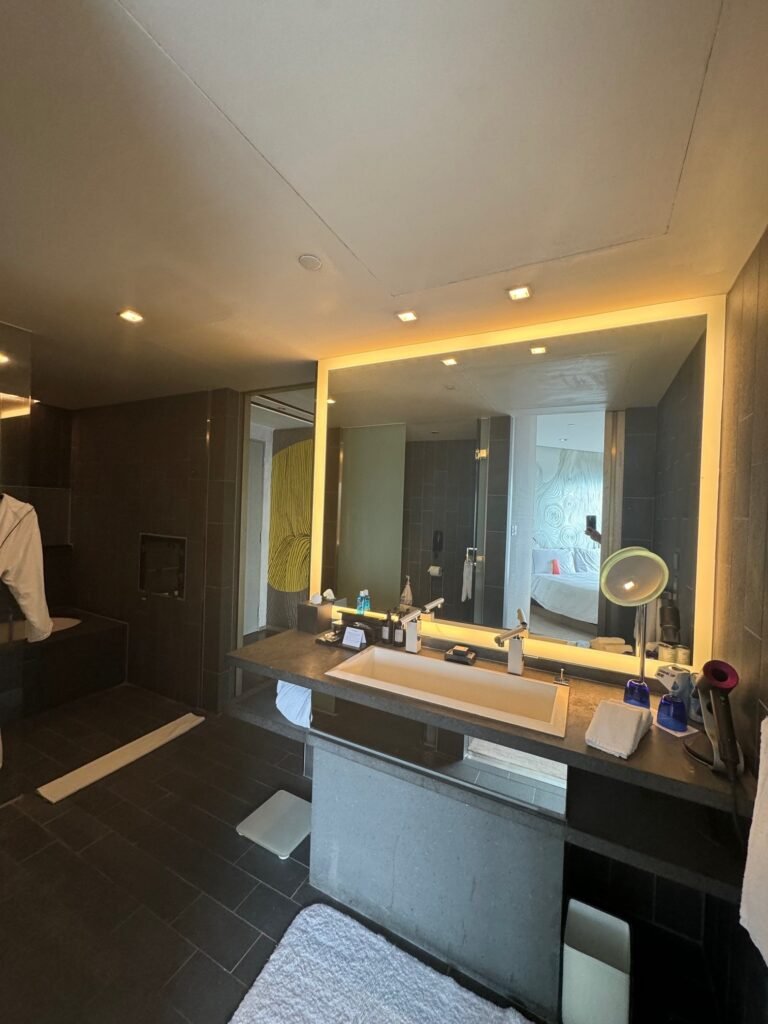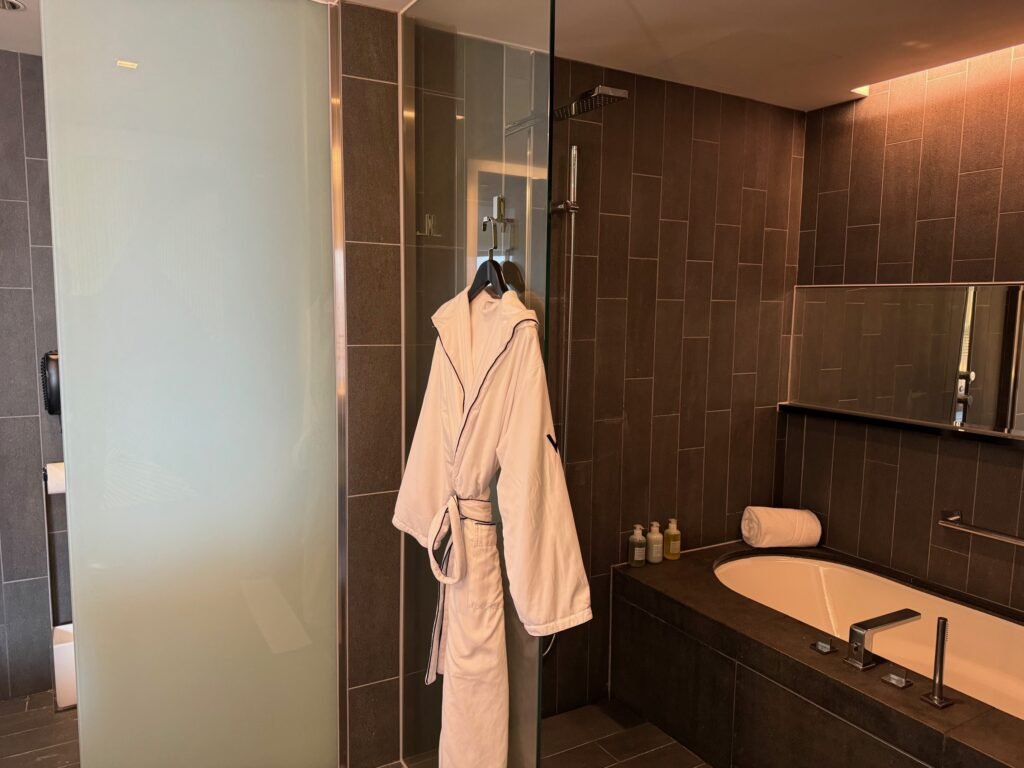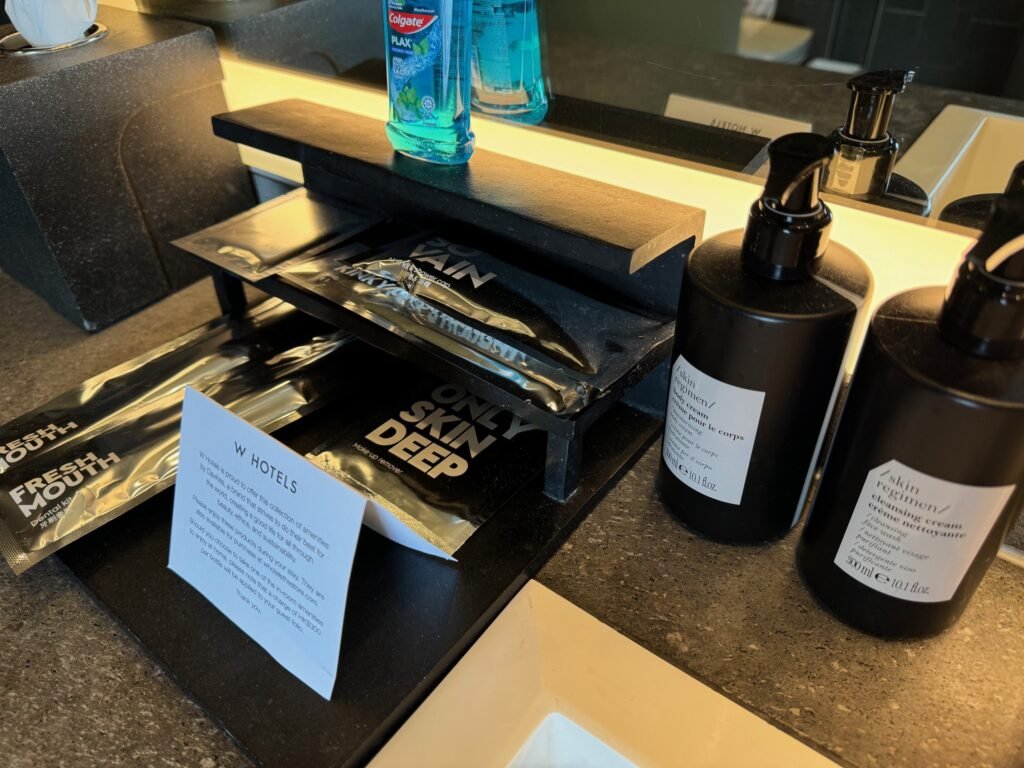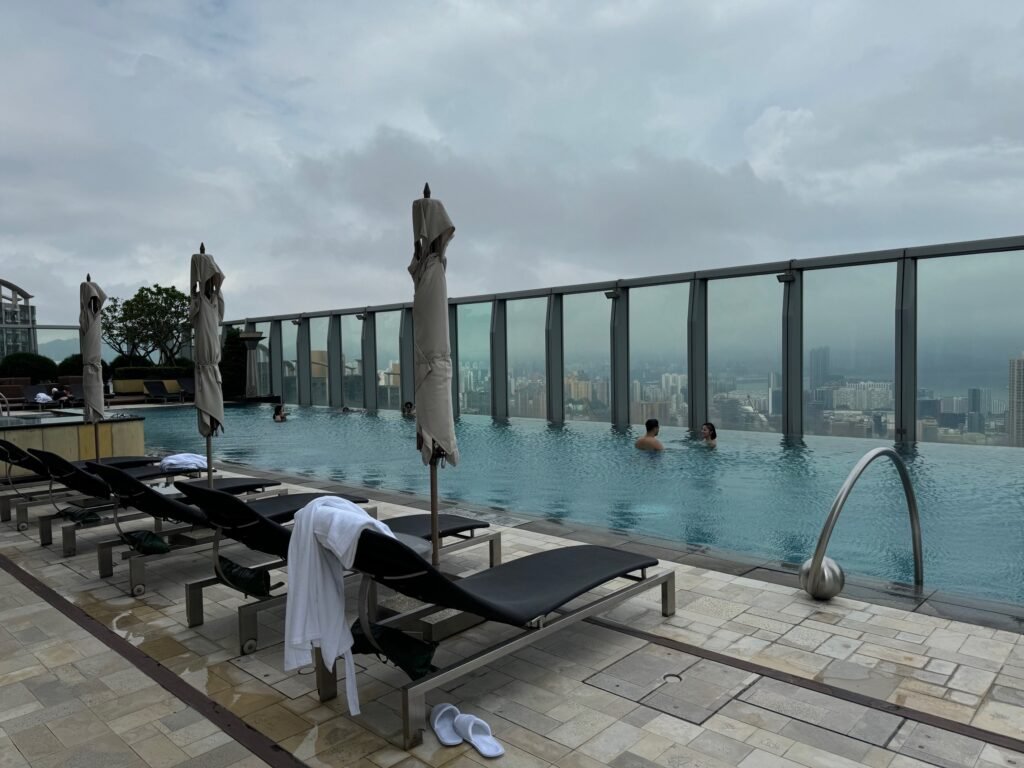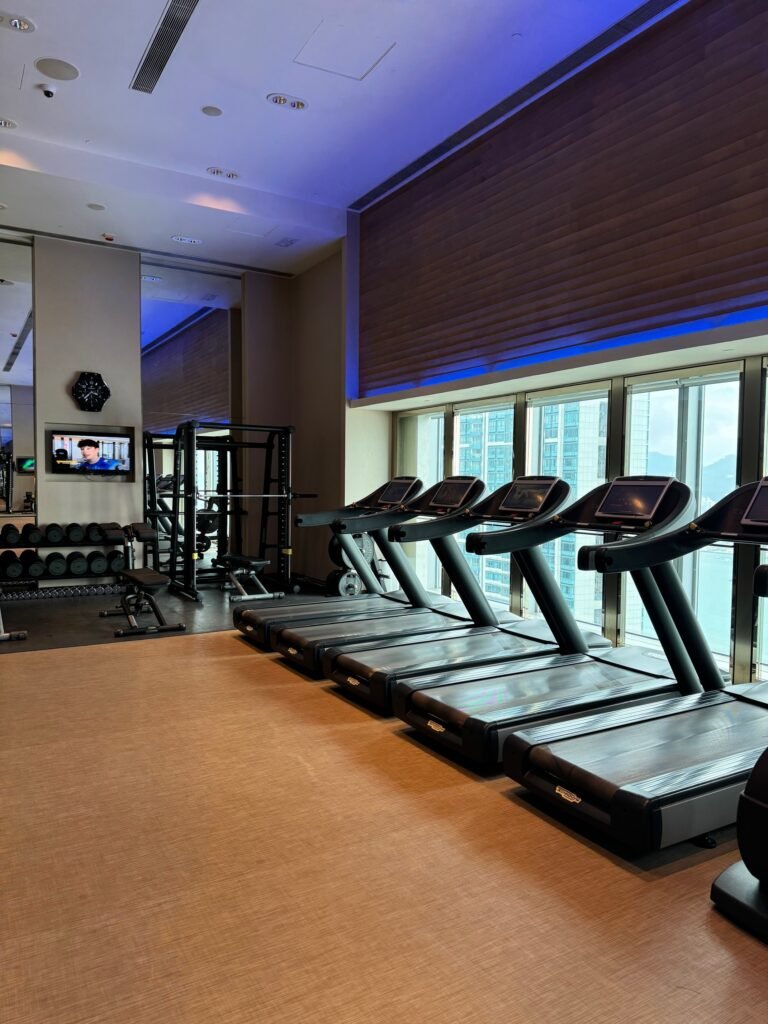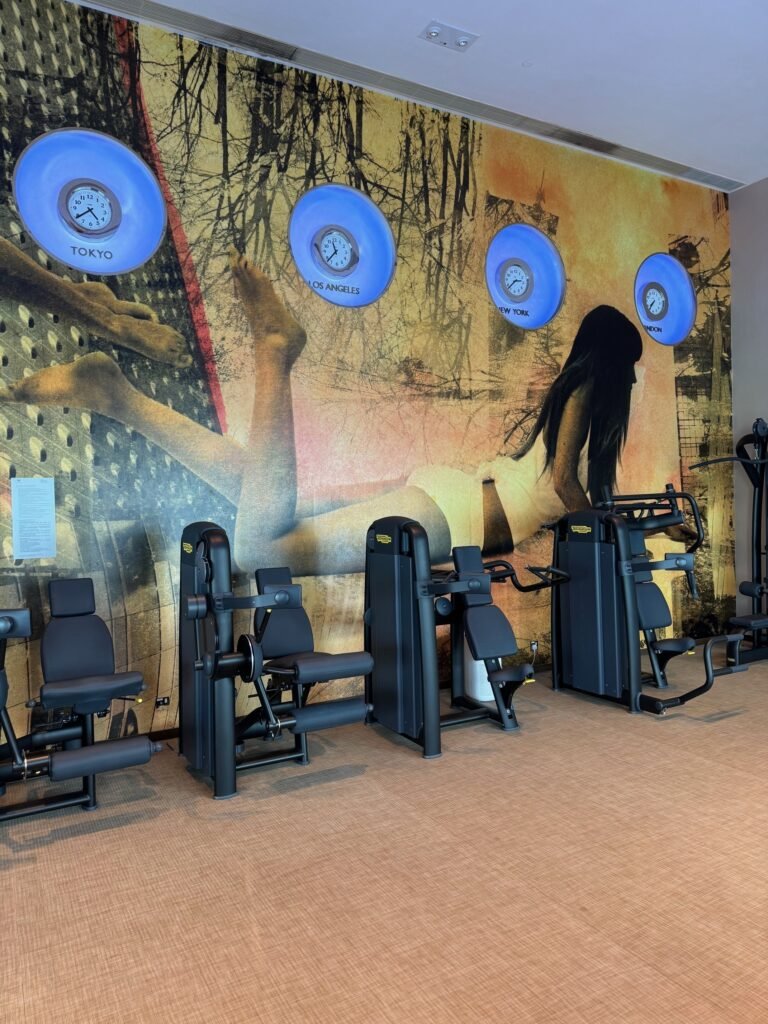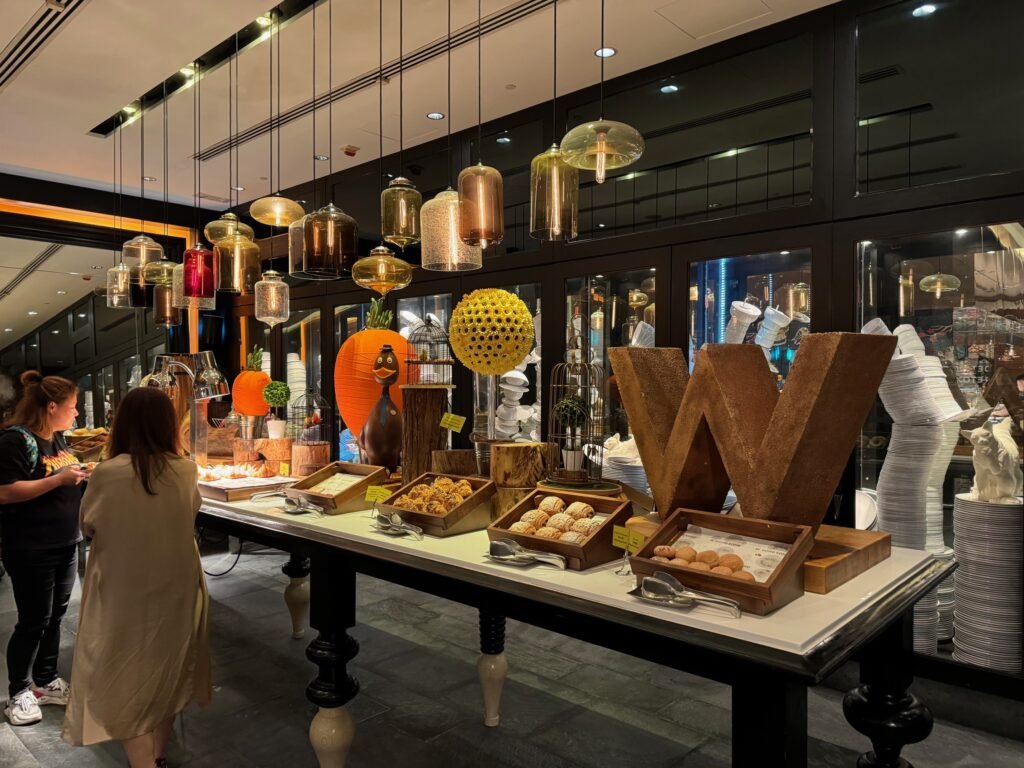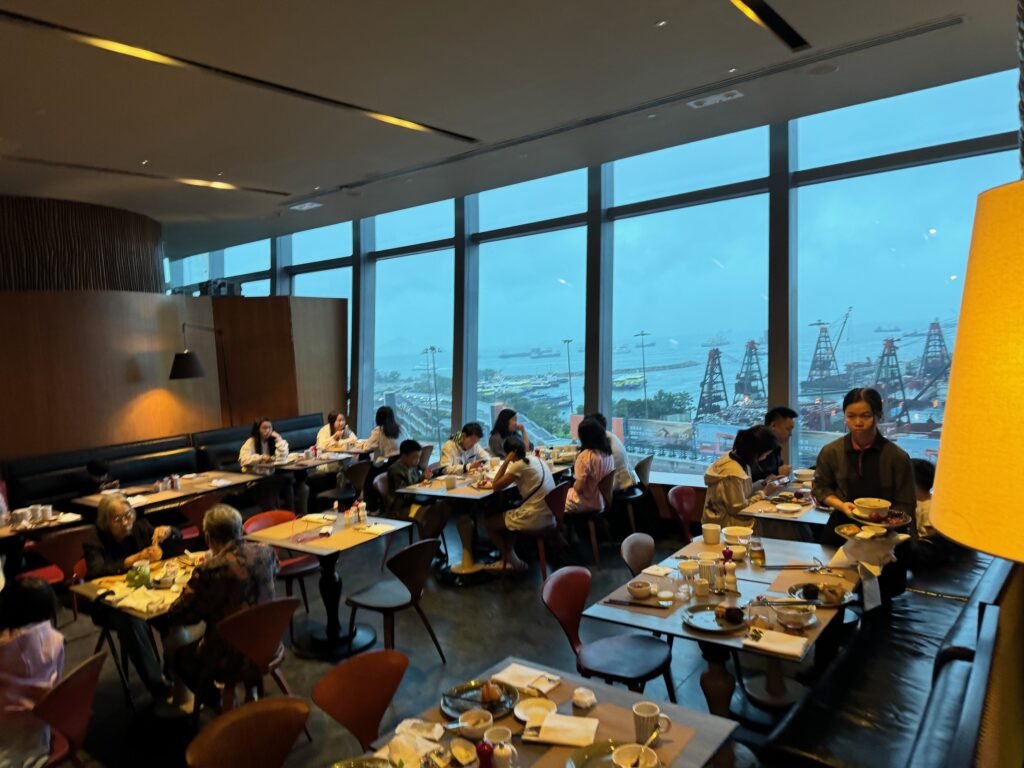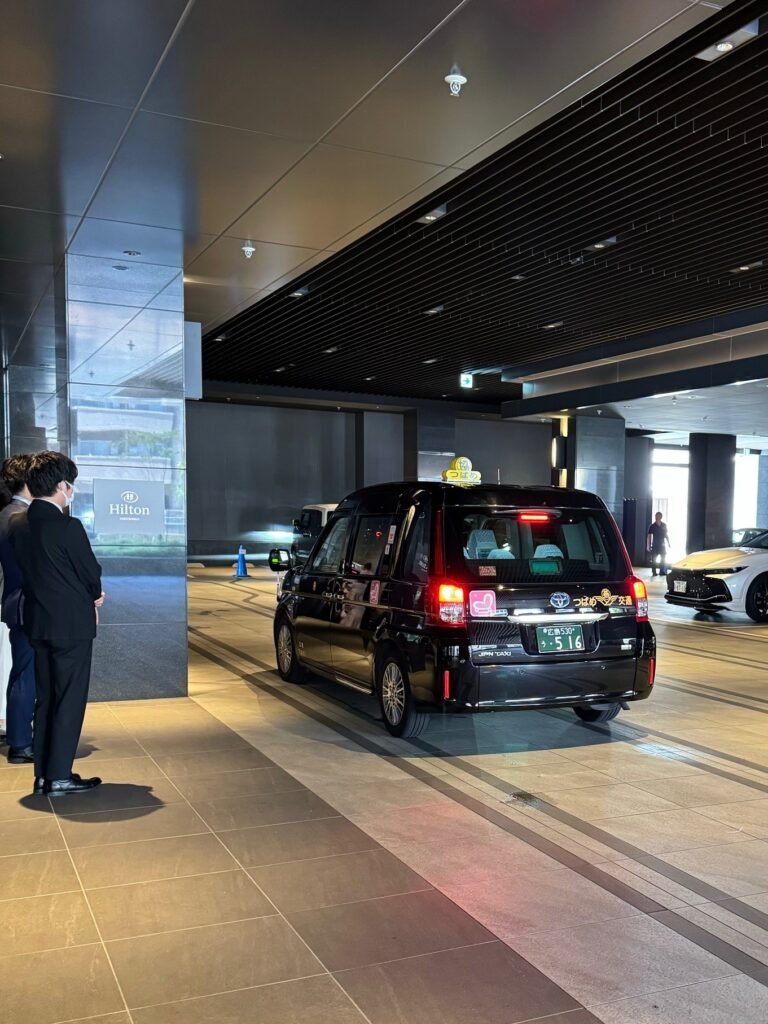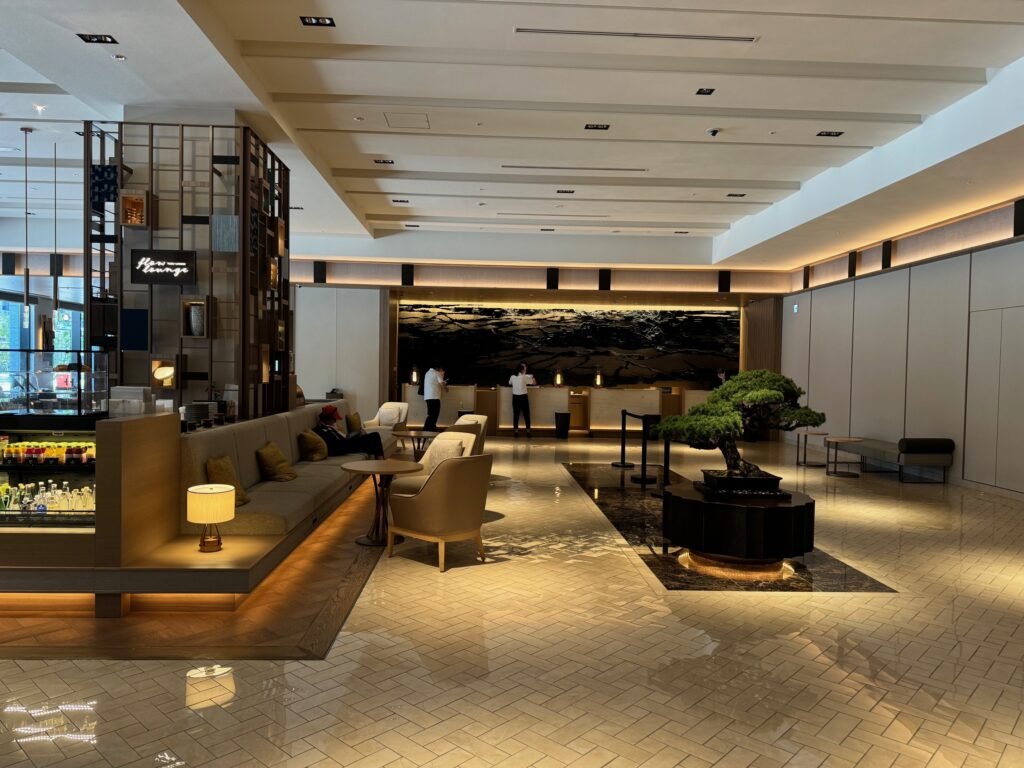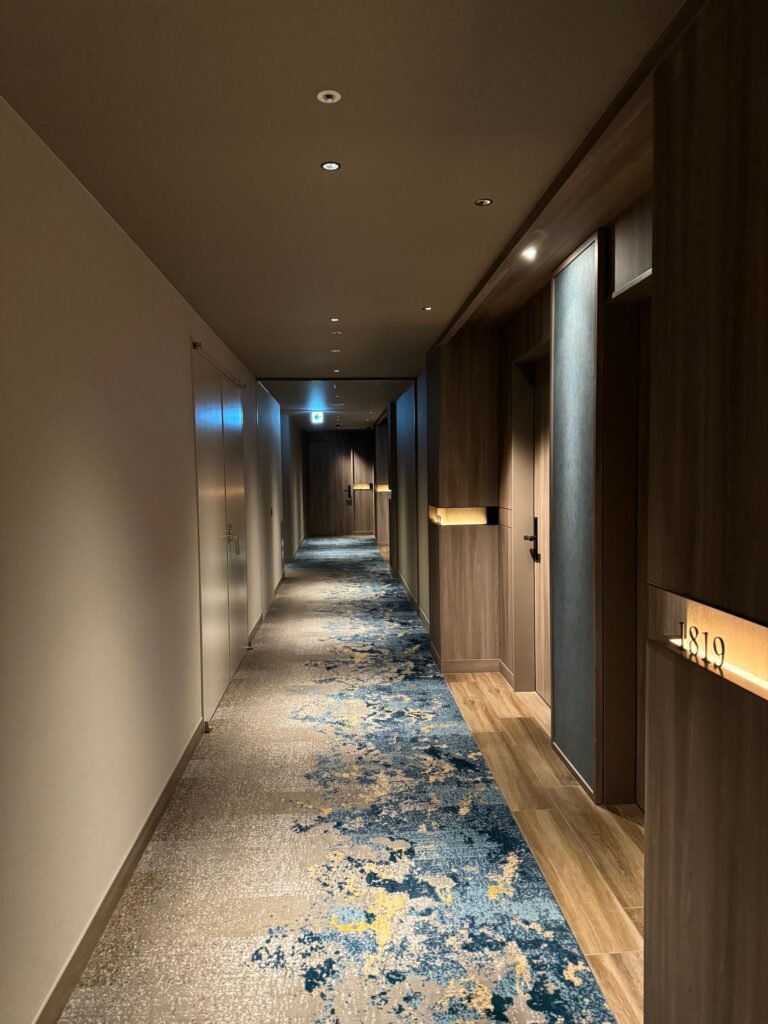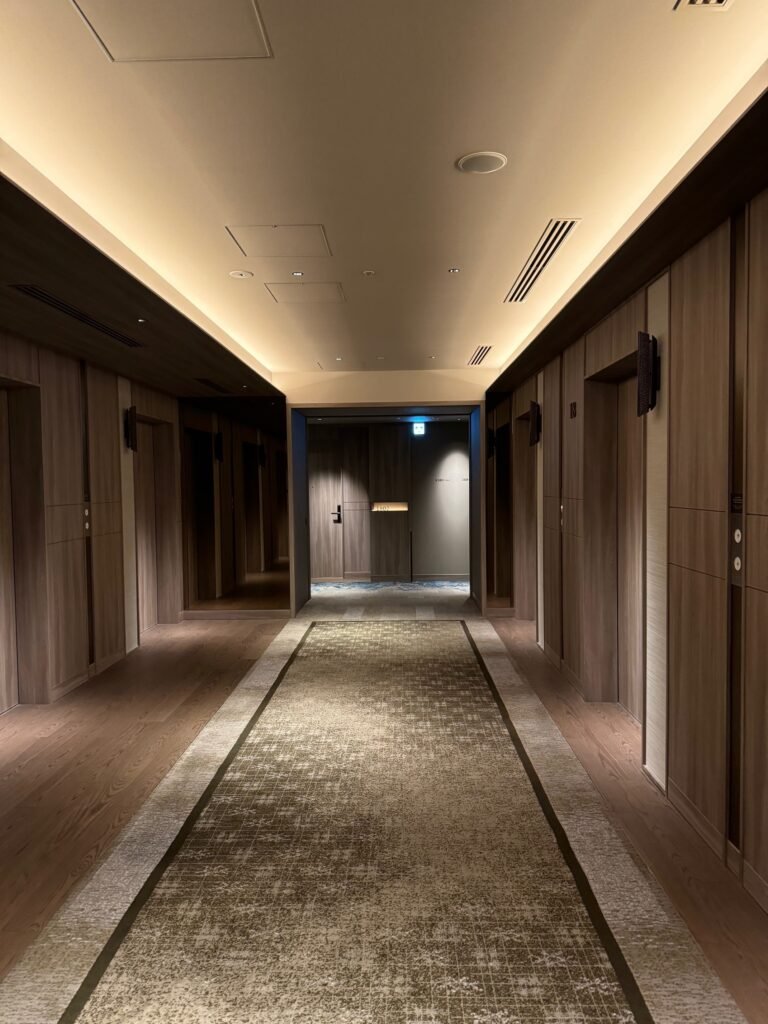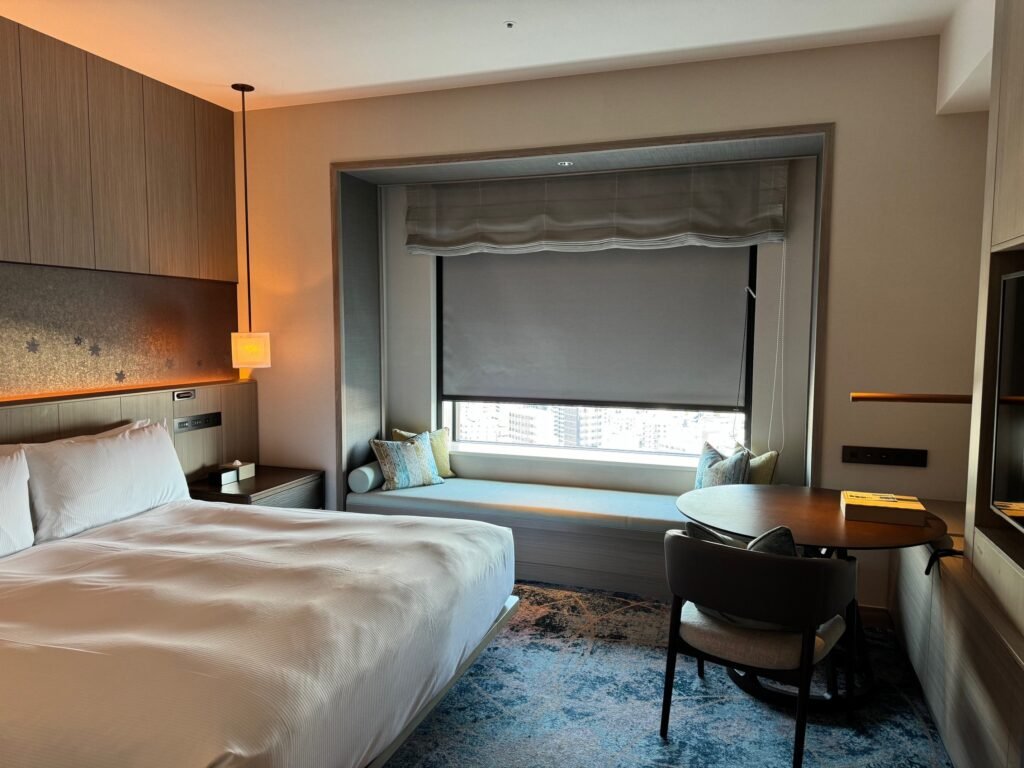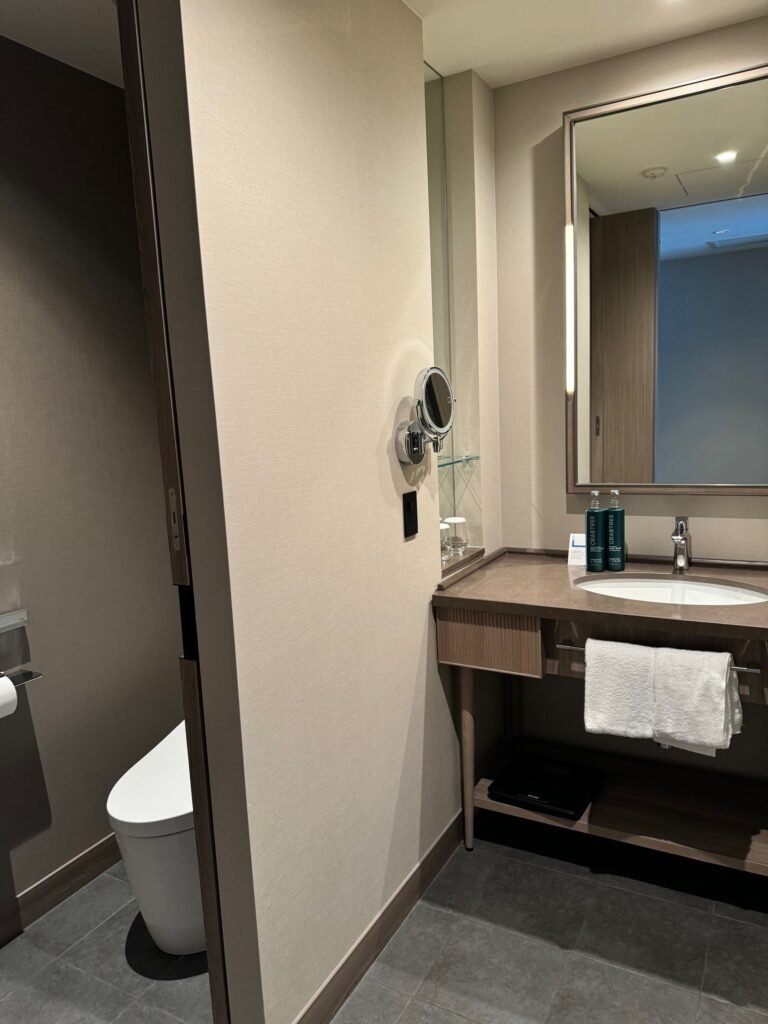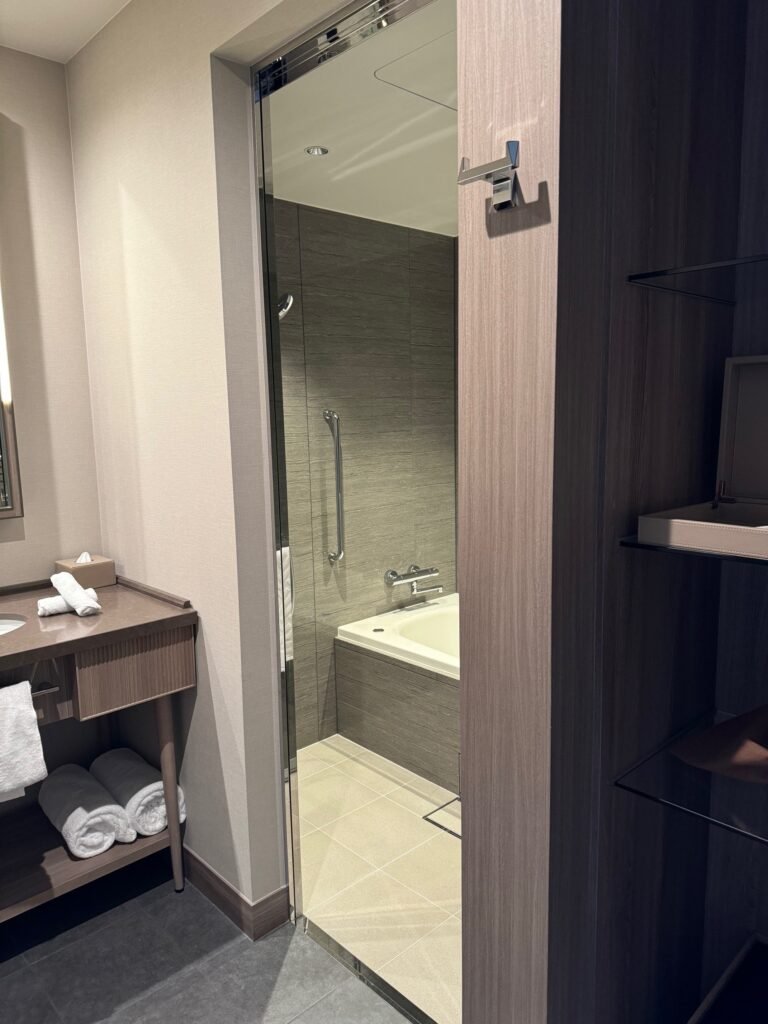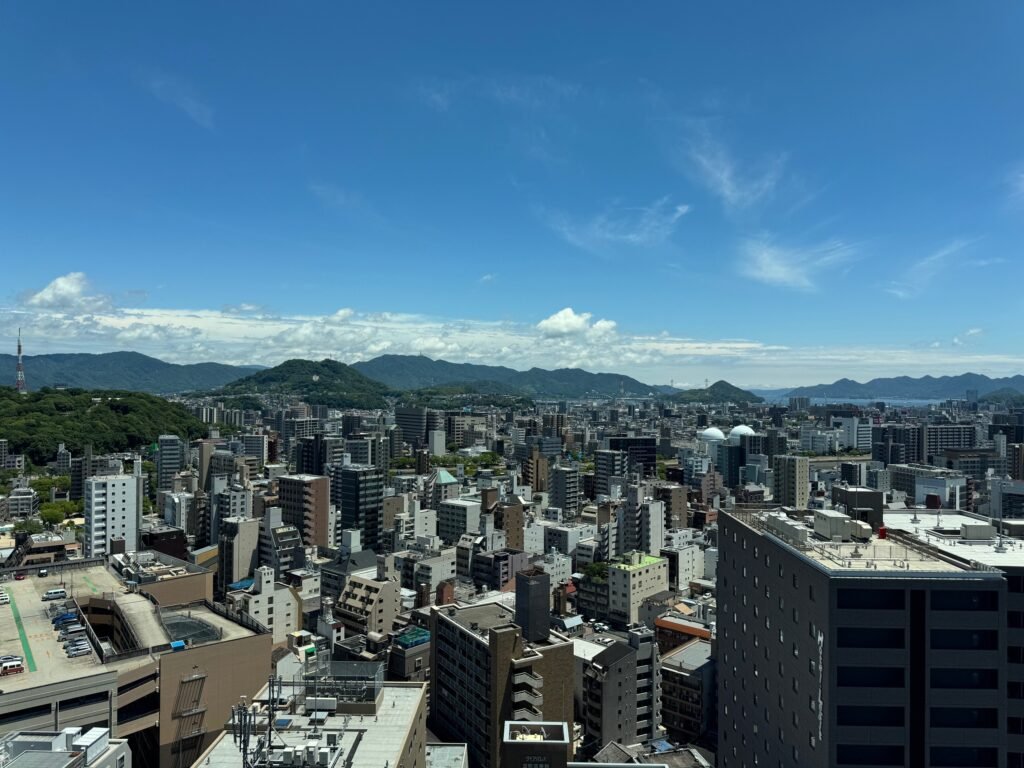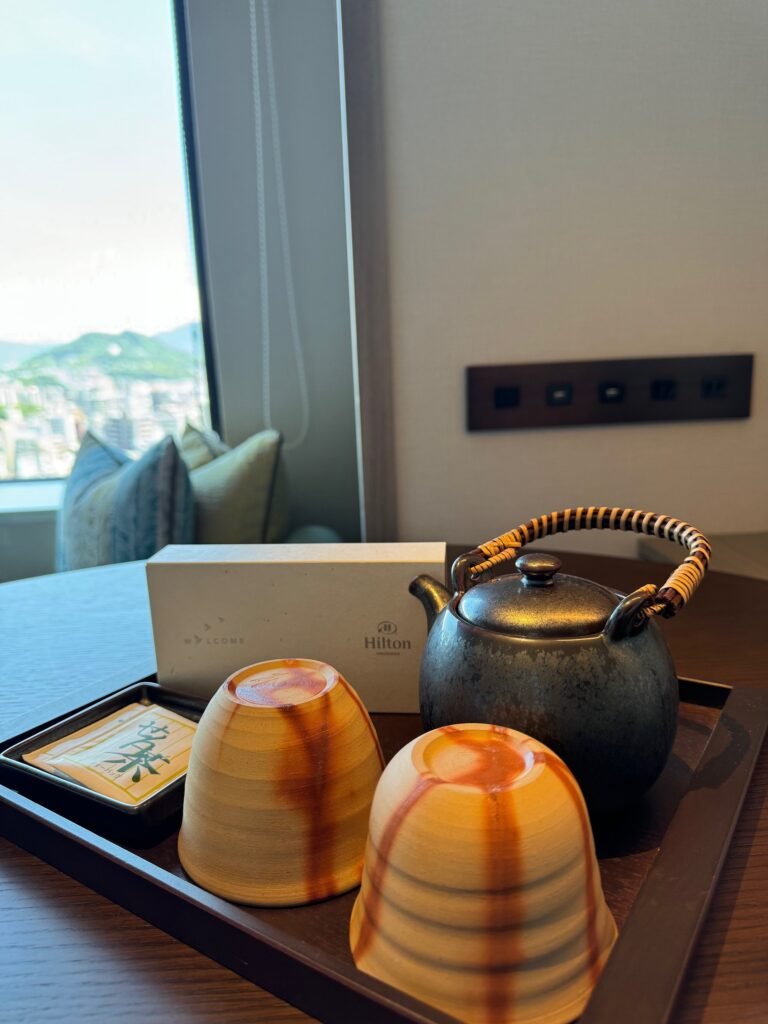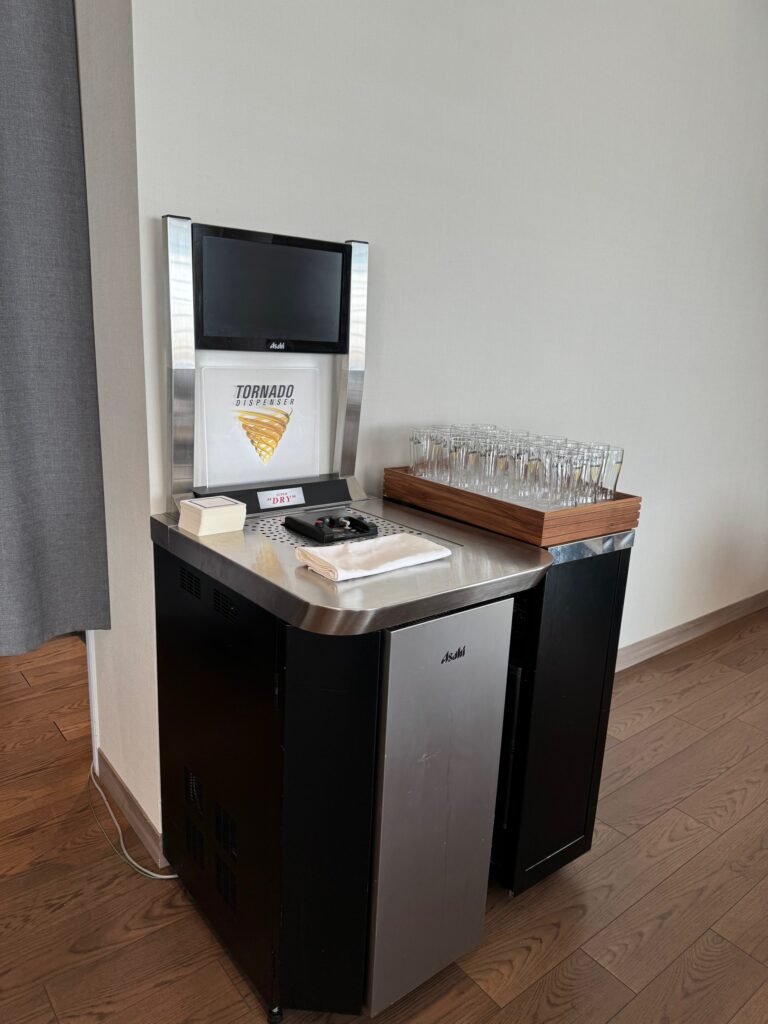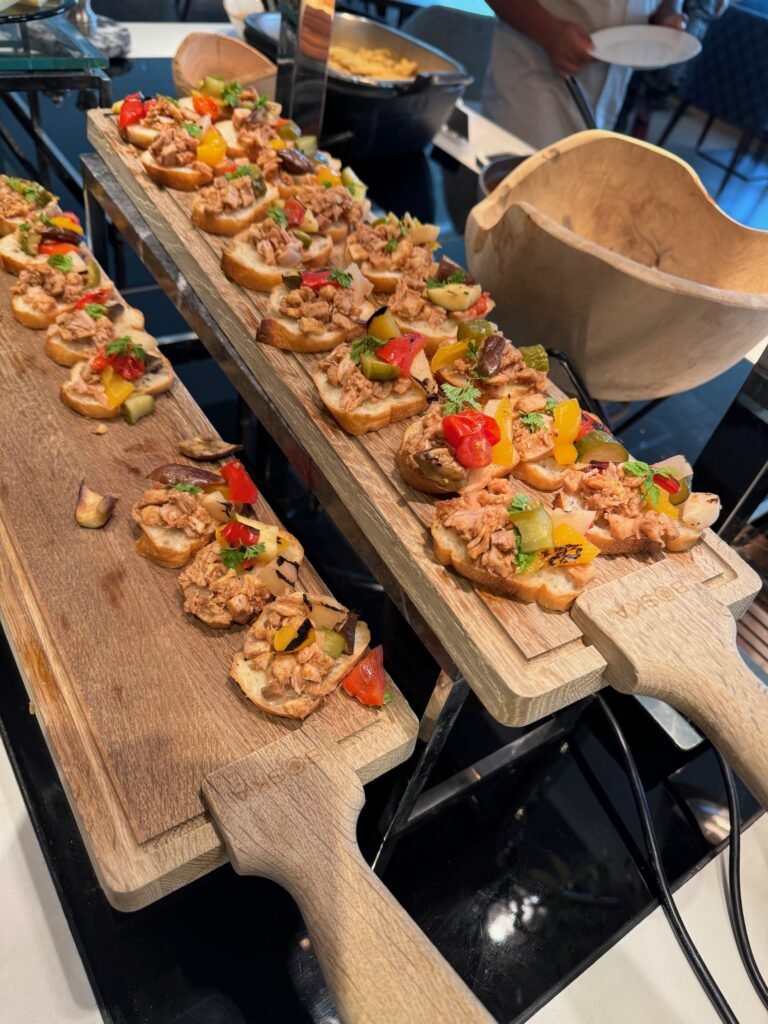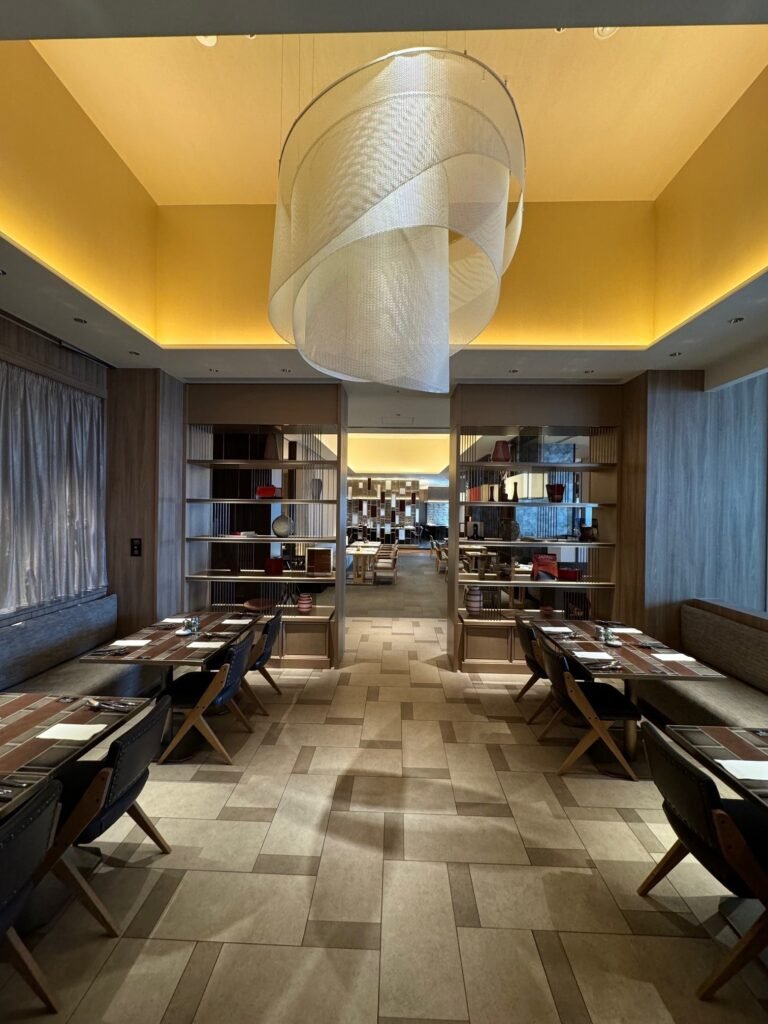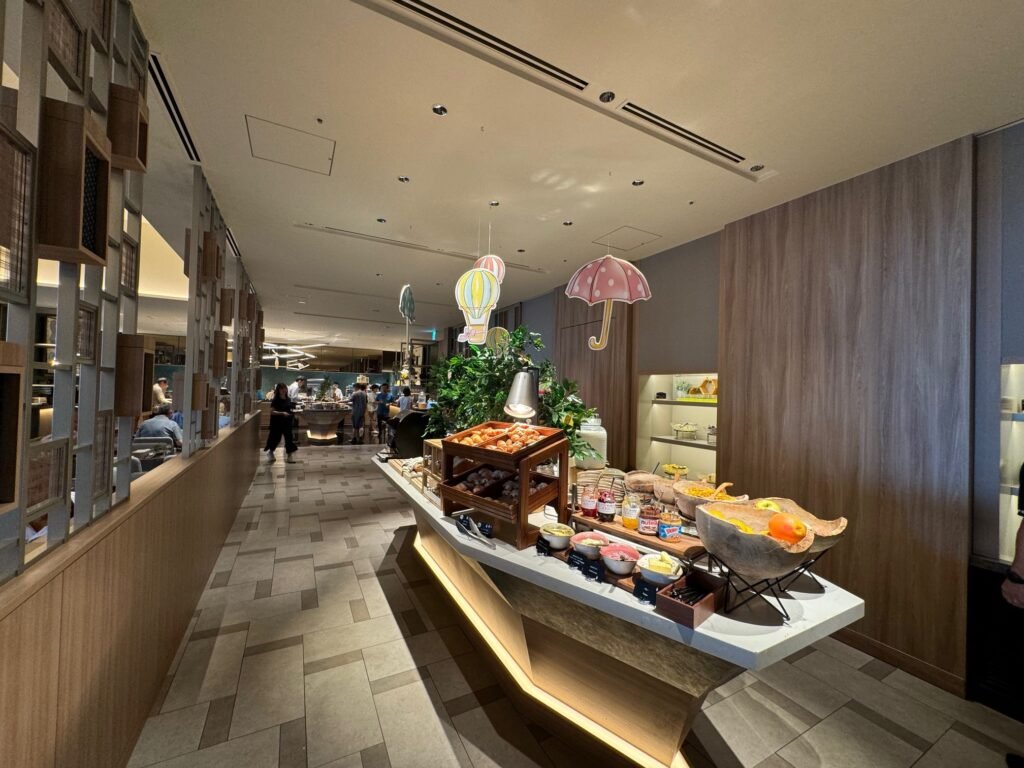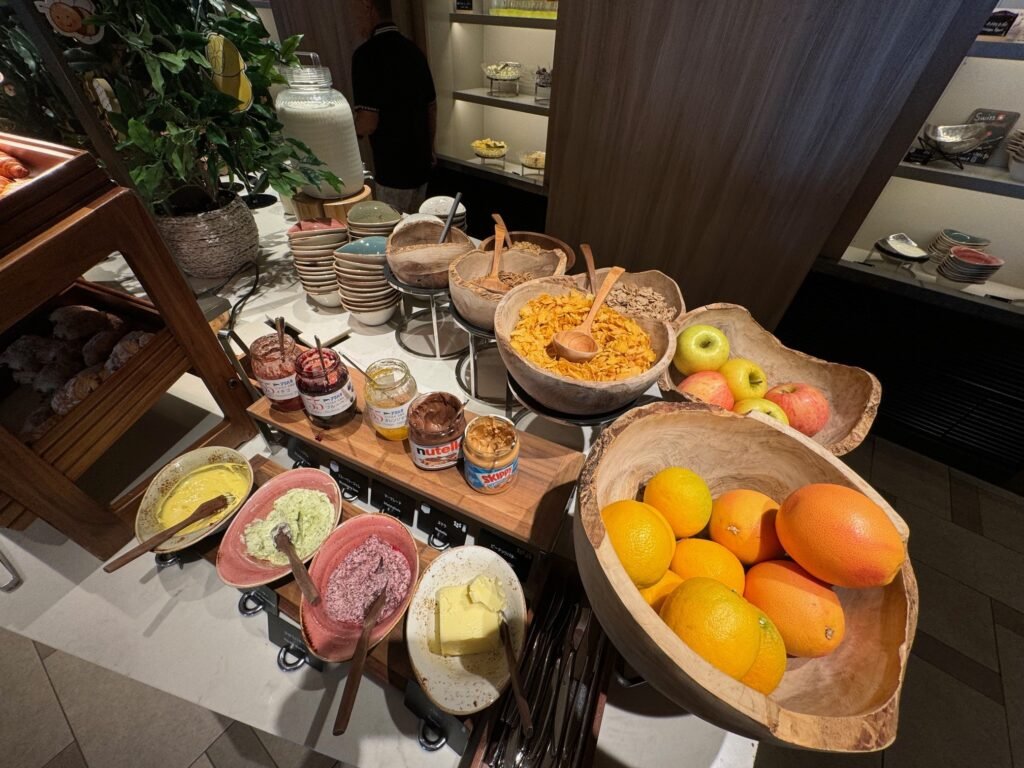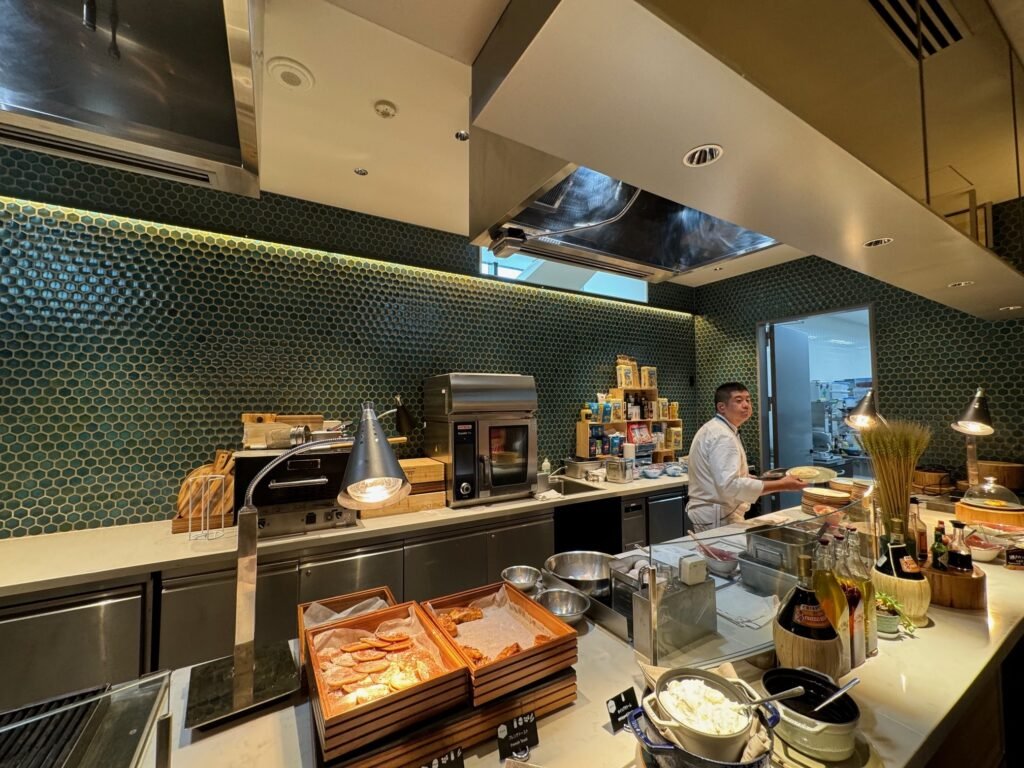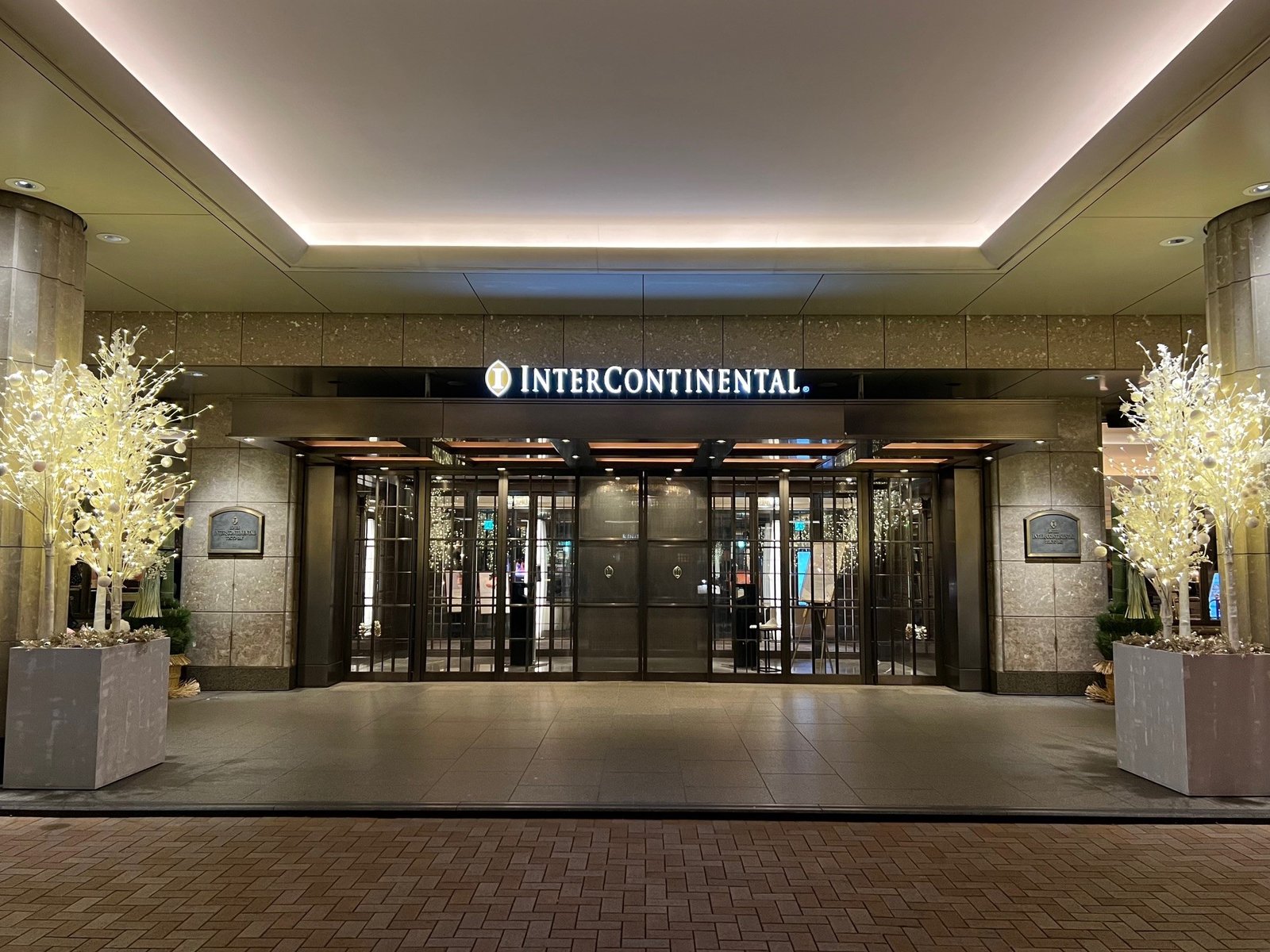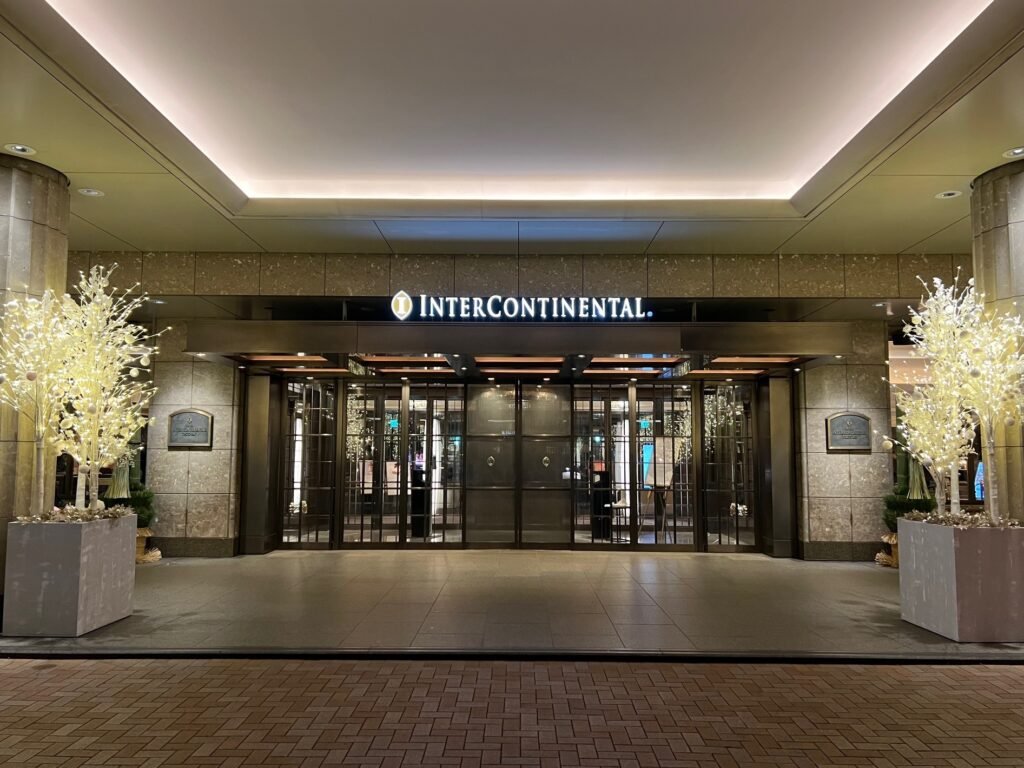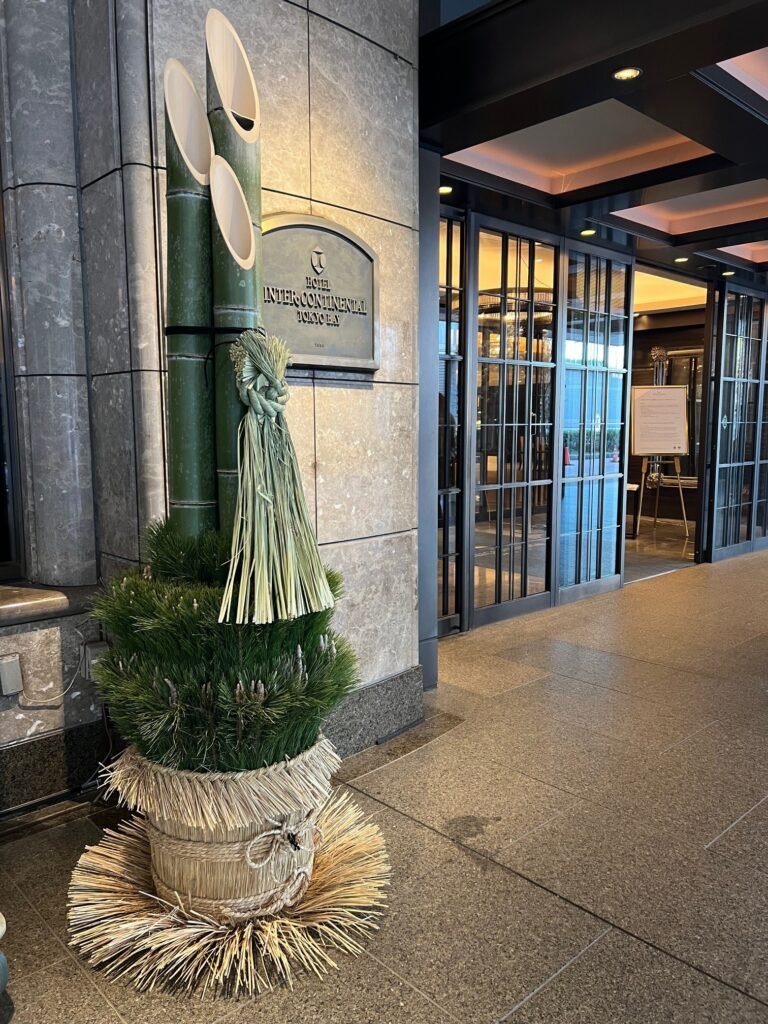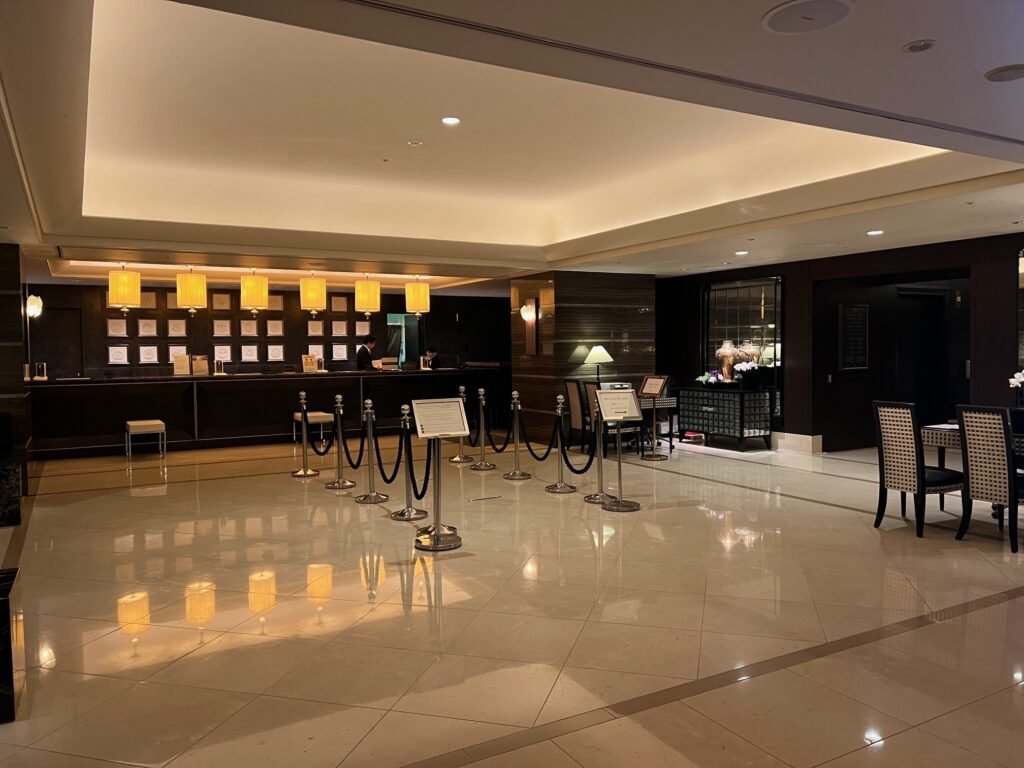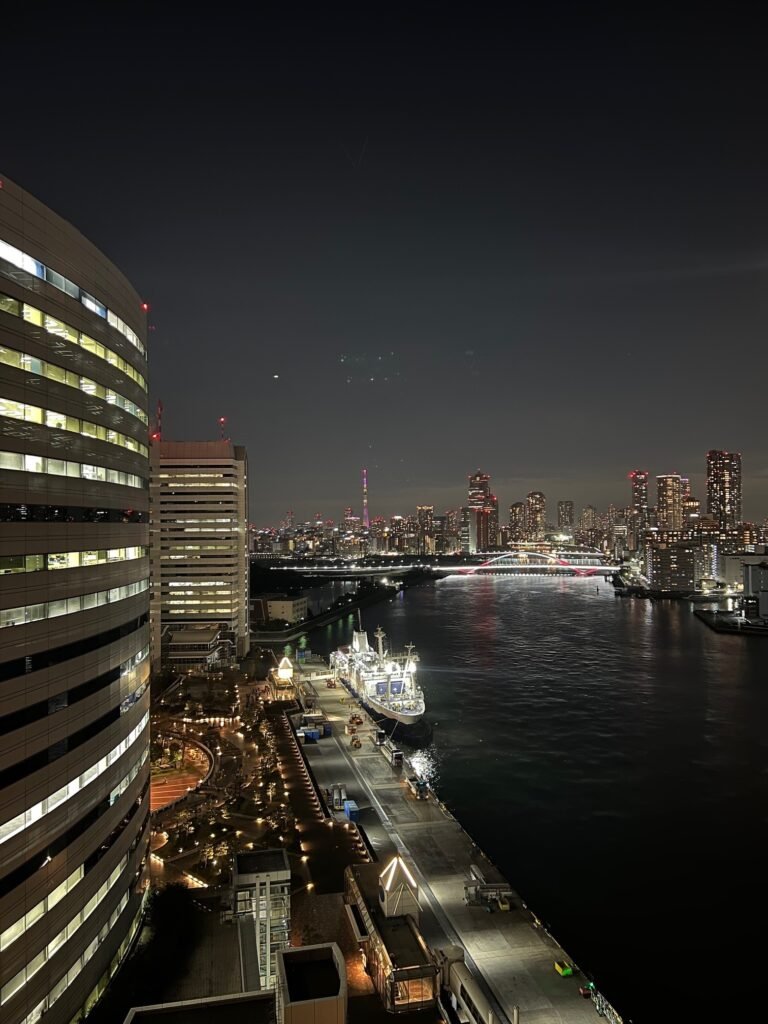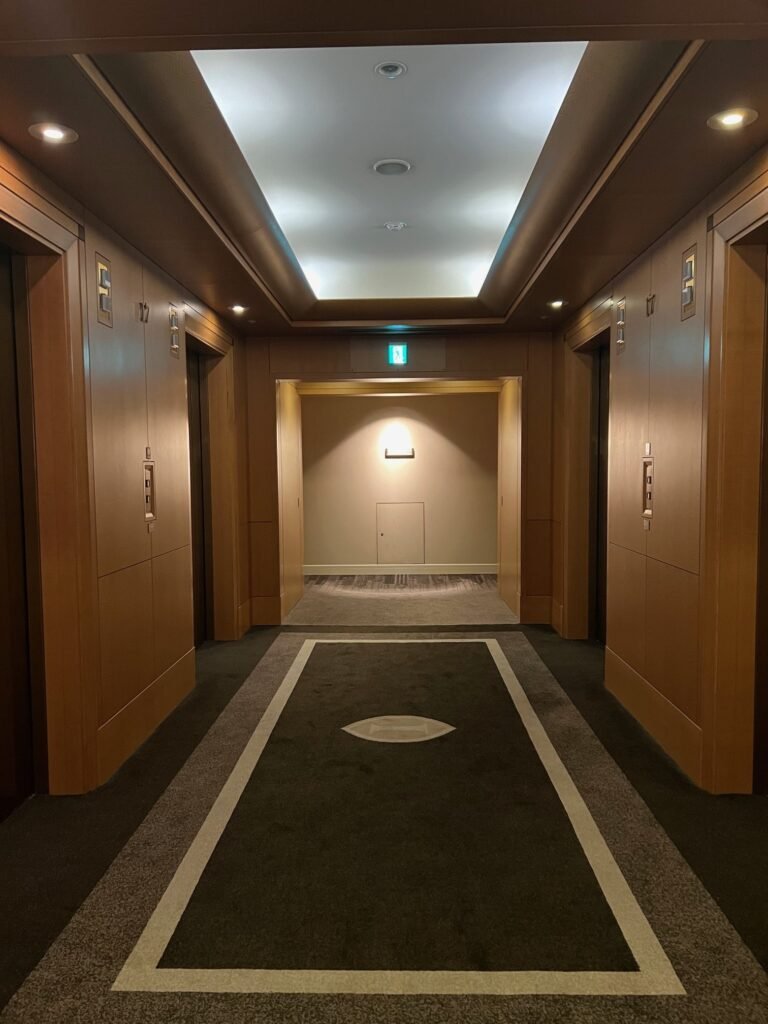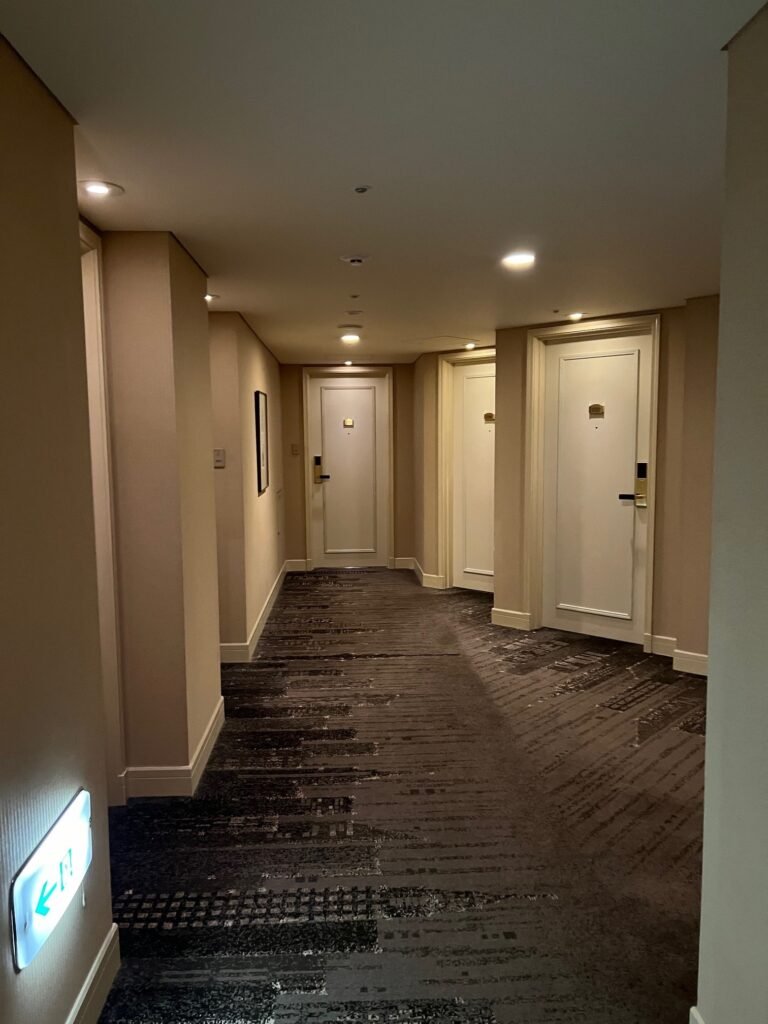Hey there, fellow wanderlusters! If you’re staring down the barrel of a 10-hour flight in economy, you might be wondering how you’ll make it through without turning into a grumpy pretzel. I’ve been there—squished in the middle seat, praying the meal cart doesn’t run out of non-vegetarian options before it gets to row 47. But after countless long-haul adventures (and a few meltdowns), I’ve cracked the code on surviving economy class like a champ. Here are my top 10 tips to keep you comfy, sane, and maybe even smiling when you land. Let’s dive in!

1. Dress Like You’re Headed to a Cozy Movie Marathon
Forget looking Instagram-ready. Long-haul flights call for maximum comfort. Think stretchy leggings, a soft tee, and a hoodie that feels like a hug. I always pack compression socks—my legs thank me when they don’t feel like sausages by hour nine. Slip-on shoes are a must for breezing through security and those midnight bathroom dashes. Trust me, you’ll want to feel like you’re lounging at home, not strutting a runway.
2. Choose Your Seat Like It’s a Reality Show Strategy
Picking the right seat is half the battle. I’m an aisle-seat devotee—easy escapes to stretch or hit the loo without climbing over strangers. Otherwise, The Window Seat is the next best option. You get a wall to lean on and epic cloud views. Just avoid the middle seat unless you love awkward elbow wars. Check SeatGuru before booking to dodge noisy galleys or bathrooms. Book early, choose wisely.
3. Hydrate Like You’re Crossing the Sahara
Airplane air is drier than my humor after a red-eye. Bring an empty reusable water bottle (fill it post-security) and sip constantly. I aim for a small gulp every 30 minutes—it keeps headaches and jet lag at bay. Skip the wine and fizzy drinks; they’ll leave you feeling like a dehydrated cactus. Bonus: staying hydrated means fewer grumpy vibes when you land and ready to explore!
4. Pack a Carry-On That’s Basically Mary Poppins’ Bag
Your carry-on is your survival kit. Mine’s loaded with:
- Noise-canceling earbuds (or cheap earplugs if you’re balling on a budget).
- A silky eye mask to block out that guy’s blinding tablet screen.
- A compact travel pillow—because neck cramps are not a souvenir.
- Snacks like sweets, nuts or granola bars.
- Hand sanitizer and wipes—germs love planes more than we do.
5. Entertainment: Be Your Own In-Flight Netflix
In-flight screens are hit-or-miss (mostly miss). Before you fly, download podcasts, playlists, or that series you’ve been binging. Bring a charged power bank—those seat outlets are as reliable as my airport Wi-Fi hopes. A good book or e-reader is also a lifesaver when screens get old.
6. Move It or Lose It (Your Circulation, That Is)
Sitting still for hours is a recipe for feeling like a human knot. Every few hours, stand up, stretch in the aisle, or do some sneaky seat exercises (think ankle circles or shoulder rolls). I like to wander to the galley for a quick leg shake-out—it’s less awkward than you’d think.
7. Charm the Flight Crew (or at Least Don’t Be That Passenger)
A kind word to the flight attendants can work wonders. I always smile and say thanks—once, it scored me an extra cookie from the cart. They’re juggling a lot, so don’t hit the call button unless it’s urgent. Pack your essentials, and you won’t need to beg for a blanket or pen. Being nice might just get you a heads-up if there’s an empty row to snag.
8. Sleep Like a Pro (or at Least Fake It)
Sleeping in economy is like napping on a park bench—tough, but doable. Arm yourself with a neck pillow, eye mask, and earplugs. Recline your seat (peek behind you first to avoid glares).
9. Eat Smart, Not Just What’s Handed to You
Airline meals can be a sodium bomb, and trust me, you don’t want your legs swelling up like balloons at 30,000 feet. High-sodium foods—like that salty in-flight lasagna or pretzel overload—cause water retention, leaving your ankles puffy and your body sluggish. Eat a balanced meal before boarding, and pack low-sodium snacks like unsalted nuts or fruit bars. If you’ve got dietary needs, pre-order a low-sodium meal when booking. Your legs (and your skinny jeans) will thank you when you land.
10. Mindset Is Your Secret Weapon
Long-haul flights are a mental marathon. Embrace the chaos: the kid kicking your seat, the turbulence, the guy snoring like a lawnmower. Focus on the adventure waiting at your destination—whether it’s a Thai beach or a Parisian café. I make a game plan: movie, snack, nap, stretch, repeat. It turns the flight into a quirky pitstop, not a punishment. You’ve got this!
Wrapping It Up
Surviving a long-haul flight in economy is all about prep, comfort, and a good attitude. With these tips, you’ll roll off that plane ready for your next adventure (or at least a decent nap).



















































